The best cheap camera for 2025: finest budget cameras you can buy
The best cheap camera available for every budget

A cheap camera doesn’t have to be an average one. We’ve put together this guide prove you can find a good camera on a budget, without making too many sacrifices. Below, you’ll find our favorite affordable cameras. Based on our in-depth tests, each offers excellent bang for your buck.
Of all the cheap cameras we’ve reviewed, the one we’d choose to buy is the Sony A6100. It’s not the newest model and some of its specs look outdated compared to the best mirrorless cameras. In practise, though, its 24MP APS-C sensor and reliable autofocus still deliver quality images, while battery life is solid. It’s a great camera to grow with.
In case that’s not quite right, our list covers cheap cameras of every kind. The Nikon D3500, for example, is an entry-level DSLR that ranks among the best beginner cameras. We’ve tested it extensively, along with every entry in our guide, to make sure it’s worthy of a recommendation. That goes for the older options below, many of which can be found for good value second-hand.
Top 3 picks
The summary below will give you an instant overview of the best cheap cameras you can buy in 2025. When you find one that ticks the right boxes, use the links beneath each entry to jump down to the relevant write-up.

The best cheap mirrorless
A compact, entry-level mirrorless camera with fast autofocus, strong battery life and good image quality, the A6100 is a great choice for stills and video.
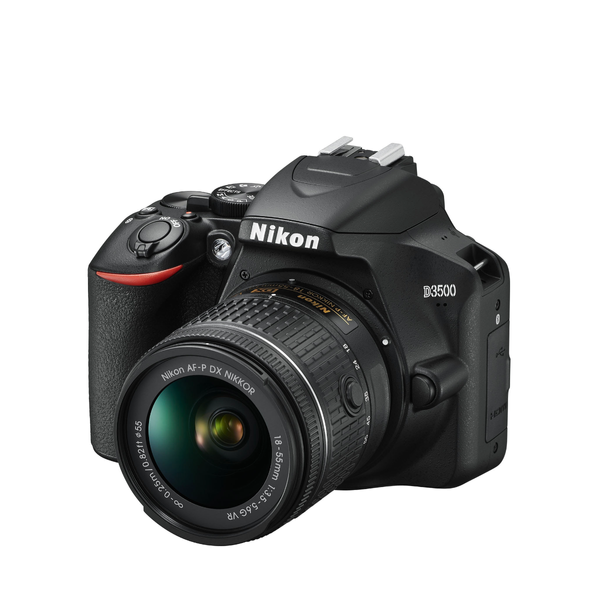
The best cheap DSLR for most people
An entry-level DSLR for the mirrorless age, the Nikon D3500 tops our list with its easy handling, huge battery life and capable APS-C sensor.
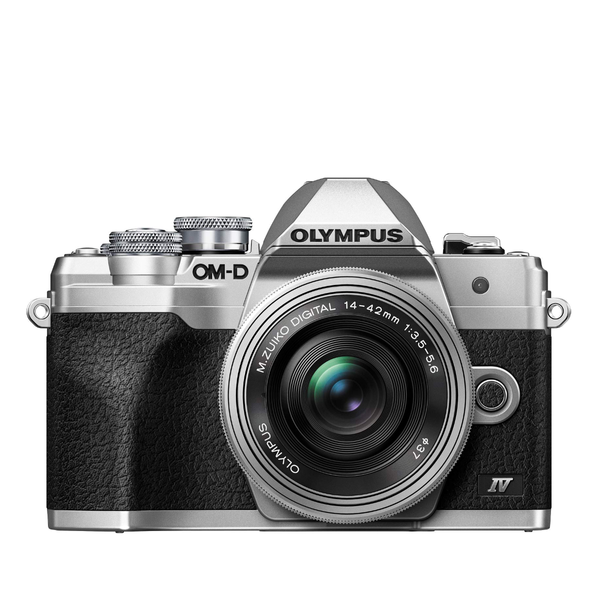
The best cheap travel camera
With a capable Four Thirds sensor and useful in-body image stabilization, the Mark IV is a small, versatile stills camera for travel photography.
Best by use-case
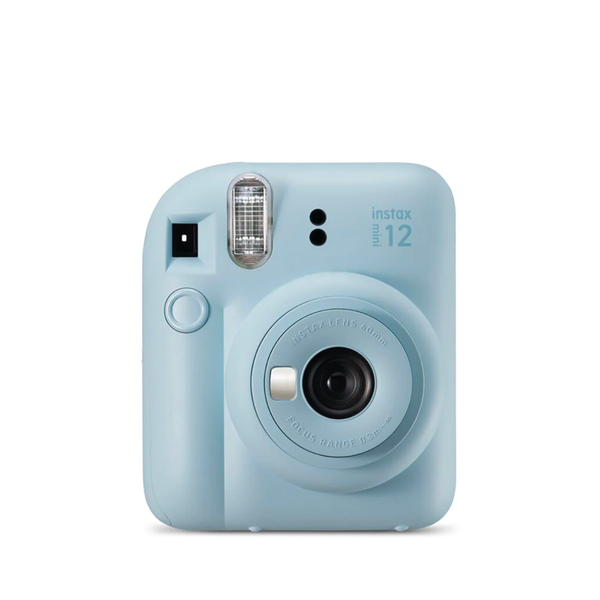
The best cheap instant camera
A fun, no-frills camera that’s perfect for party snaps, the Fujifilm Instax Mini 12 makes instant photography simple and affordable for anyone to try.
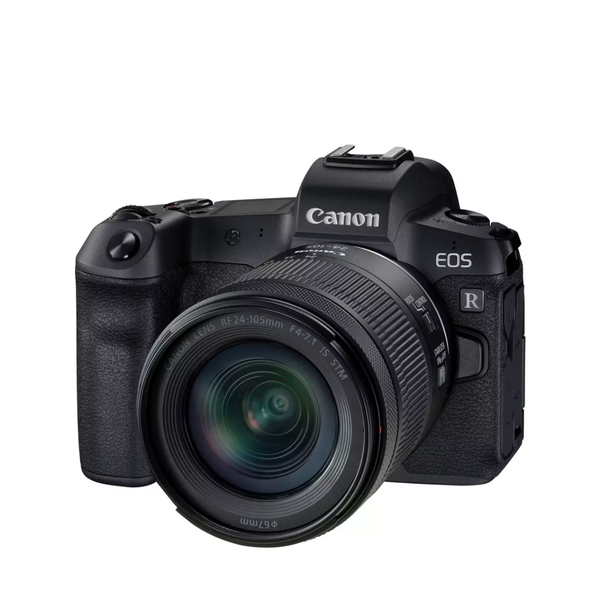
The best cheap full-frame camera
The Canon EOS RP isn’t without compromise, but its compact build and affordable price make it a great value option for those looking to shoot full-frame.
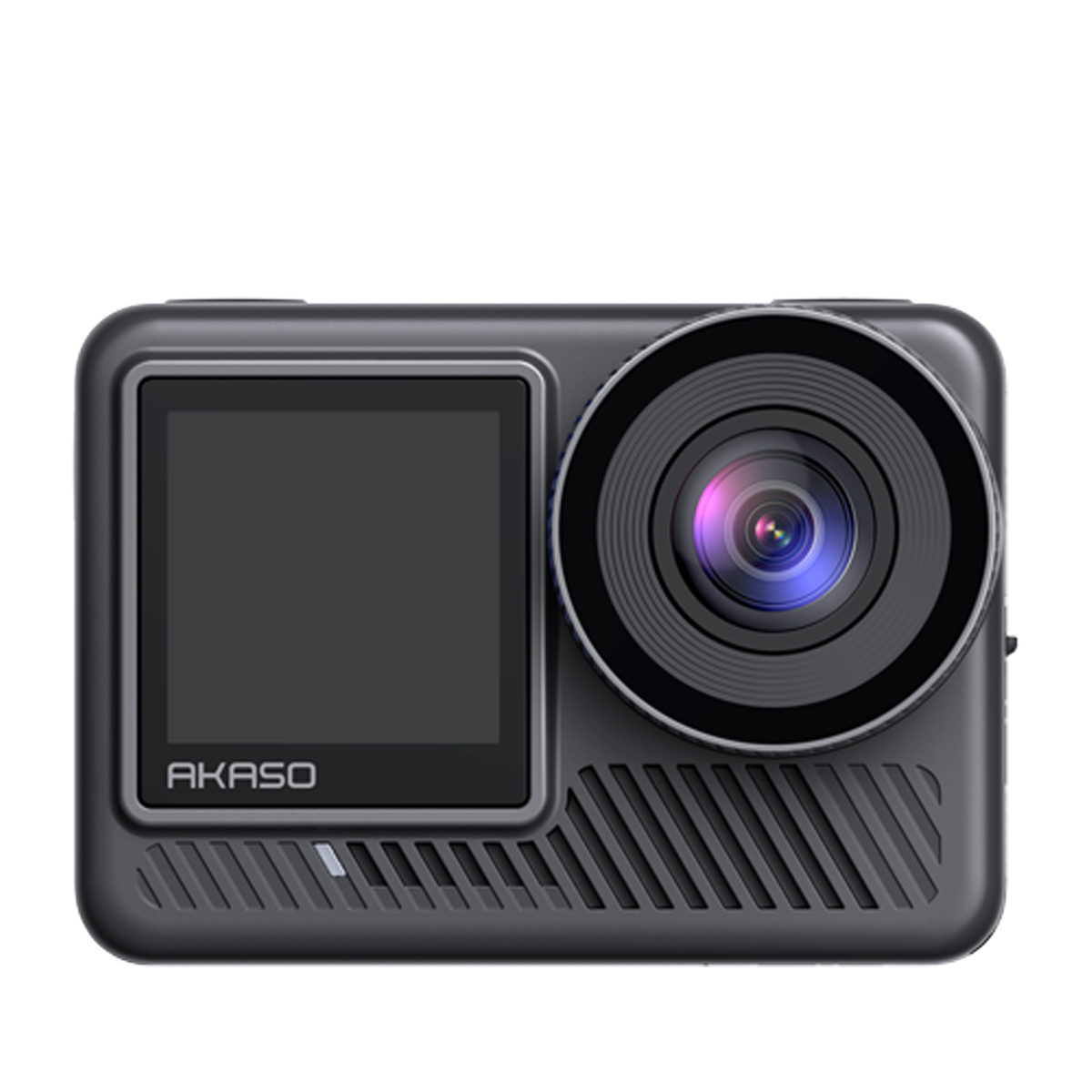
The best cheap action camera
With a generous feature set, including a front display that’s perfect for vloggers, the Akaso Brave 8 Lite is an action camera that outperforms its price.
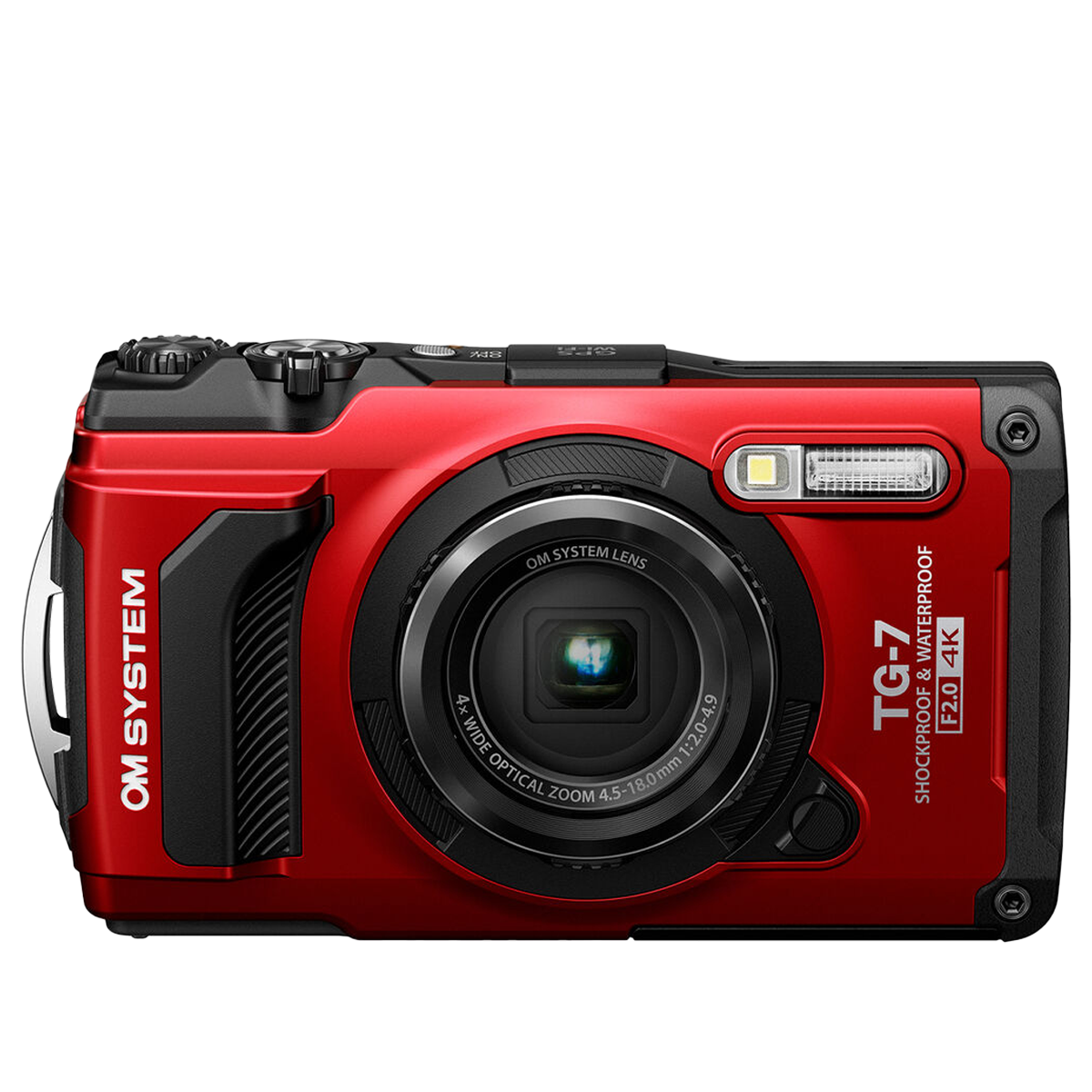
The best cheap tough camera
One of the best tough cameras, the TG-7 is an affordable yet incredibly durable tool for shooting stills in pretty much all conditions.
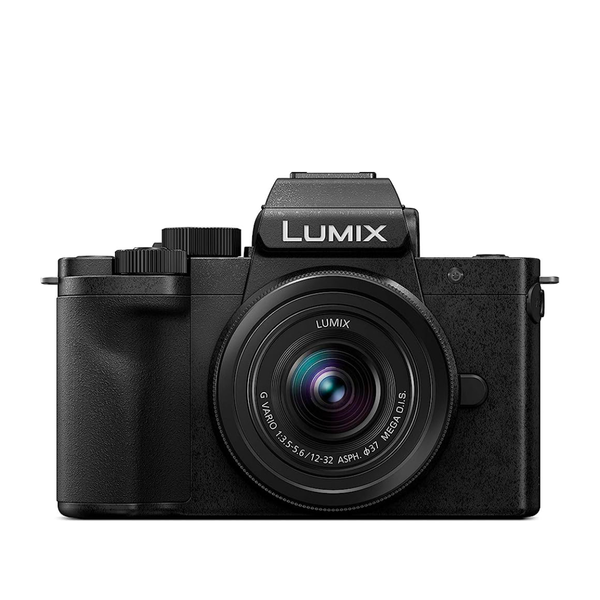
The best cheap vlogging camera
The Panasonic G100 is a portable Micro Four Thirds camera with a host of useful video features. Its three-mic audio setup makes it a win for vloggers.
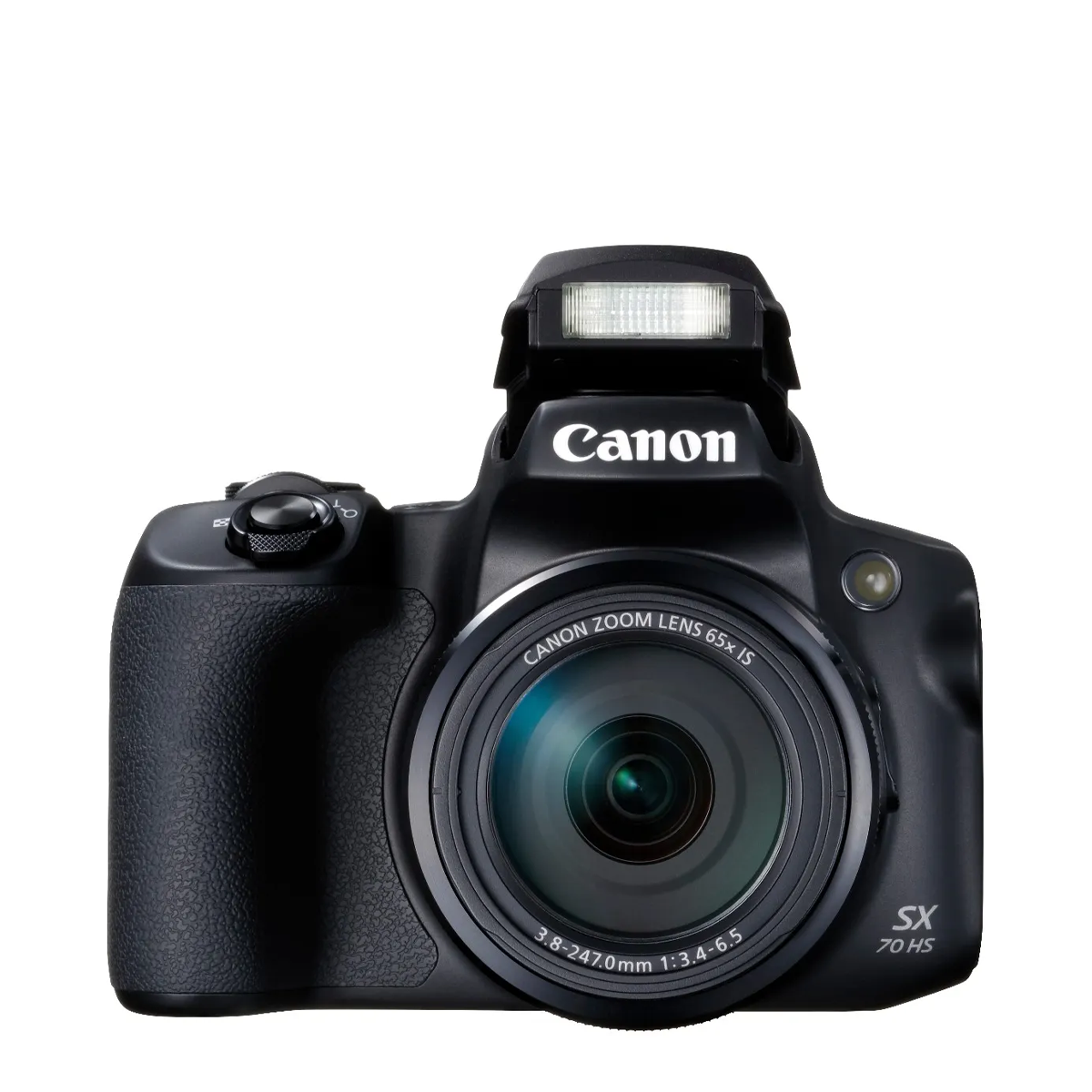
The best cheap superzoom
With lovely handling, a lightweight body and a generous 65x optical zoom range, the SX70 HS is a very versatile bridge camera for the money.

Tim is TechRadar's Cameras Editor. He's worked for more than 15 years as a photographer and journalist. During that time, he's shot with cameras for all kinds of budgets, including many of the best affordable models. As a result, he has a unique understanding of what makes a good cheap camera. Tim notes, "affordability depends on your budget. All of the cameras in this list have been selected because they offer fantastic value for money. Some are objectively cheap, while others represent the best bang for buck in their category."
The best cheap cameras in 2025
Why you can trust TechRadar
Below you'll find summary reviews for each of the best cheap cameras in our list. We've tested all of them extensively, so you know that you can trust our expert recommendations.
The best cheap camera overall
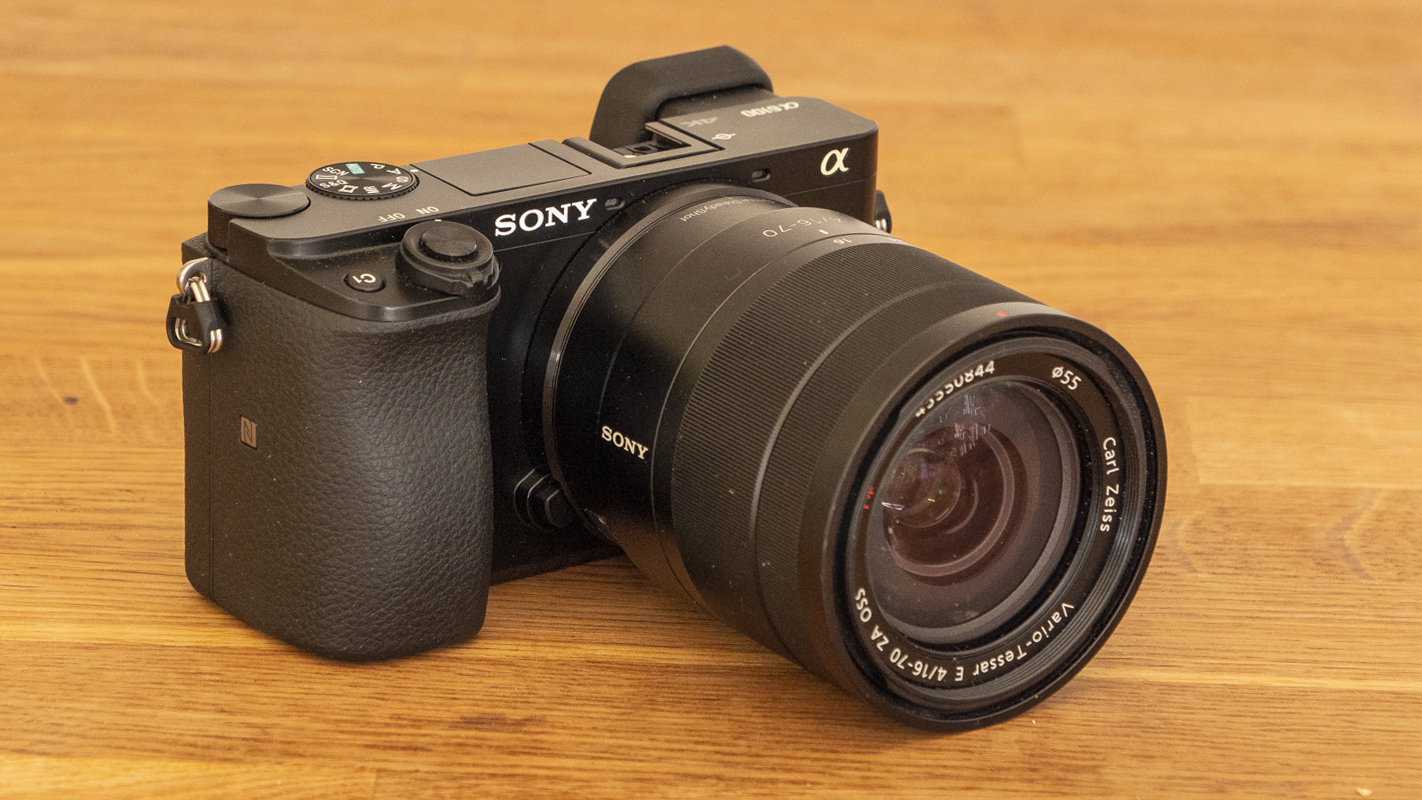
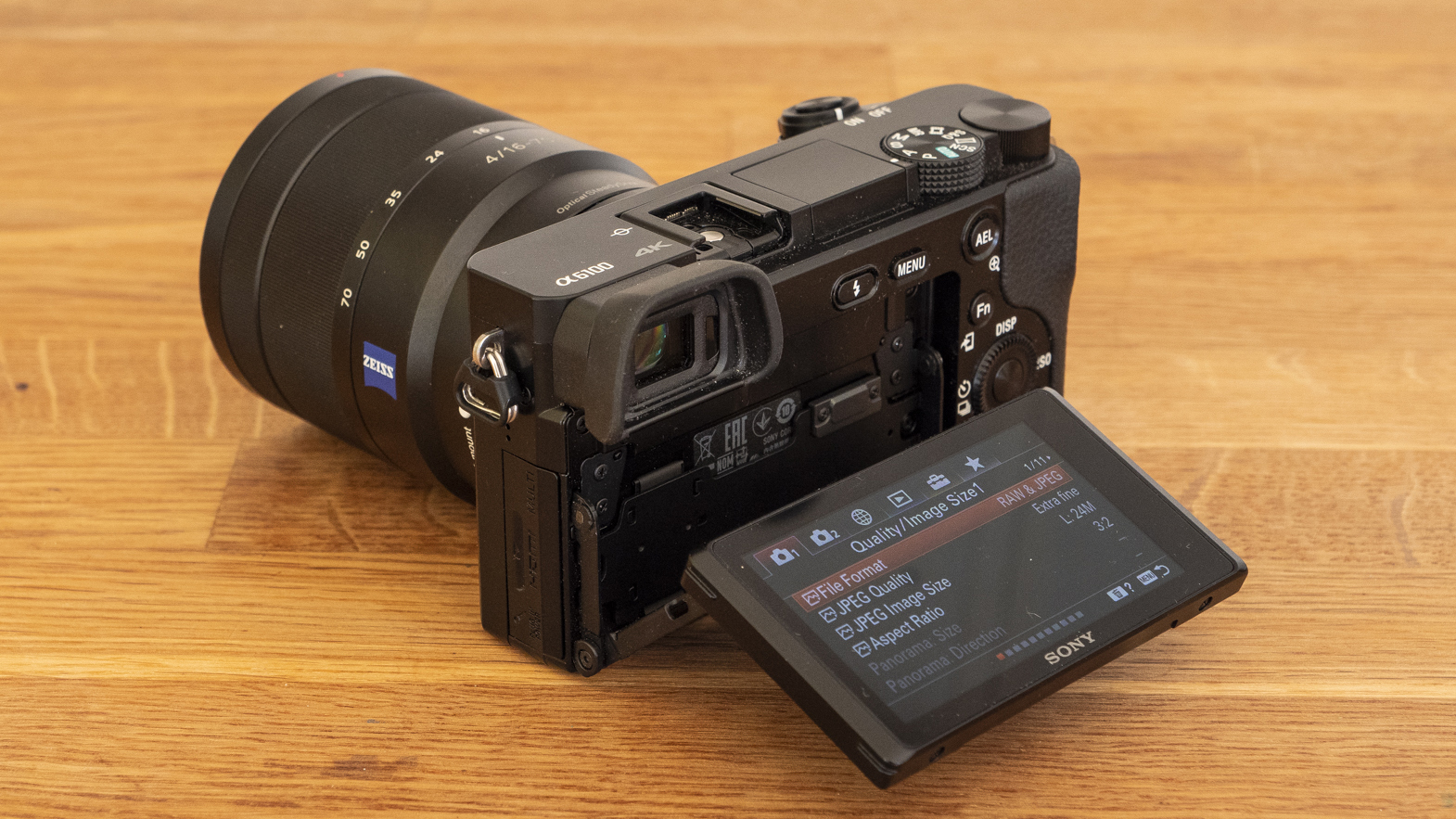
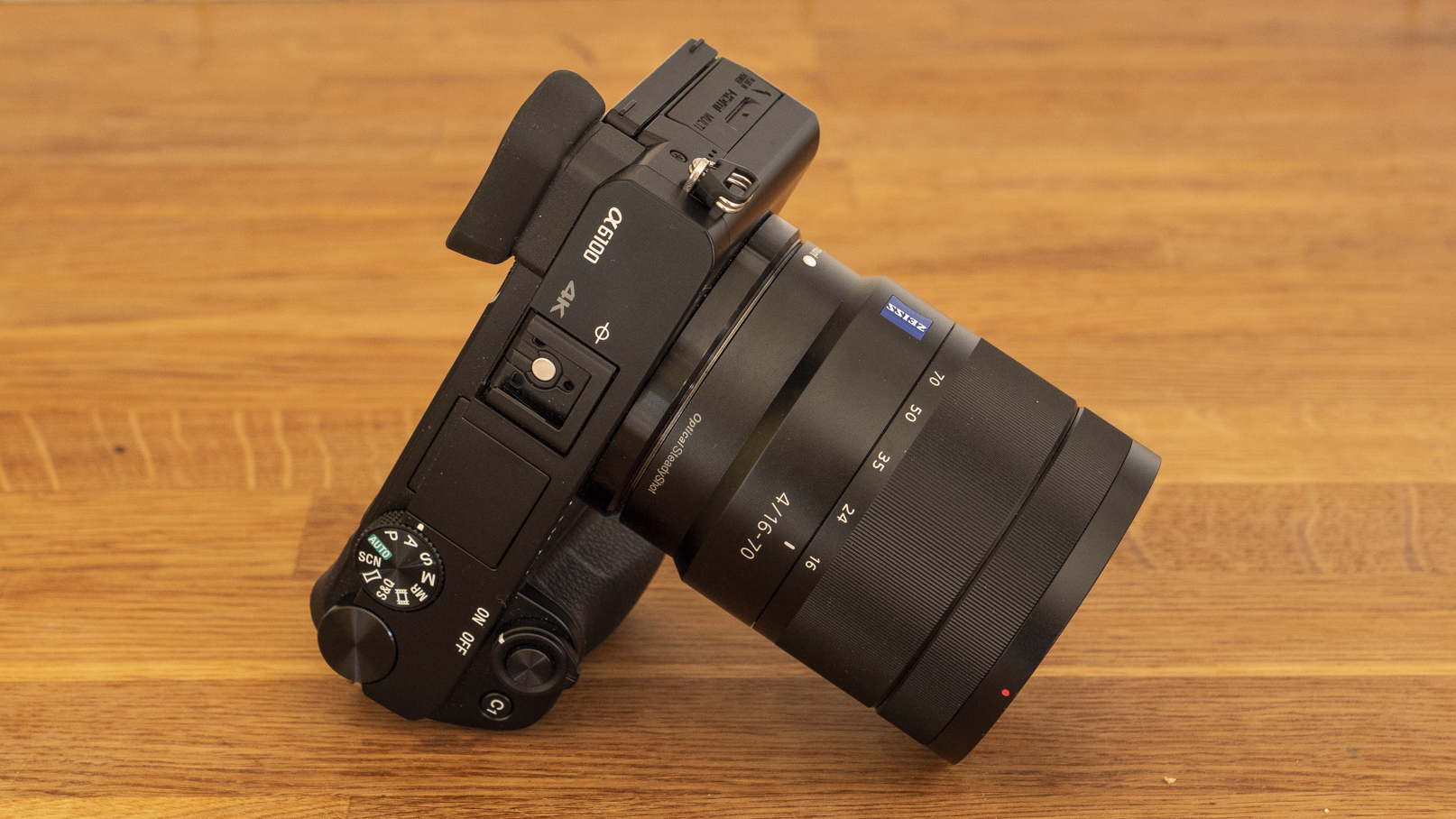
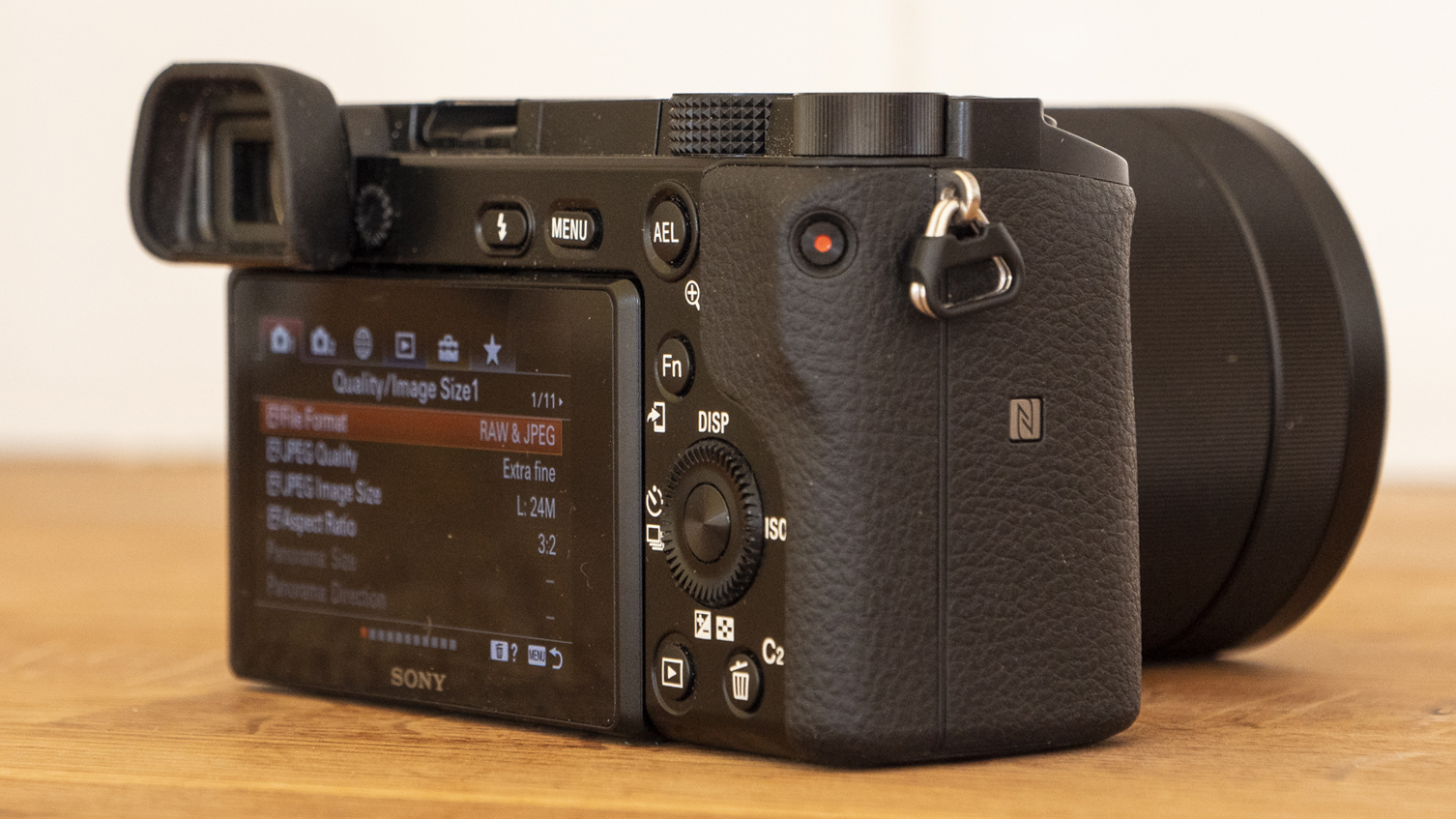
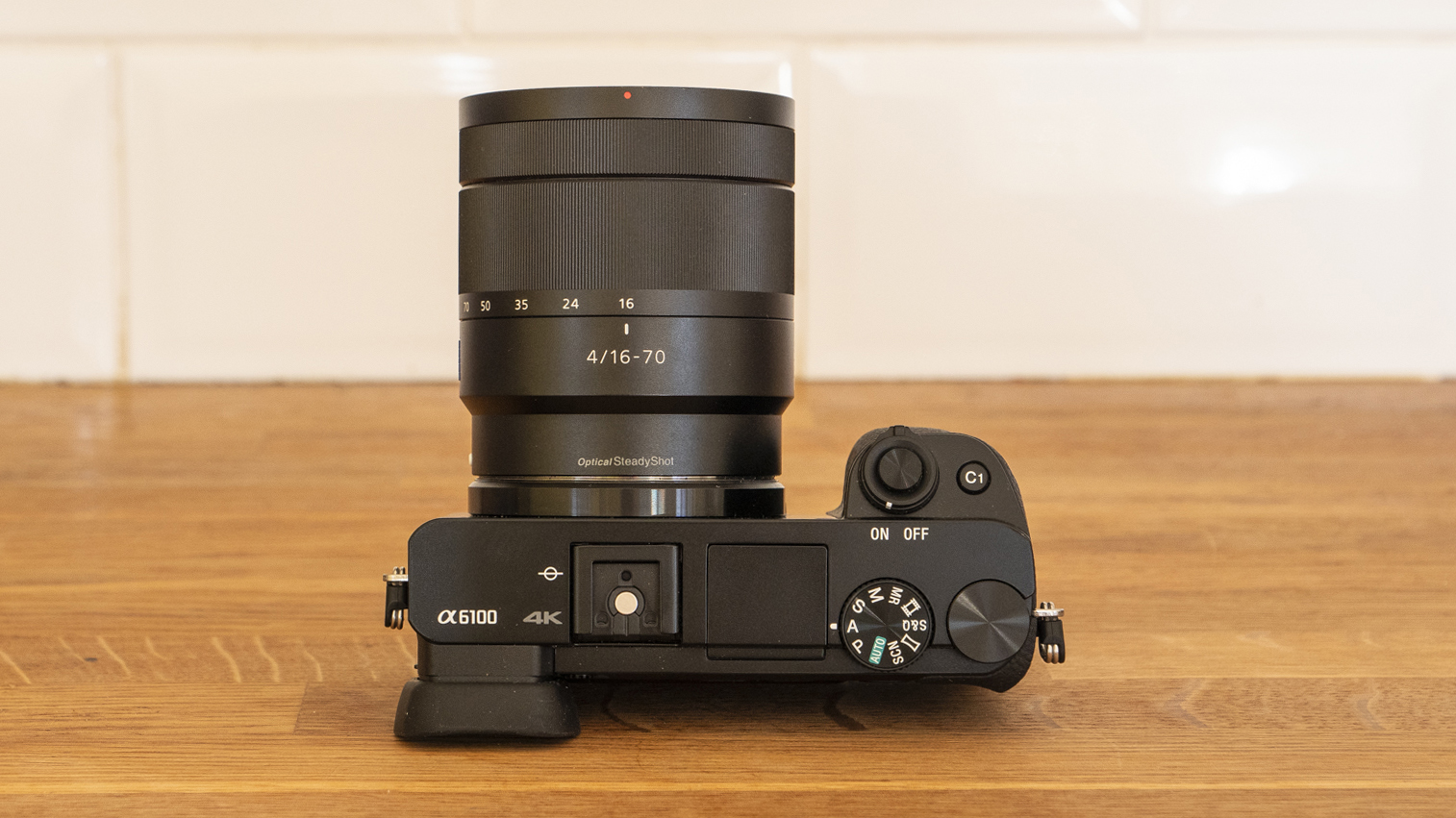
Specifications
Reasons to buy
Reasons to avoid
Sony A6100 sample images
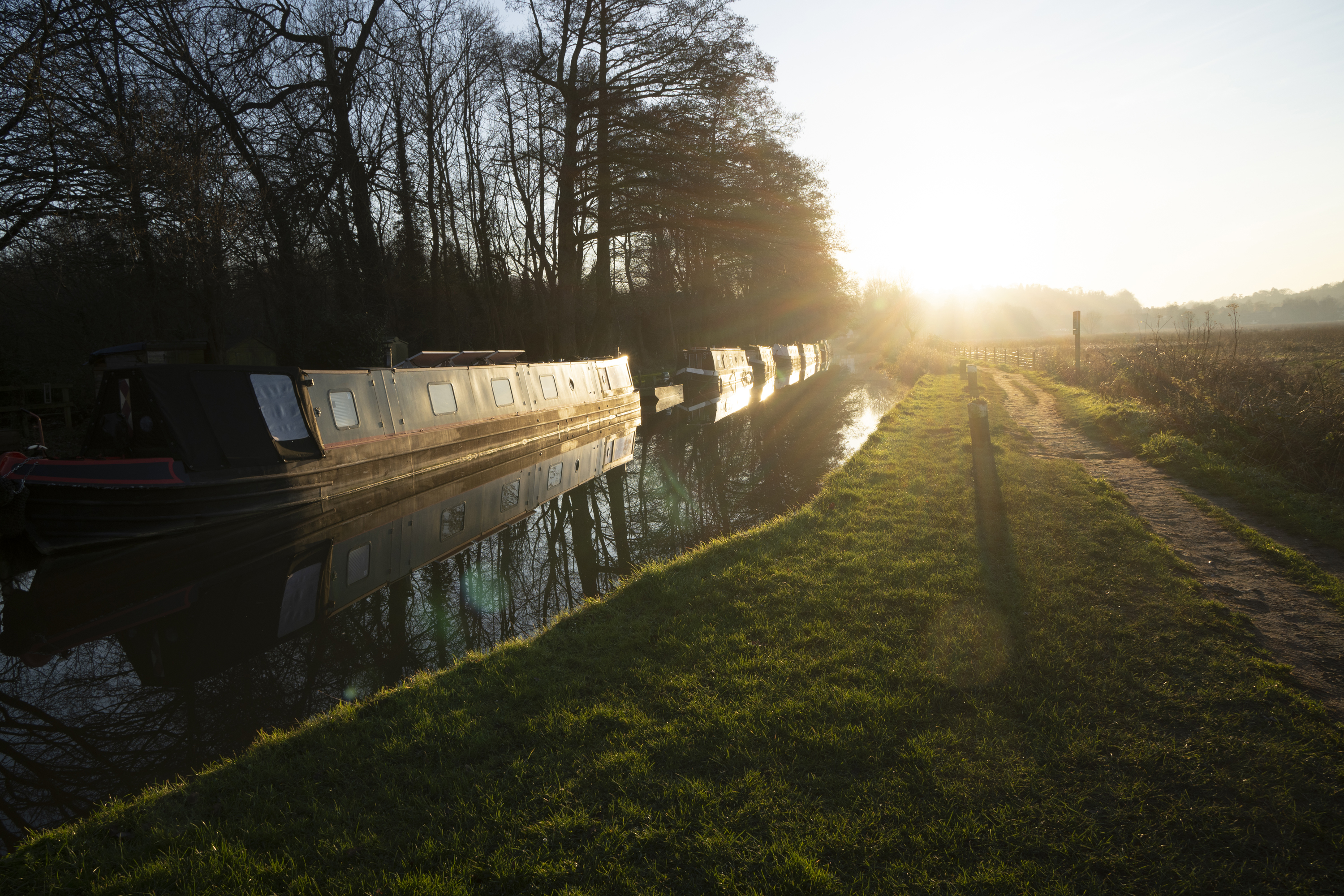
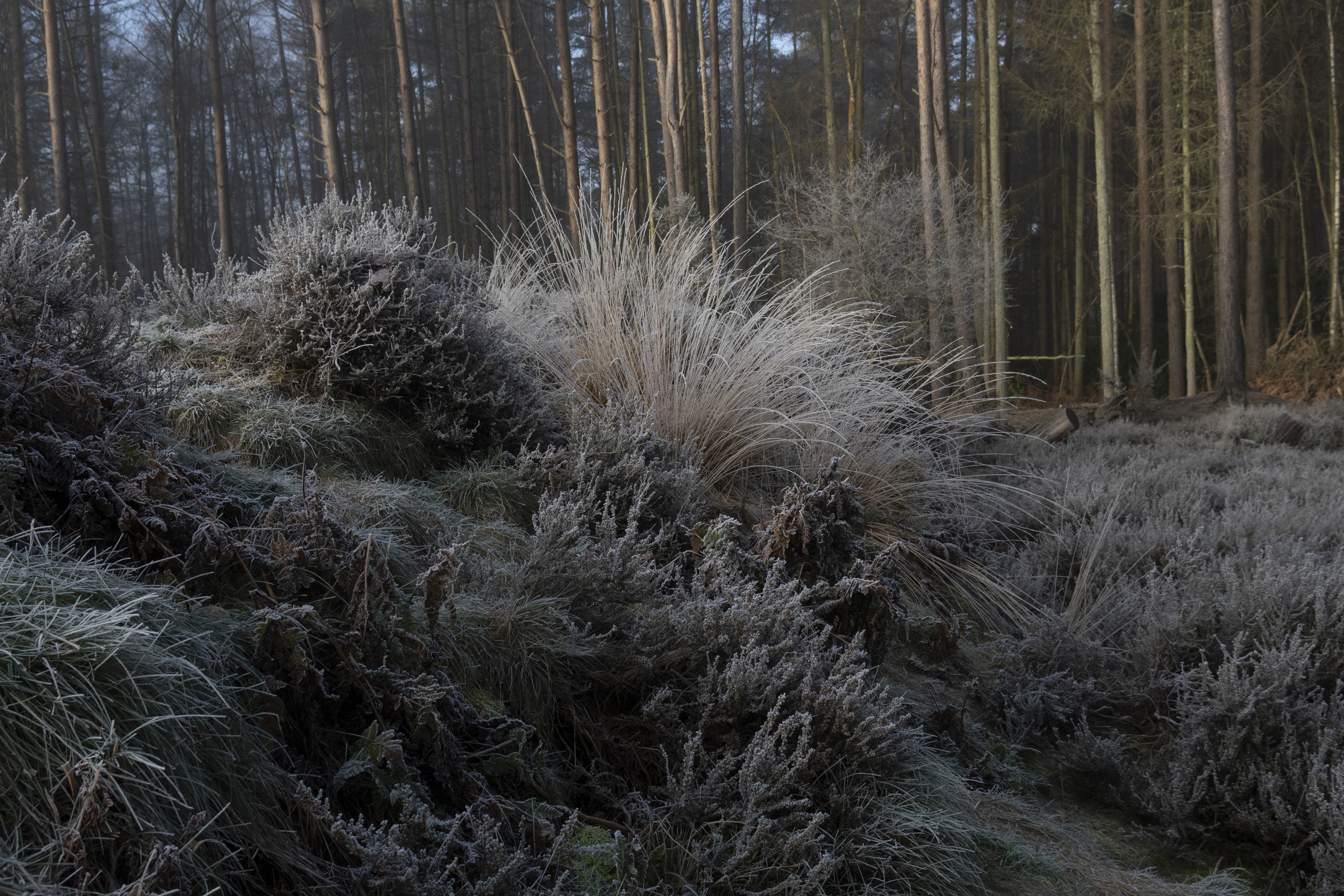
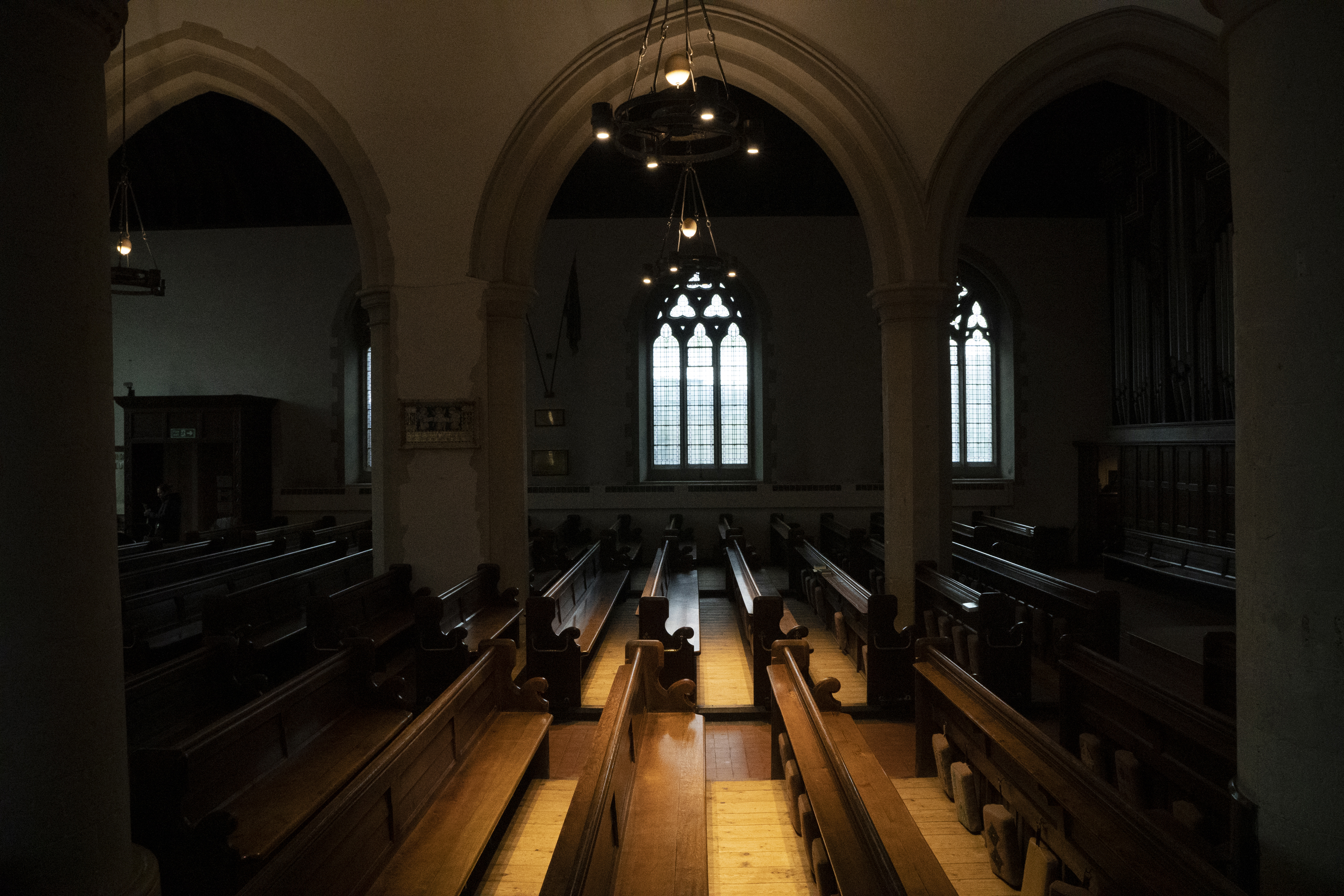

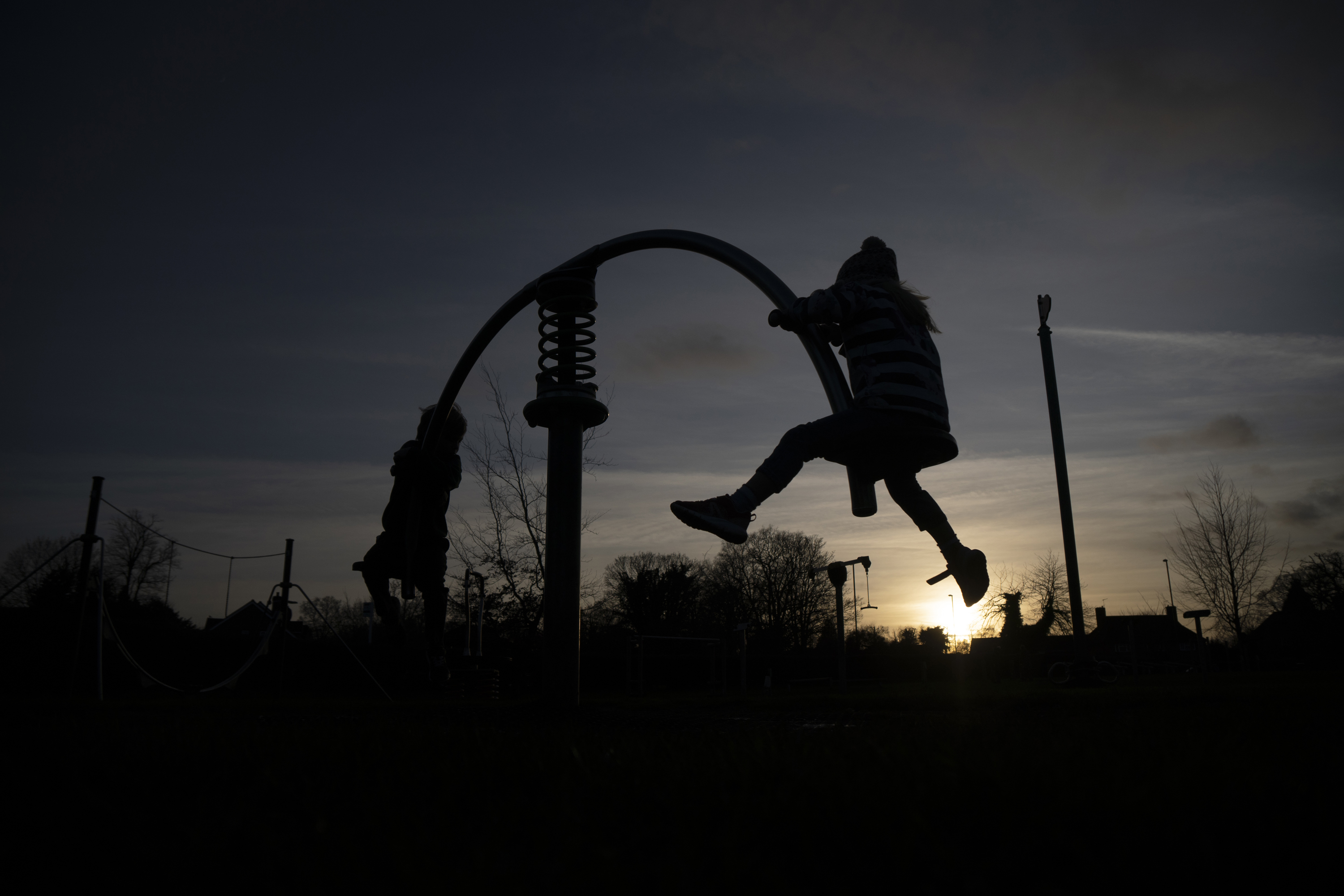
✅ You want class-leading autofocus: With a rapid and reliable 425-point phase detection system, the A6100 has flagship autofocus skills.
✅ You like a compact build: Despite it's wide array of features, including an EVF and pop-up flash, the A6100 has travel-friendly proportions.
❌ You need in-body image stabilization: One key feature missing from the A6100 is IBIS, which is particularly noticeable when shooting 4K video.
❌ You find a good deal on the X-T30: The X-T200 offers excellent value, but Fujifilm’s superior X-T300 can often be found for not much more.
When it launched in 2019, the Sony A6100 was an entry-level mirrorless camera packed with a surprising number of high-spec features. It uses the same 24.2MP APS-C sensor as some of Sony’s premium cameras, for example, and also shares its autofocus system with the A6600 (previously a Sony flagship). As we found in our in-depth review, the result is a pocket-friendly camera with excellent continuous tracking, capable of producing detailed images with accurate colors.
We were also impressed by its battery life in testing, as well as its accessible controls. It’s frustrating that touchscreen functionality is limited, especially when it comes to menus, but that’s one of very few downsides. Another is a limited buffer, which we ran into during continuous shooting. But several years after its launch, and with a thriving secondhand market, the A6100 remains an affordable mirrorless camera with plenty of potential.
Read our in-depth Sony A6100 review
The best cheap DSLR
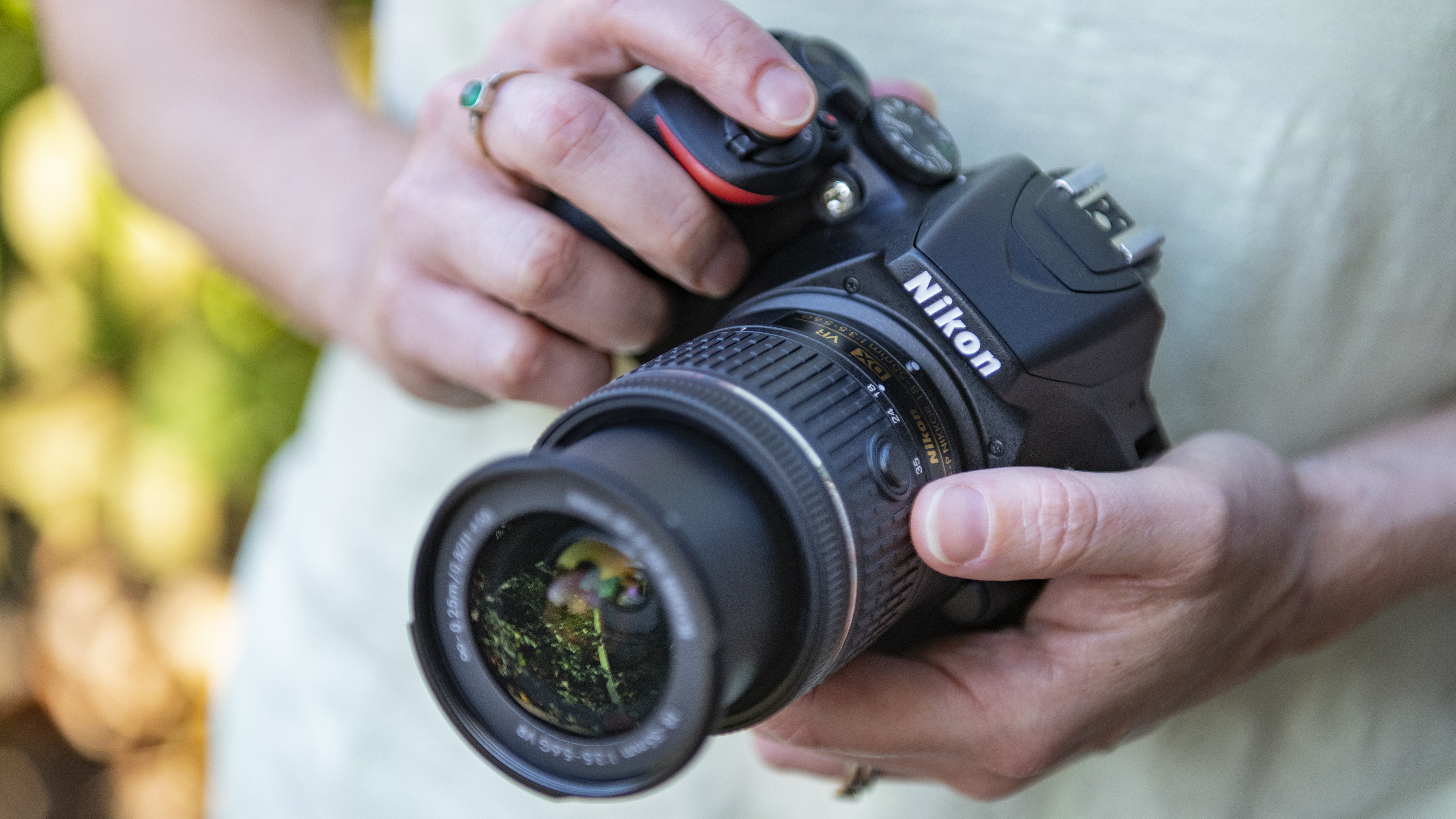
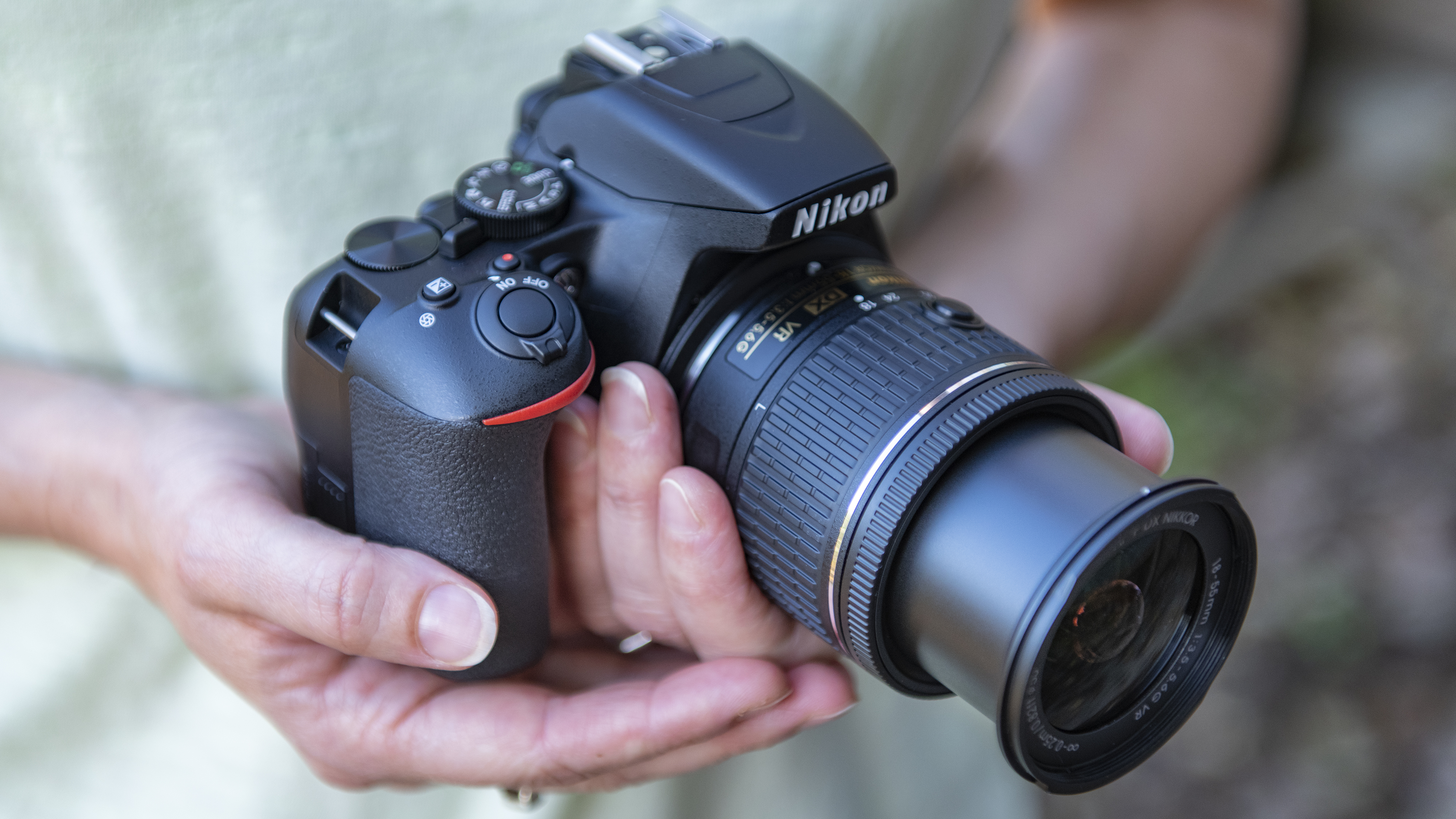
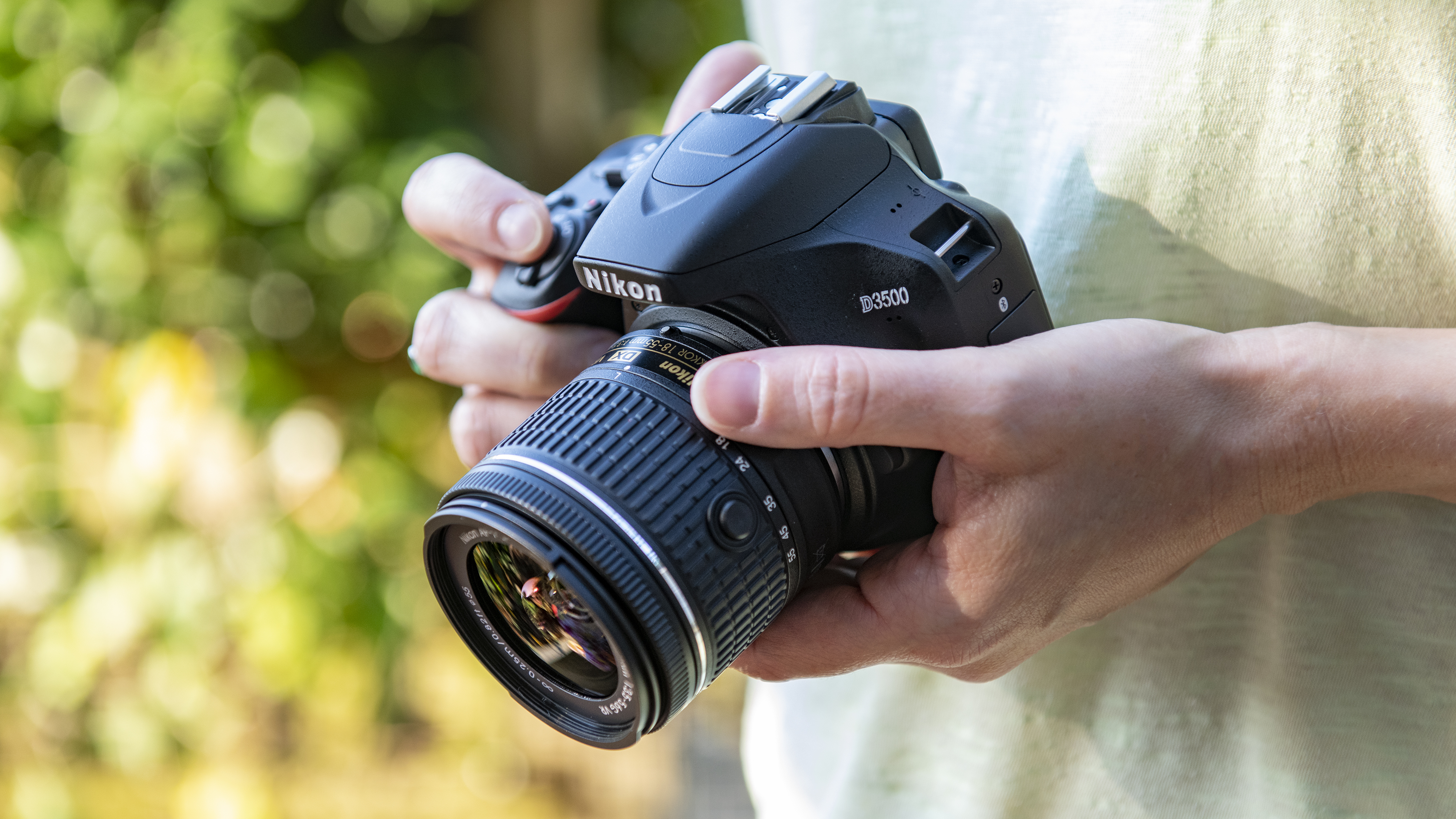
Specifications
Reasons to buy
Reasons to avoid
Nikon D3500 sample images

Click here to see the full-size image

Click here to see the full-size image

Click here to see the full-size image
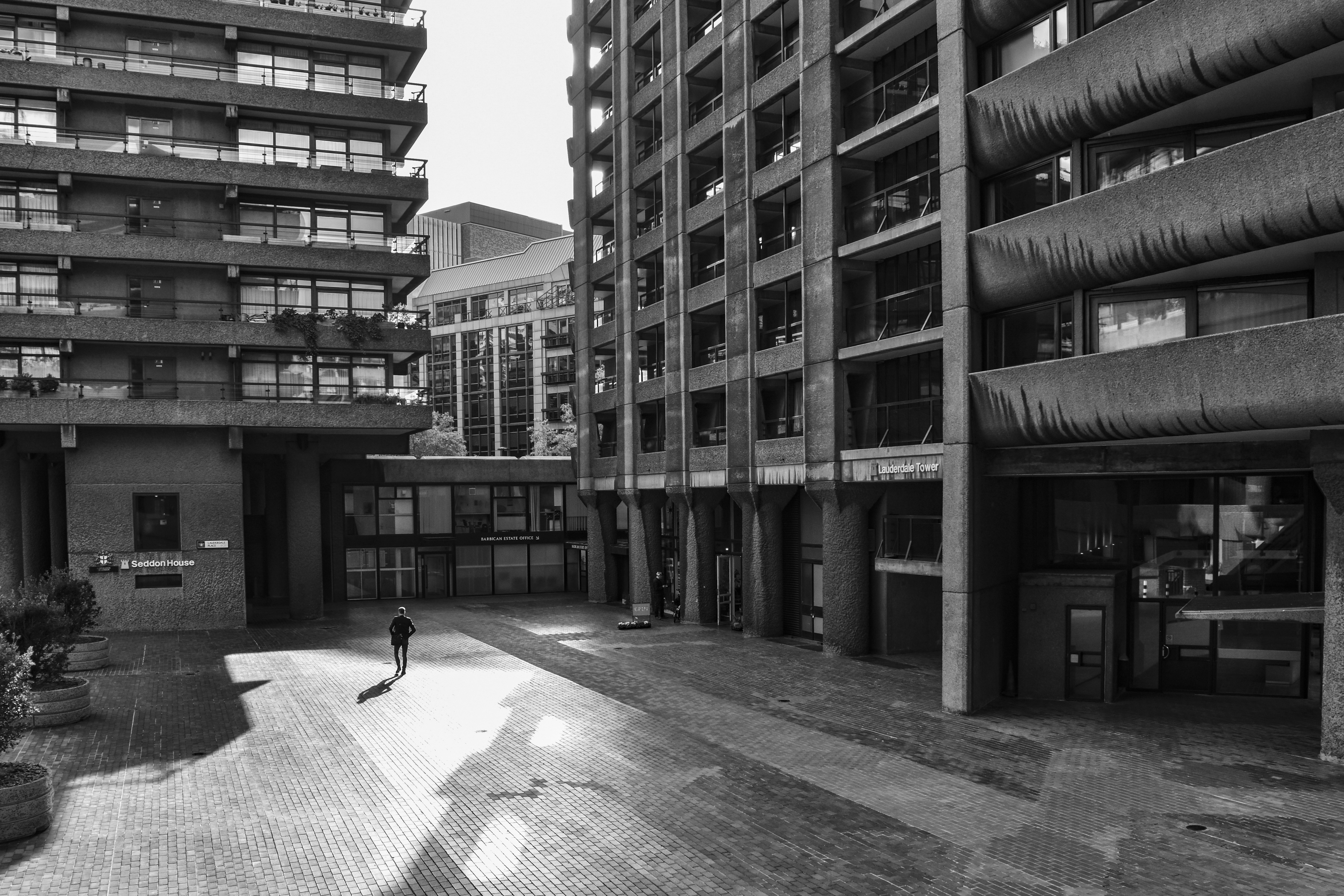
Click here to see the full-size image

Click here to see the full-size image
✅ You like a traditional DSLR: With great handling and excellent battery life, the Nikon D3500 offers learners all the classic strengths of a DSLR.
✅ You want lots of lenses: Nikon’s DX system has a huge range of lenses to suit almost every budget and style of photography.
❌ You want to shoot 4K video: The Nikon D3500’s 24.2MP sensor produces excellent stills, but its video resolution is limited to Full HD.
❌ You want a touchscreen: The D3500 is easy to use, but doesn’t feature the touchscreen interface found on many contemporary rivals.
DSLRs may be less and less common nowadays, but they still offer excellent value compared to mirrorless cameras. The Nikon D3400 was a hugely successful and popular DSLR, and the Nikon D3500 has taken its baton into the mirrorless age, making it the best budget camera for new photographers. Key changes include an improved APS-C sensor and a longer battery life of 1,550 frames per charge.
While it's also worth considering the mirrorless alternatives in our guide, the D3500 is the most user-friendly option in this list – particularly if you want to use it with longer lenses. In our tests, we found that its 24MP sensor delivered high-quality images. It also proved super-easy to handle, thanks to a better grip and slightly lighter body than the D3400. From our review, we think this is a DSLR that really nails the basics, making it easy and affordable for novices to upgrade their photography.
The D3500 is officially discontinued, but there are a few retailers that sell it and there's decent secondhand availability – you might just find a superb deal from the likes of KEH in the US and MBP in the UK.
Read our in-depth Nikon D3500 review
The best cheap travel camera
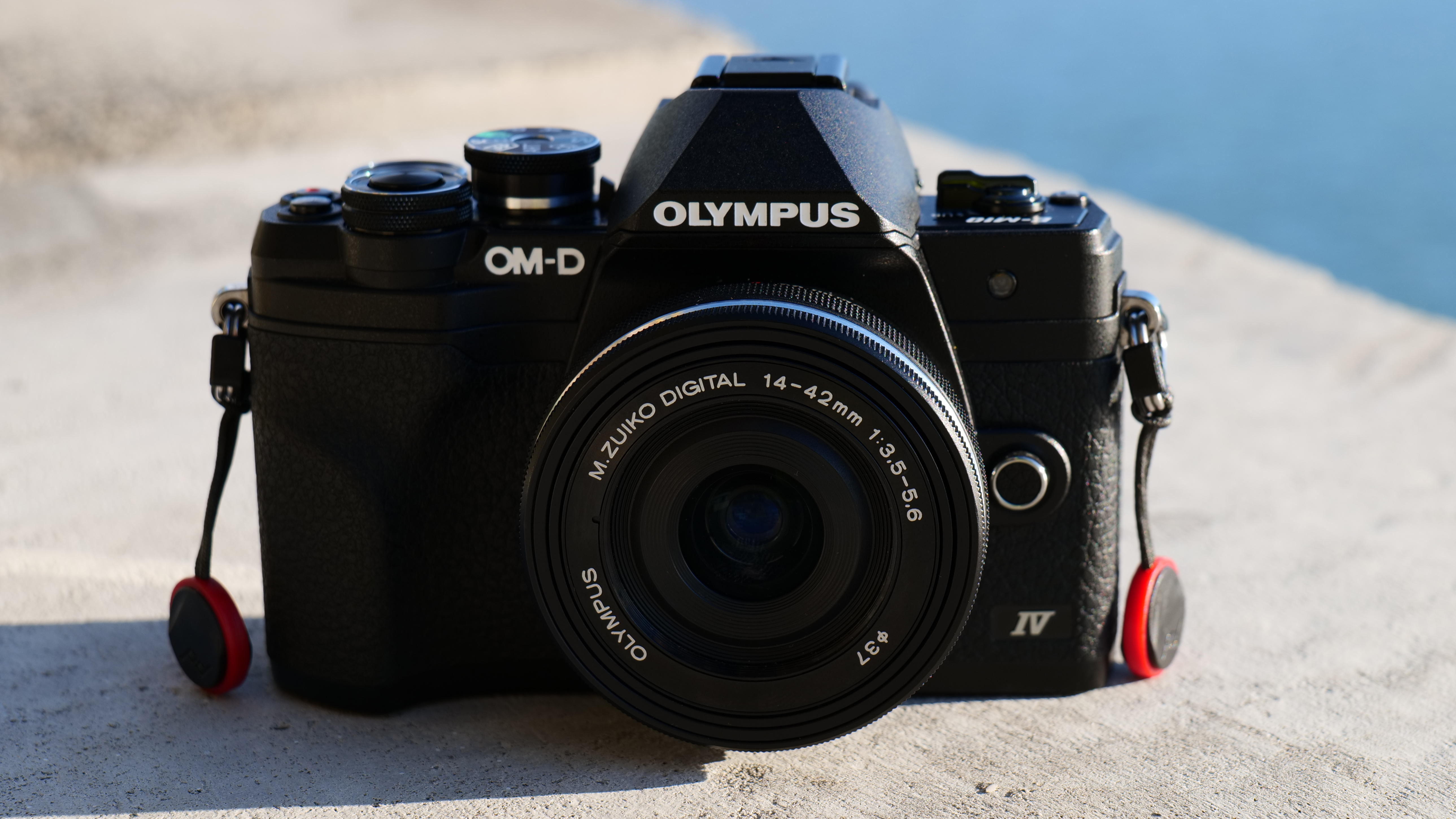
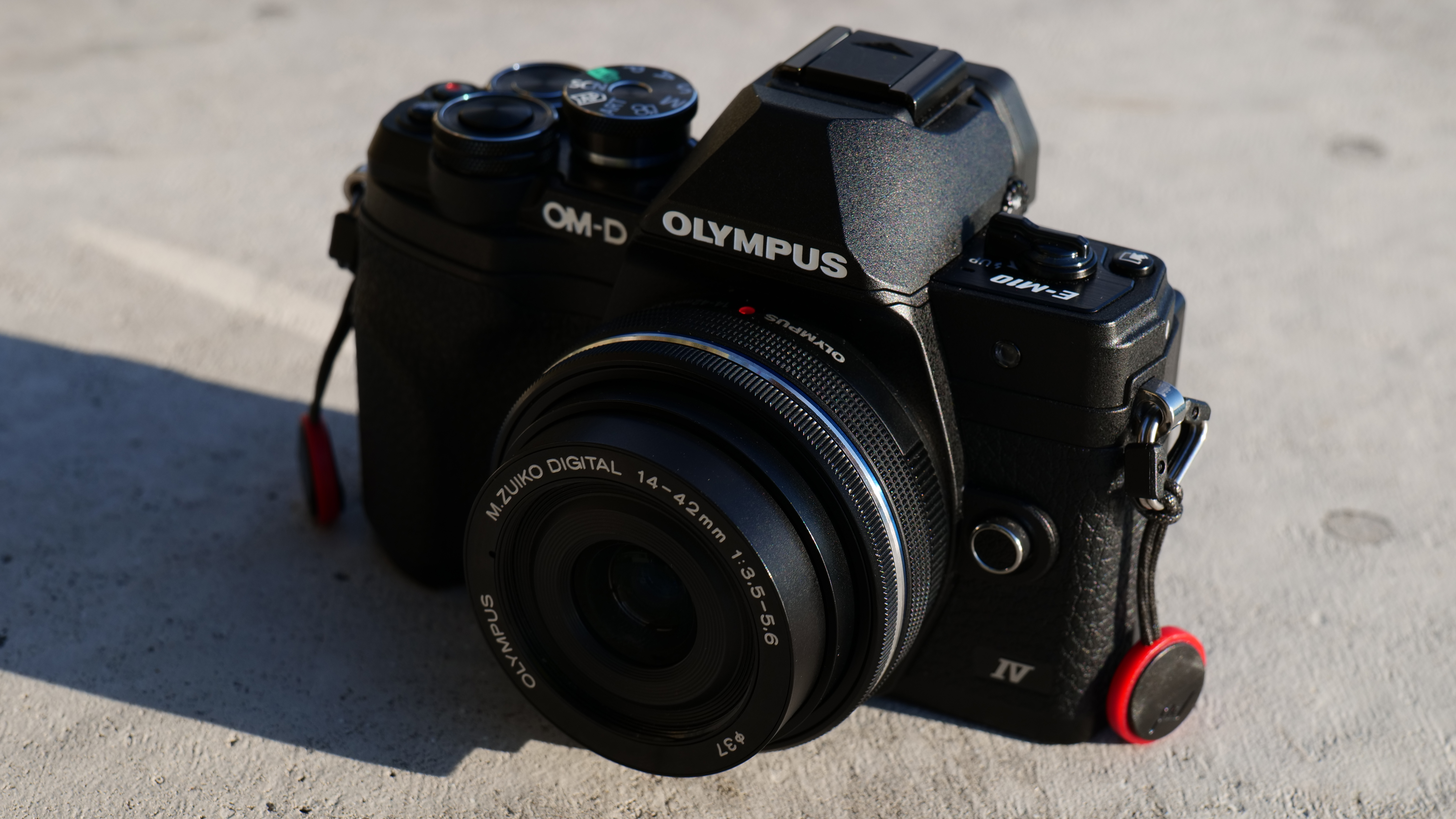
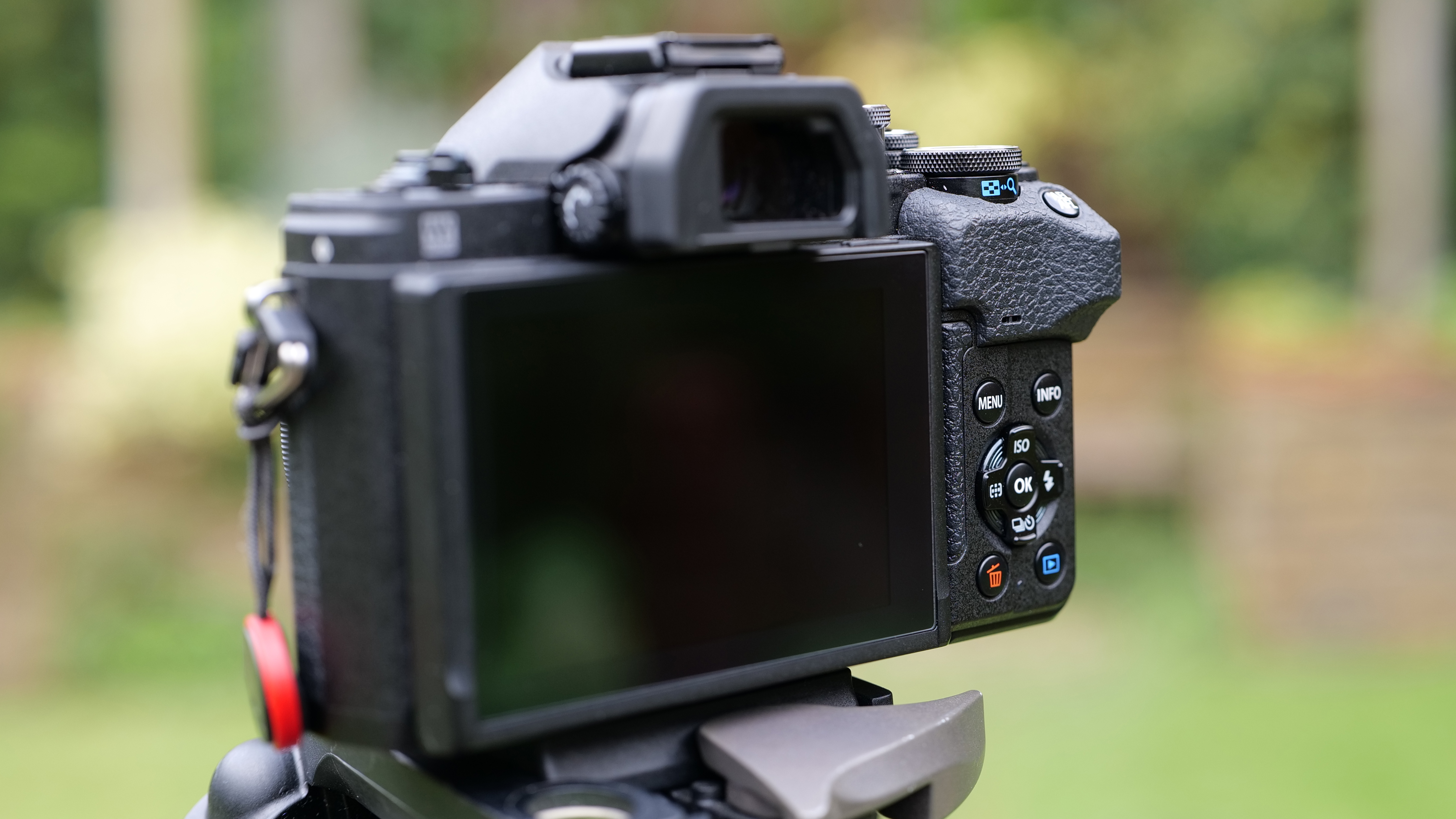


Specifications
Reasons to buy
Reasons to avoid
Olympus OM-D E-M10 Mark IV sample images
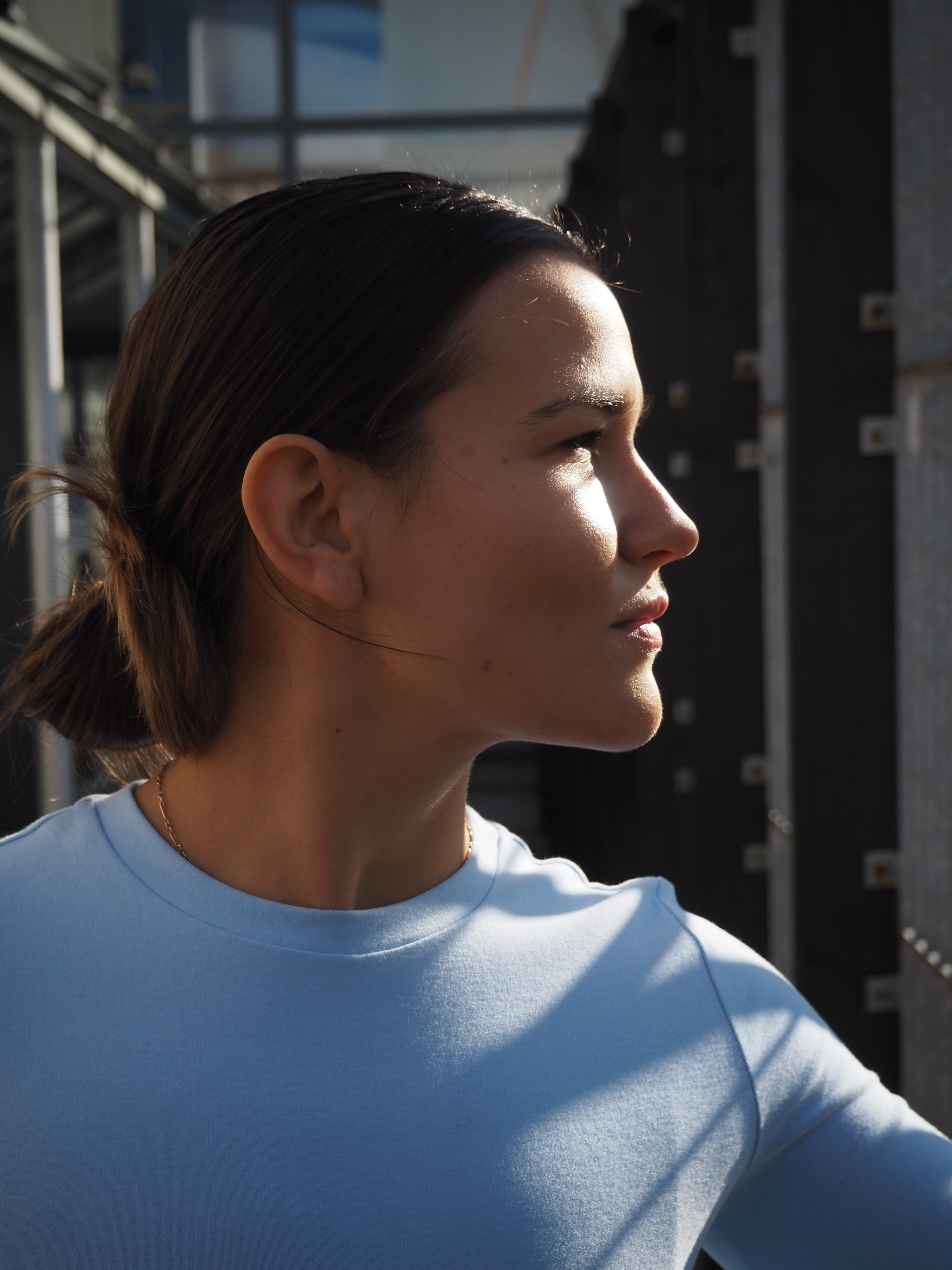
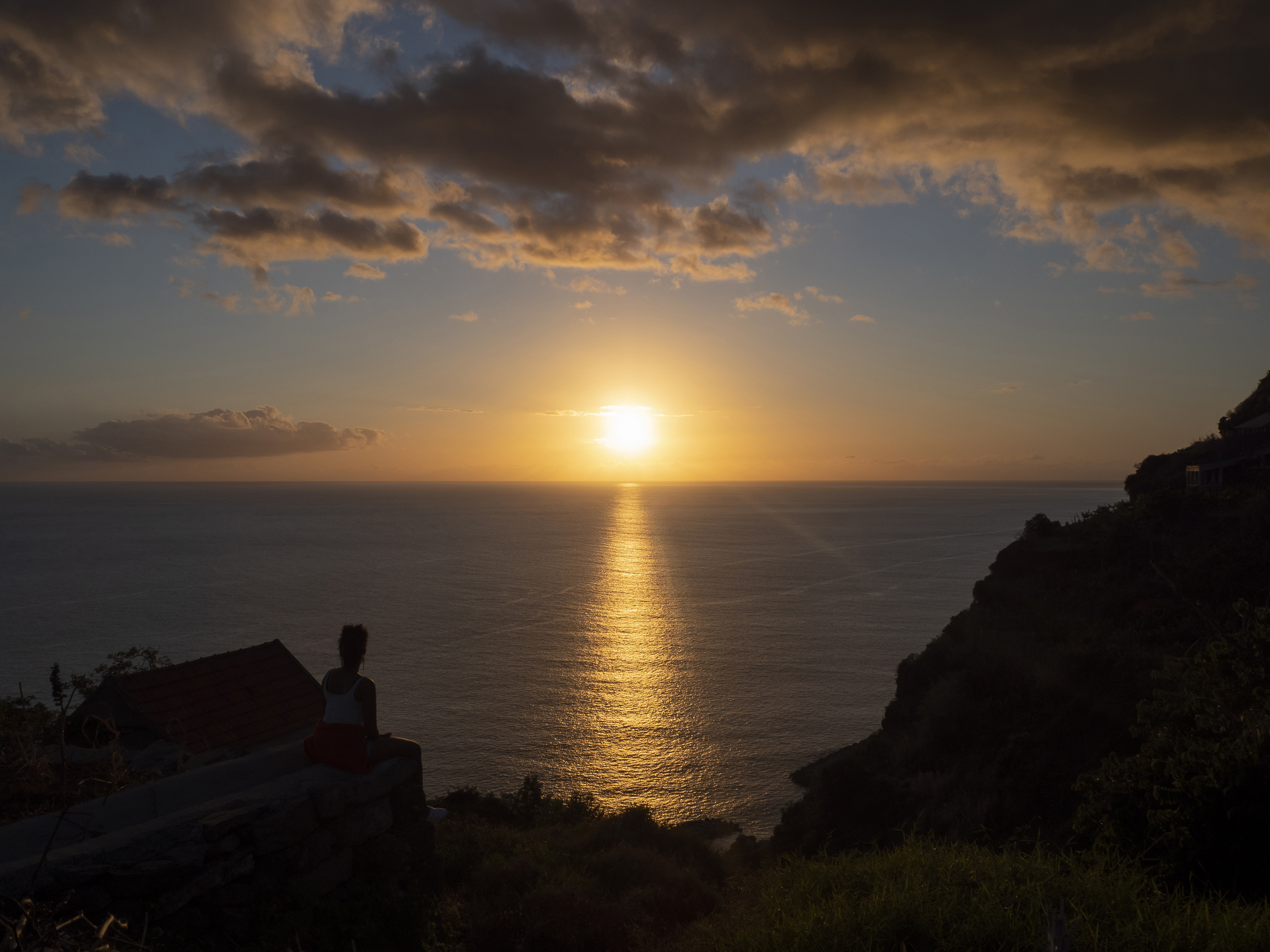

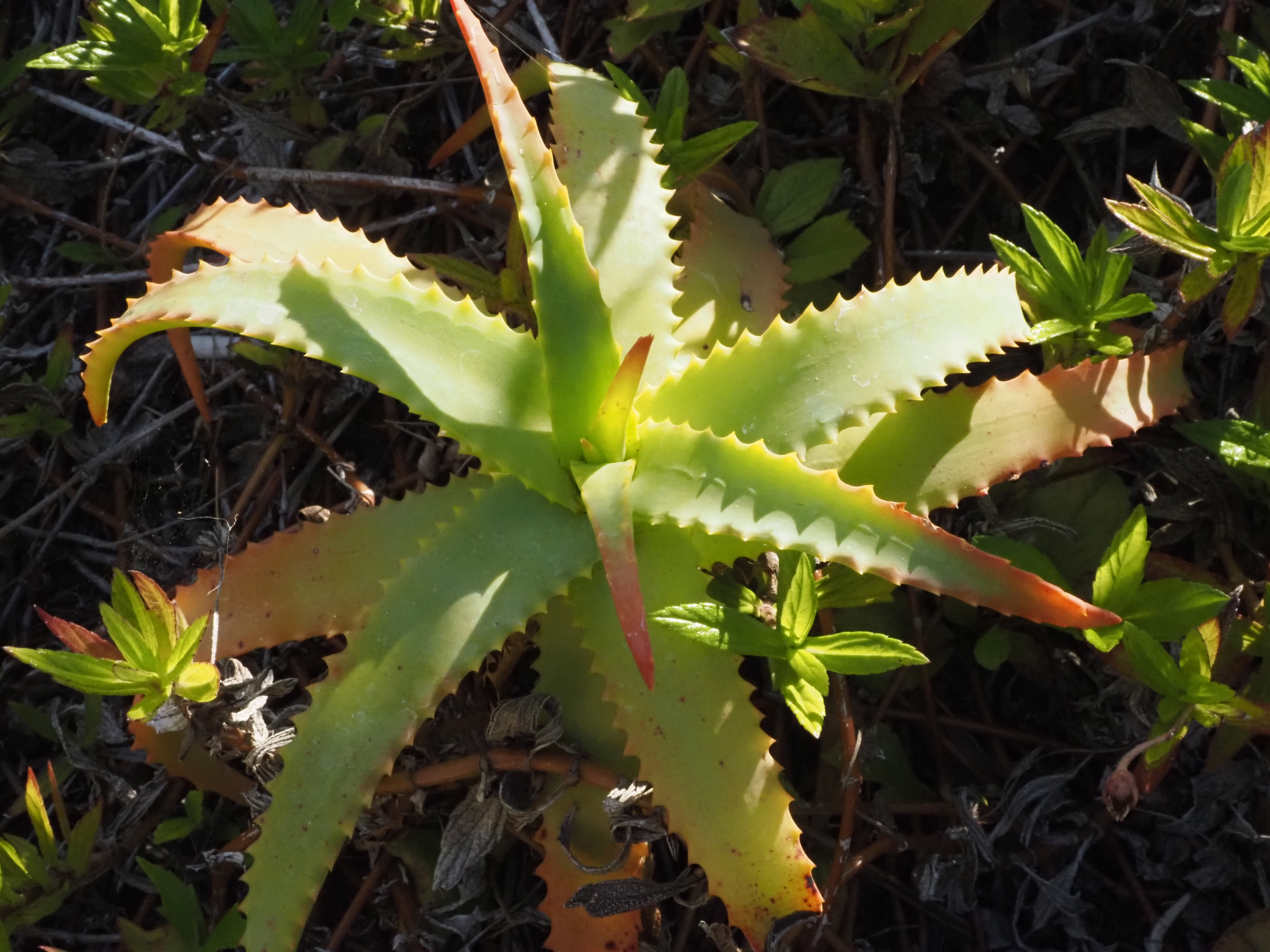
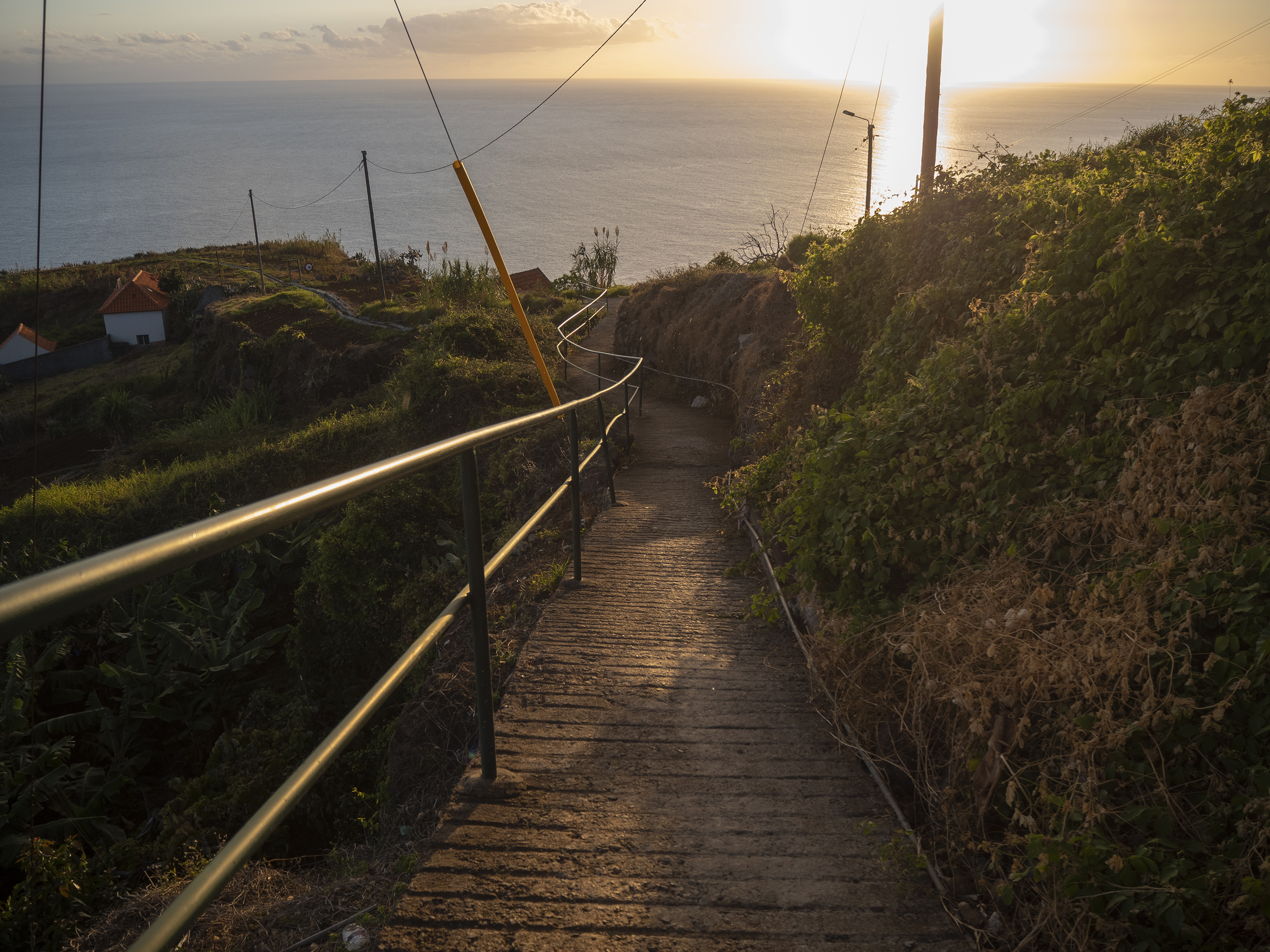
✅ You want a small, powerful stills camera: Compact proportions belie the class-leading stills capabilities of the E-M10 Mark IV.
✅ You often shoot handheld: In-body image stabilization gives the Mark IV an edge over rivals, keeping handheld shots sharp.
❌ You record a lot of video: The E-M10 Mark IV can shoot decent footage, but no mic input and a 4K/30p cap limit its blogging potential.
❌ You own the E-M10 Mark III: Upgrades include a new sensor and flip-down screen, but these don’t justify swapping from the Mark III.
If you’re an eager photographer in the market for a compact mirrorless camera, the Olympus OM-D E-M10 Mark IV should be top of your list. An affordable Micro Four Thirds model, it pairs a capable 20.3MP sensor with impressive in-body image stabilization to deliver consistently attractive images. An ergonomic grip, approachable button layout, and handy flip-down touchscreen make the Mark IV an accessible upgrade for smartphone users. A wide catalog of lenses also give it extra versatility beyond the kit lens.
With footage capped at 4K/30p and no microphone or headphone input, video isn’t a major focus. Instead, this is a small, powerful camera for stills: we discovered in our review that dynamic range is better than anything a smartphone can capture, while the IBIS system keeps images sharp even when shooting handheld. We did find that AF tracking across the Mark IV’s 121 points can be a little patchy, but improved face detection and subject tracking from the Mark III mean it’s largely reliable. Our tip is to stick to centre point focus and you’ll find it fast, even in low light.
Read our in-depth Olympus OM-D E-M10 Mark IV review
The best cheap instant camera
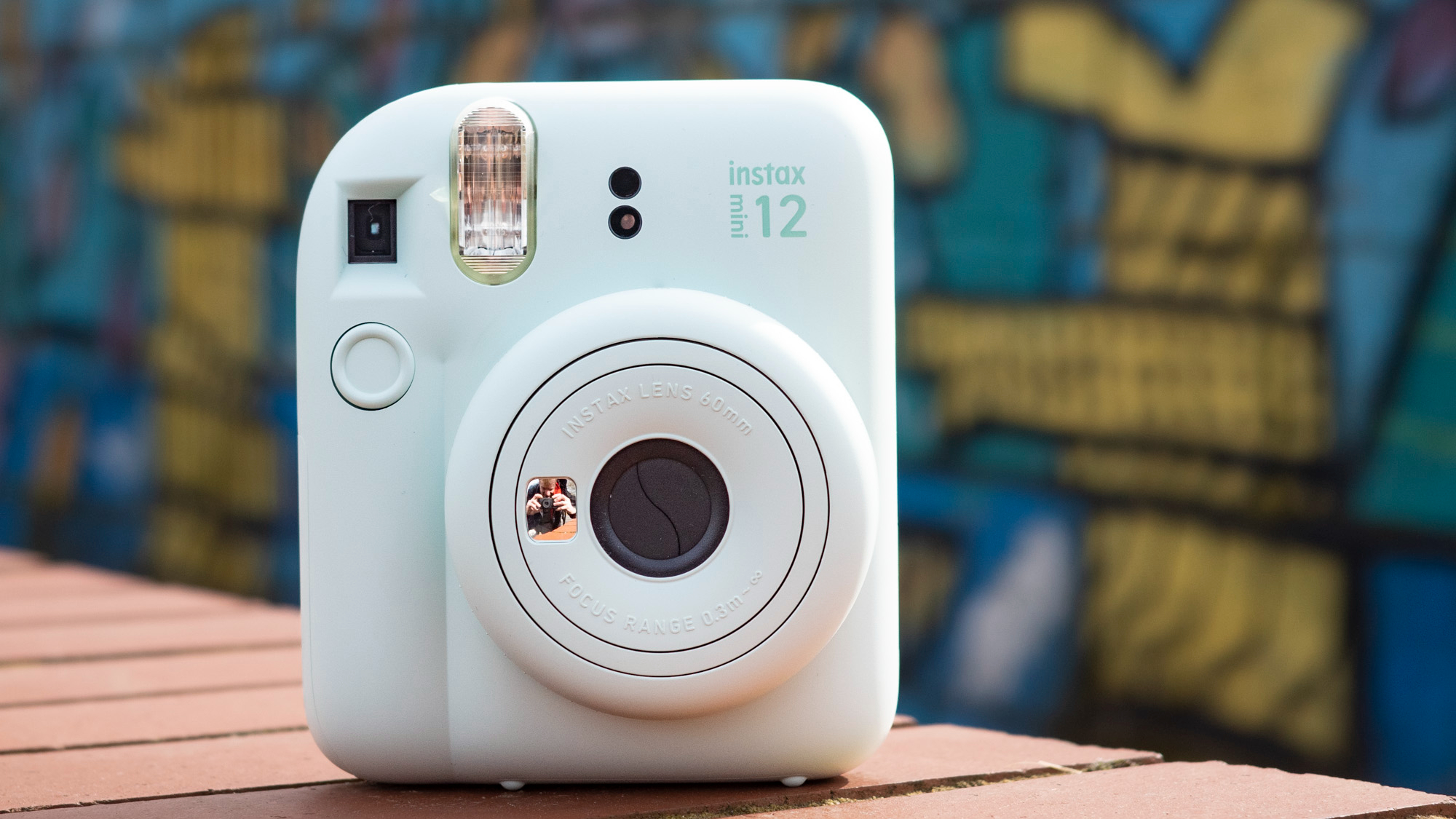
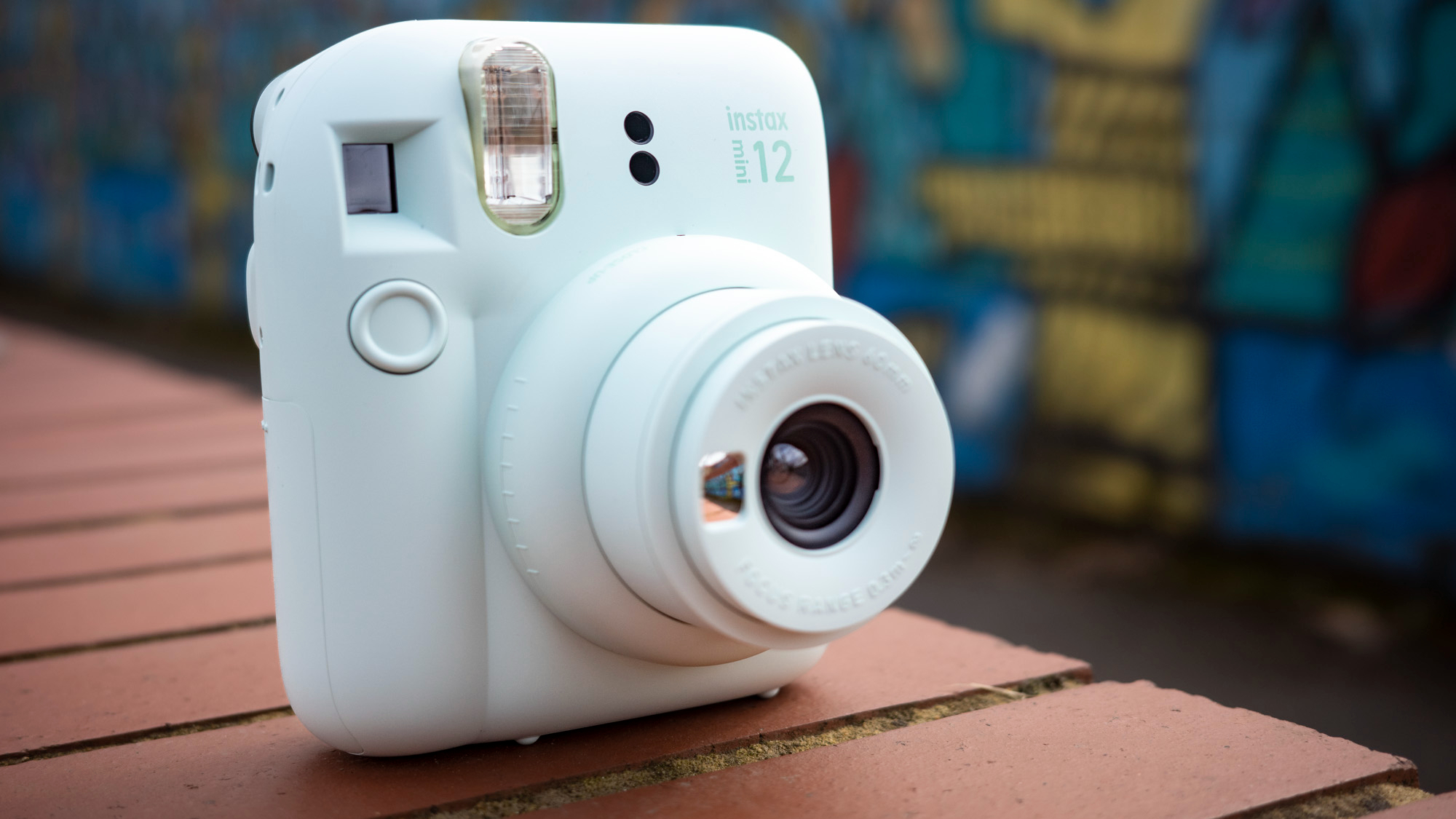
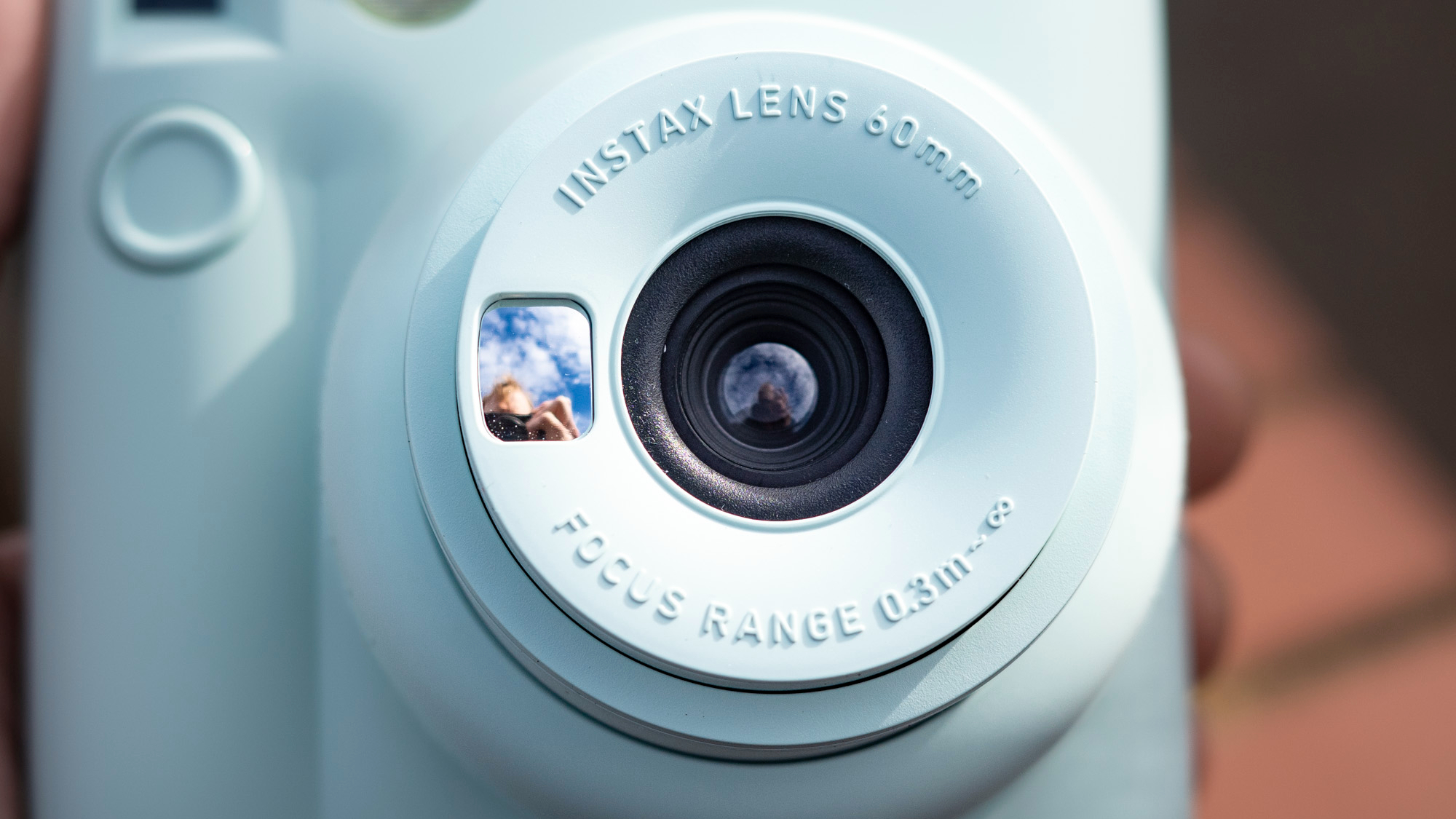
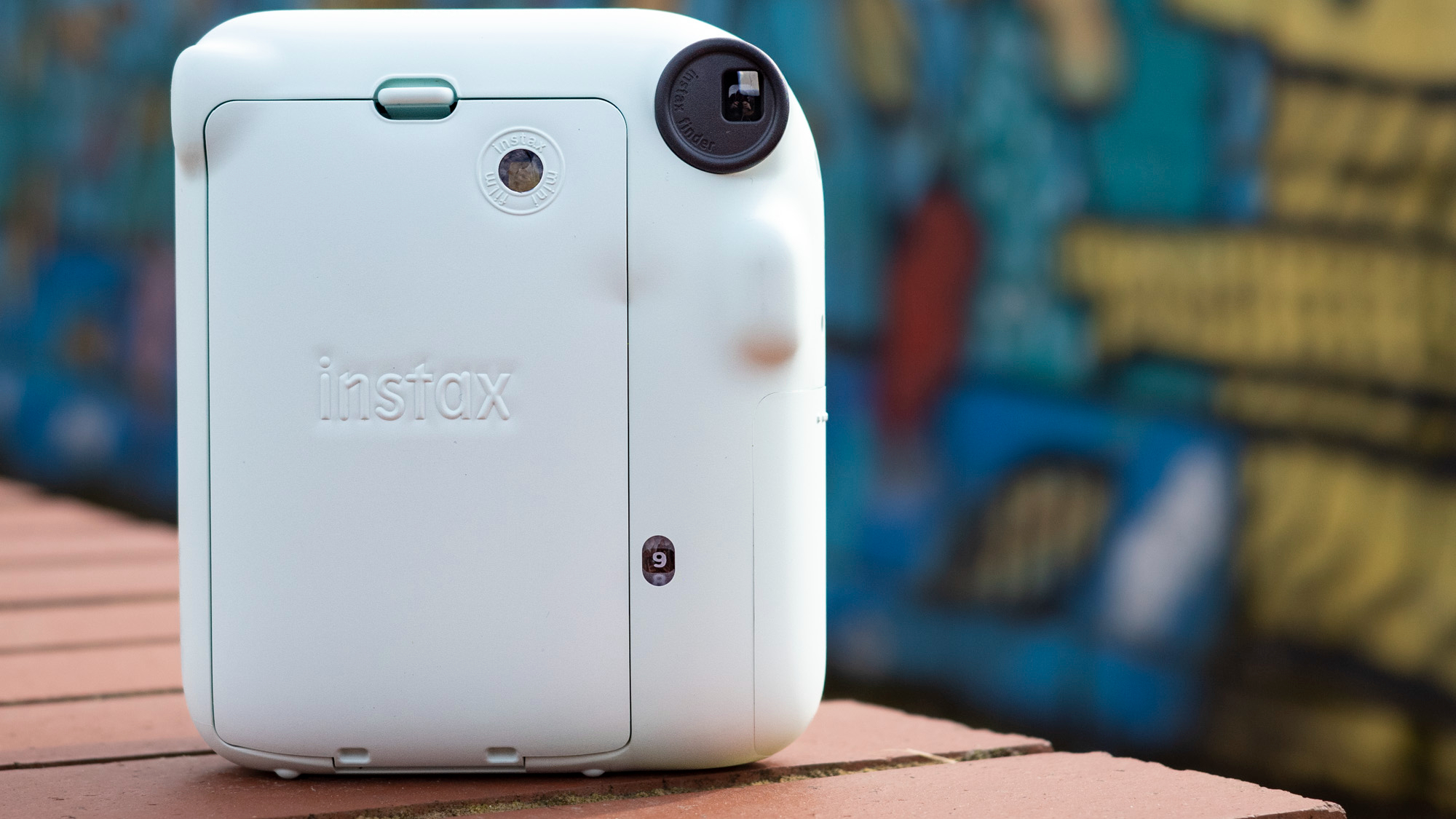
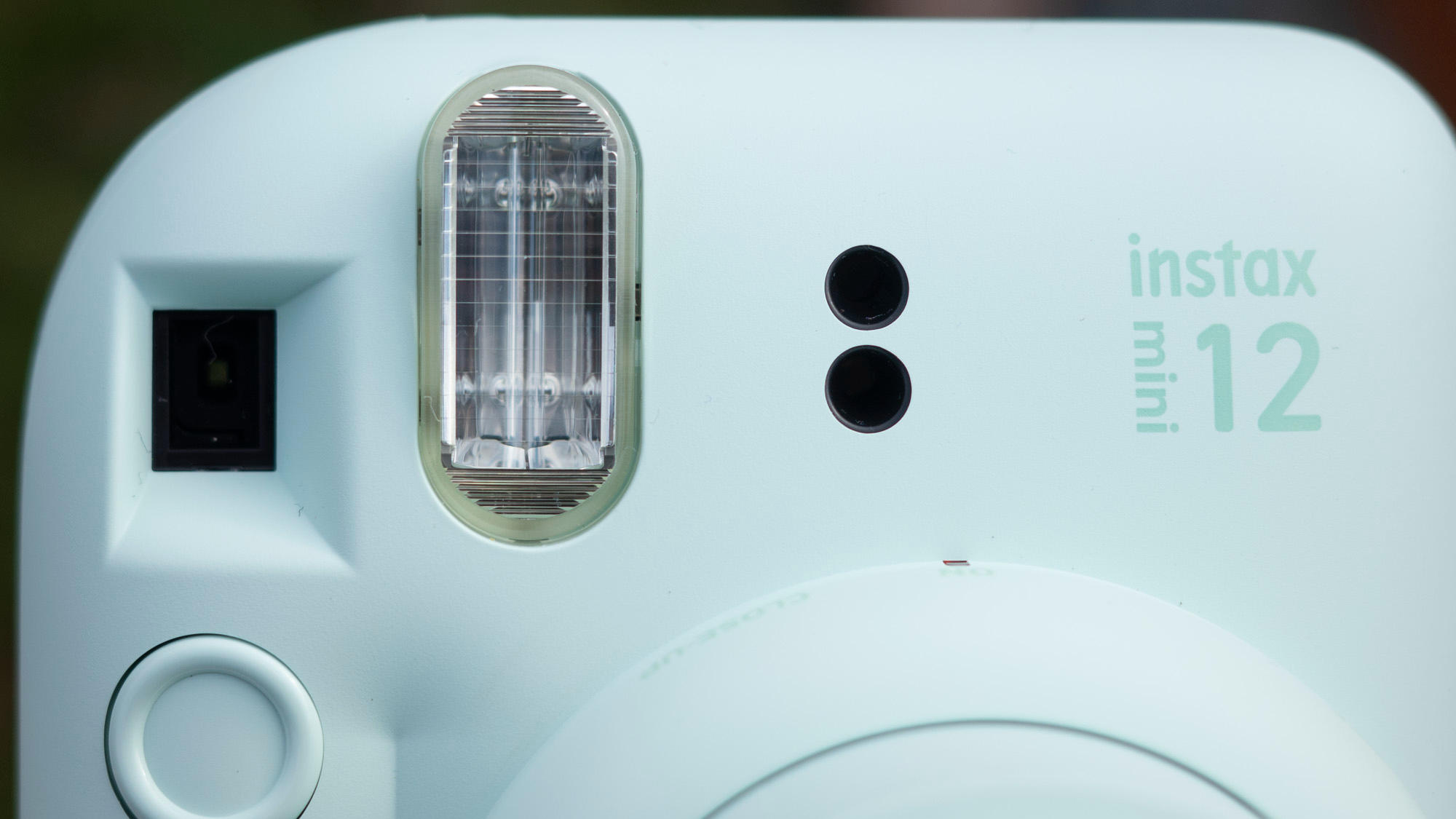
Specifications
Reasons to buy
Reasons to avoid
Fujifilm Instax Mini 12 sample images
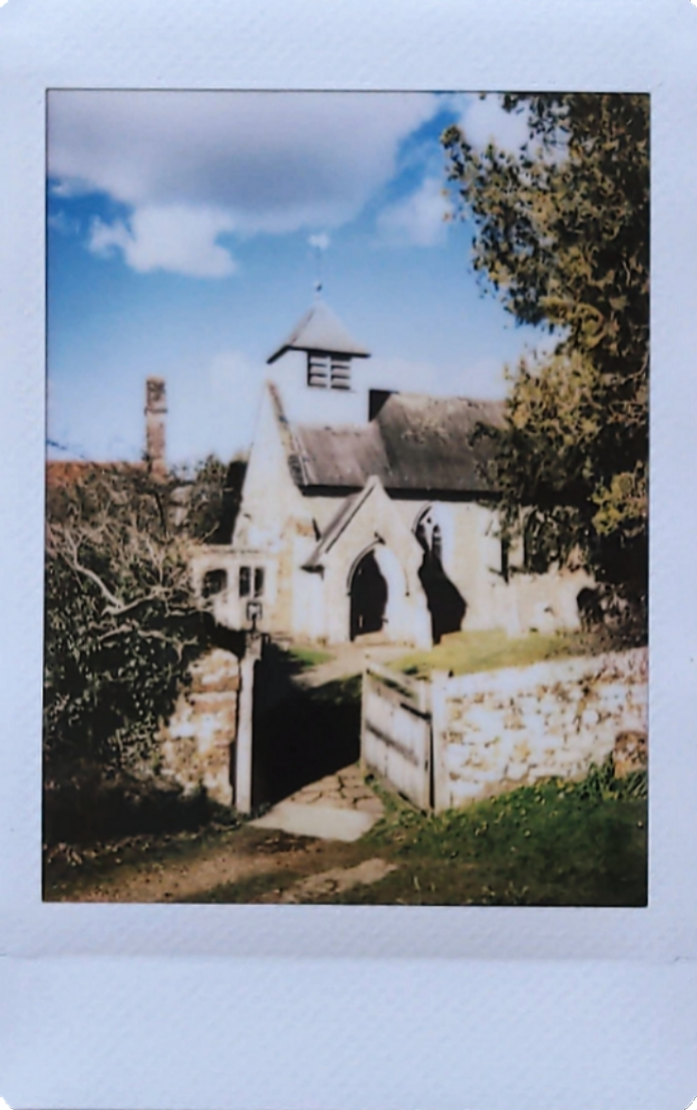
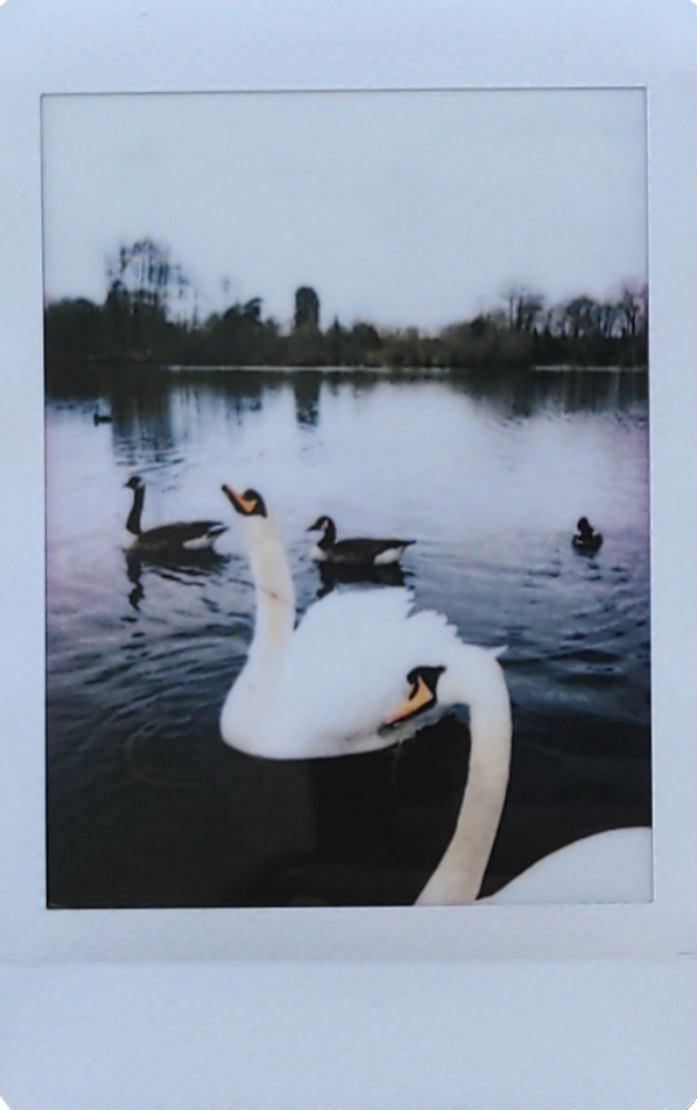

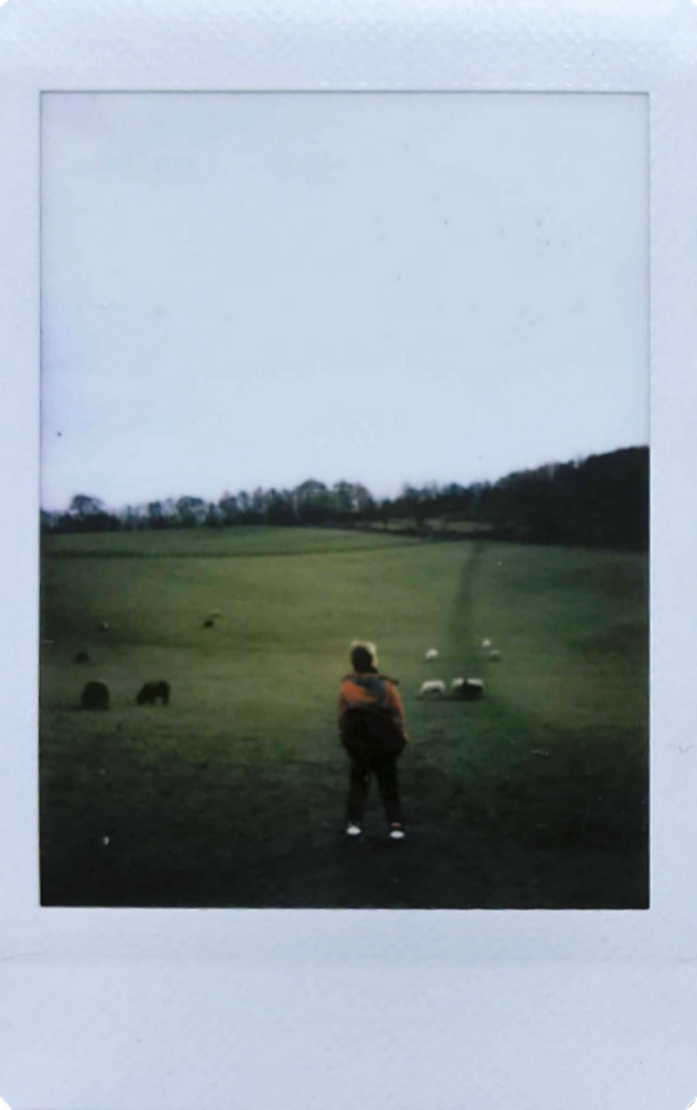
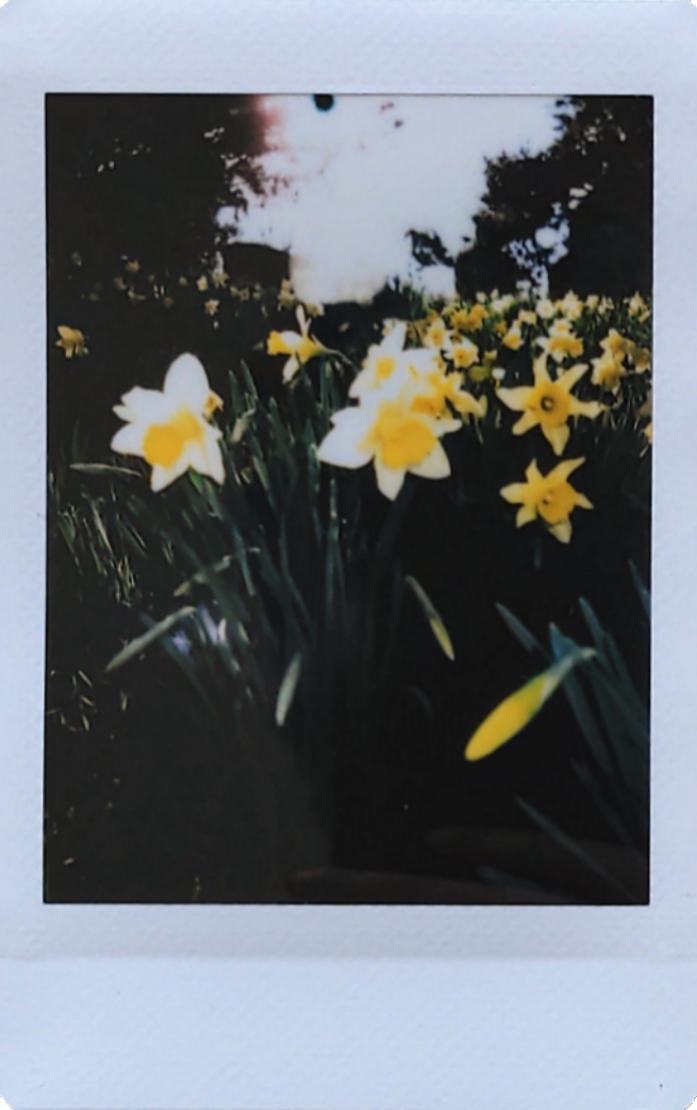
✅ You want point-and-shoot simplicity: Auto exposure control and affordable film refills make the Instax Mini 12 an accessible camera to shoot with.
✅ You want vibrant party prints: With rich vintage colors, Instax prints have a distinctively attractive look that’s great for capturing memories.
❌ You shoot in sunlight a lot: The Mini 12 tends to overexpose images in bright light, not helped by the always-on flash which fires every time.
❌ You want a tactile camera: The bubble-like design is fun, but it’s also slippery in the hand making it tricky to keep hold of at times.
Our favorite instant camera is also one of the top cheap cameras for those who want the no-frills fun of instant photography. Simple and affordable, we found in testing that the Fujifilm Instax Mini 12 builds on everything that the Instax Mini 11 did well, making it easy to create punchy party snaps. While prints can seem a little small, the Mini 12 makes it straightforward for first-time users to capture rich, attractive images at a reasonable price.
Though its design proved a little slippery during our review, we think the Mini 12 is otherwise a comfortable camera for anyone to use. It now turns on with a twist of the lens, which we think is more intuitive than previous editions. You still get the option of close-up mode by pulling the lens out, while parallax correction means the viewfinder more accurately represents how scenes will be printed. From our tests, the Mini 12 continues to overexpose images in bright sunlight, although repositioned sensors mean your fingers are less likely to interfere with light readings.
Read our in-depth Fujifilm Instax Mini 12 review
The best cheap full-frame camera
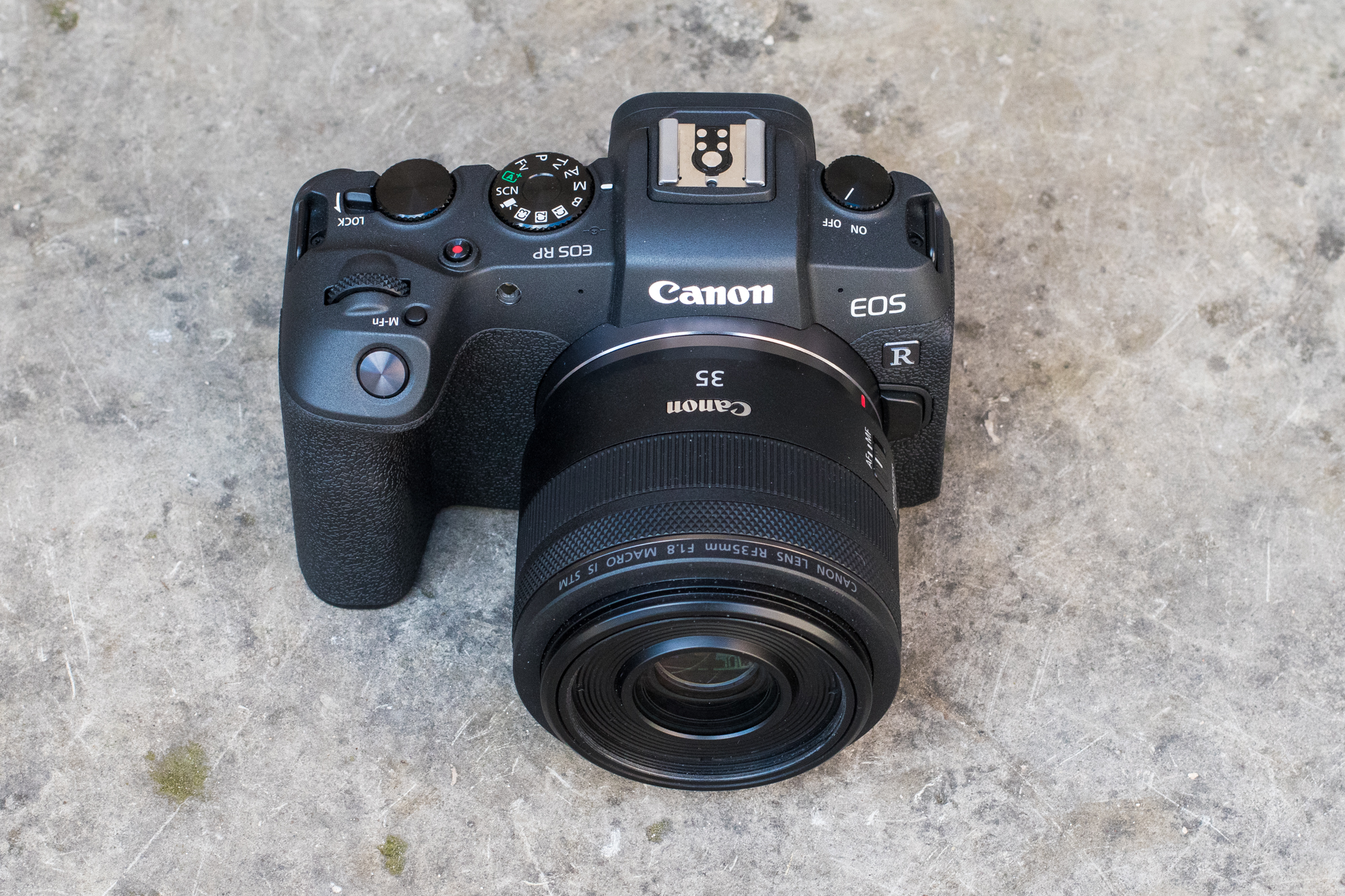
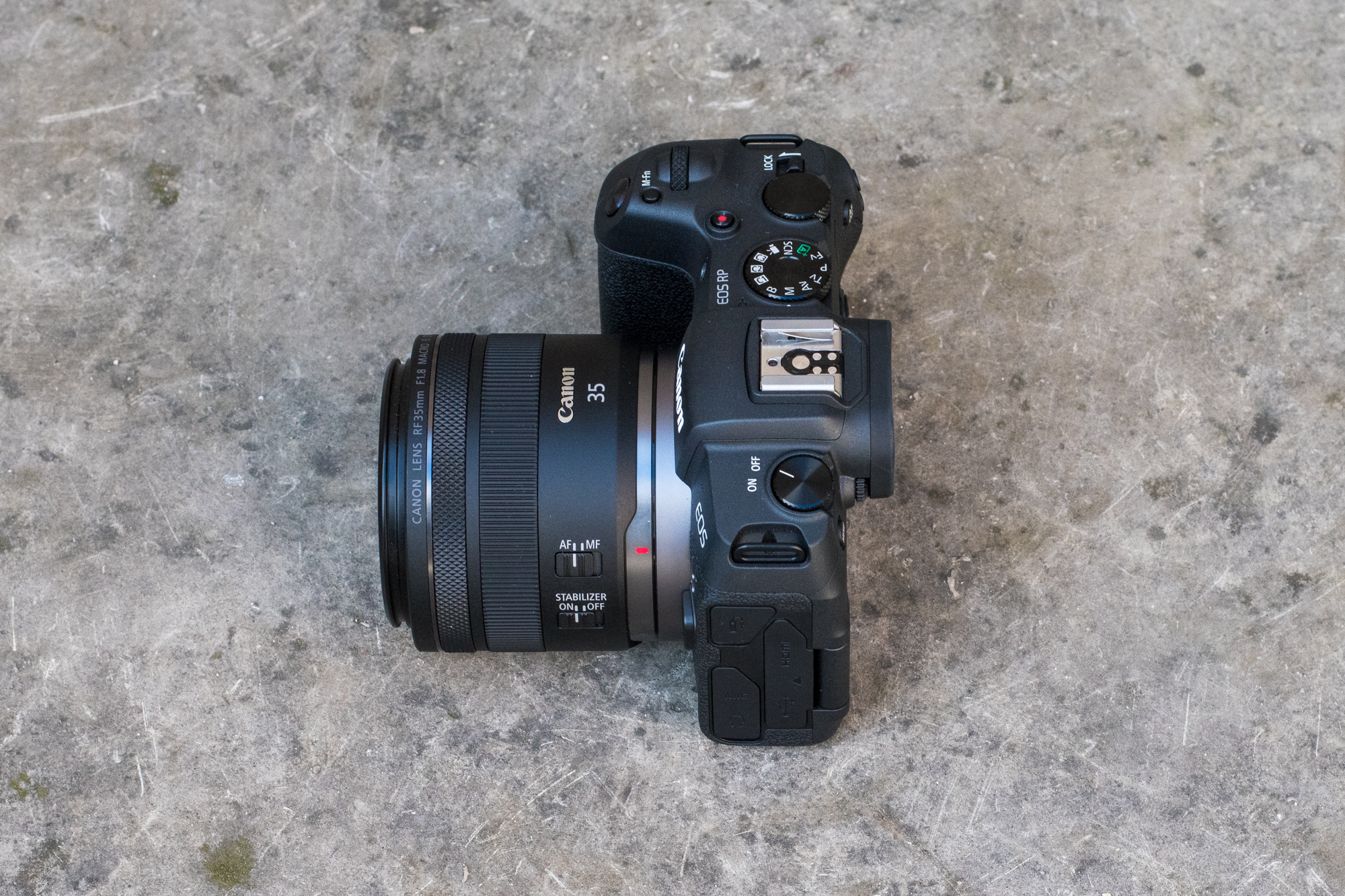
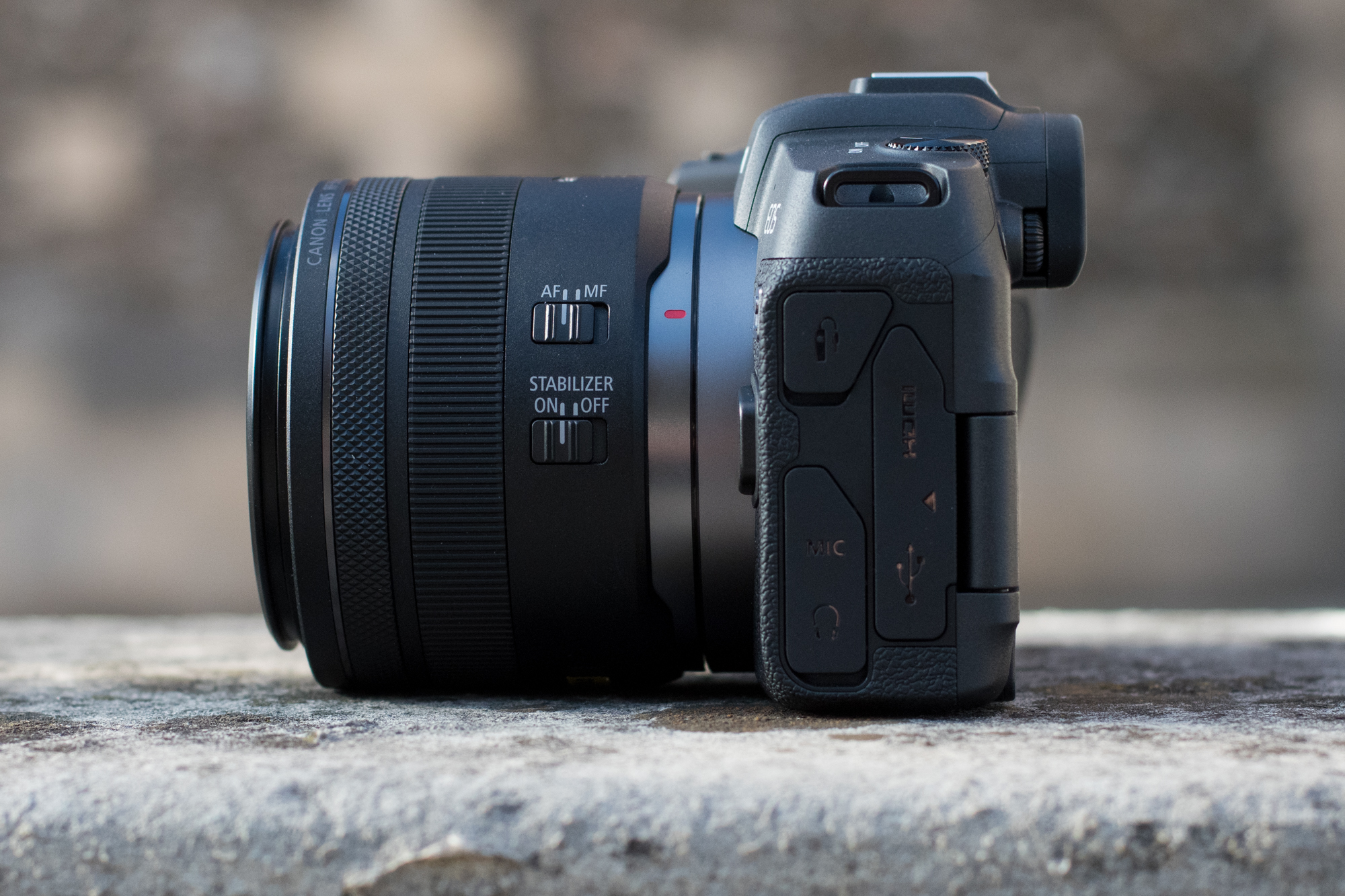
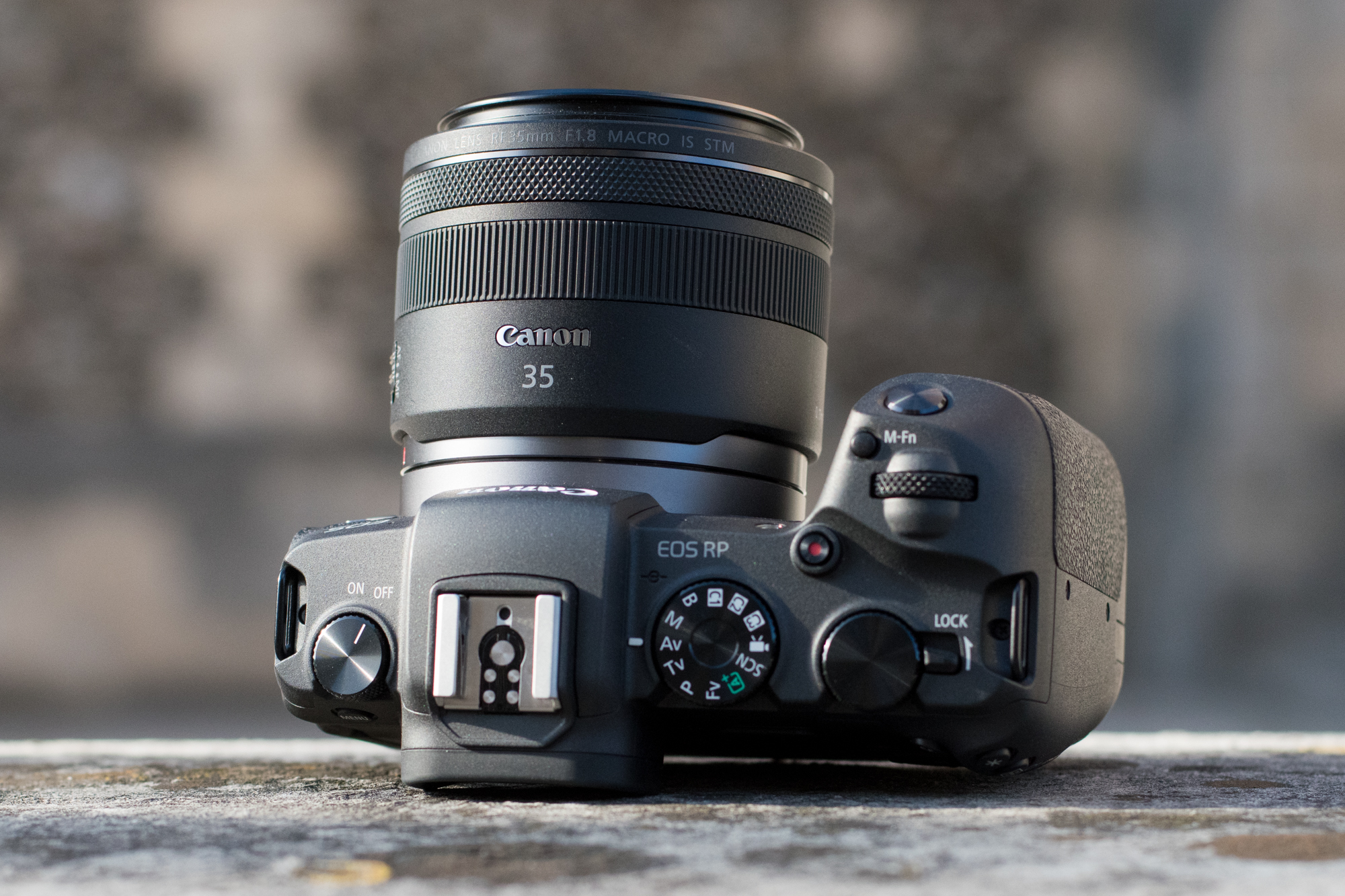
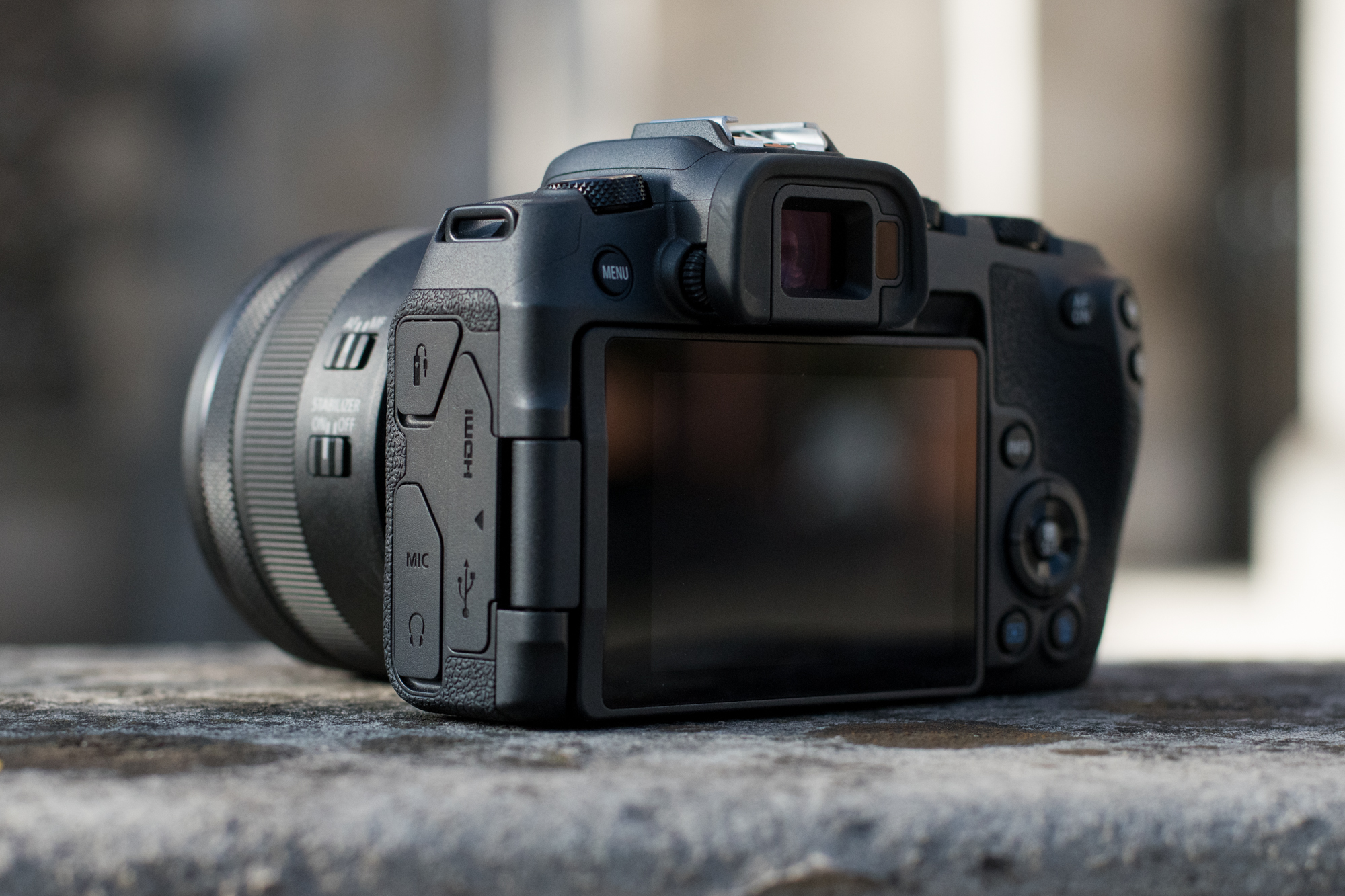
Specifications
Reasons to buy
Reasons to avoid
Canon EOS RP sample images
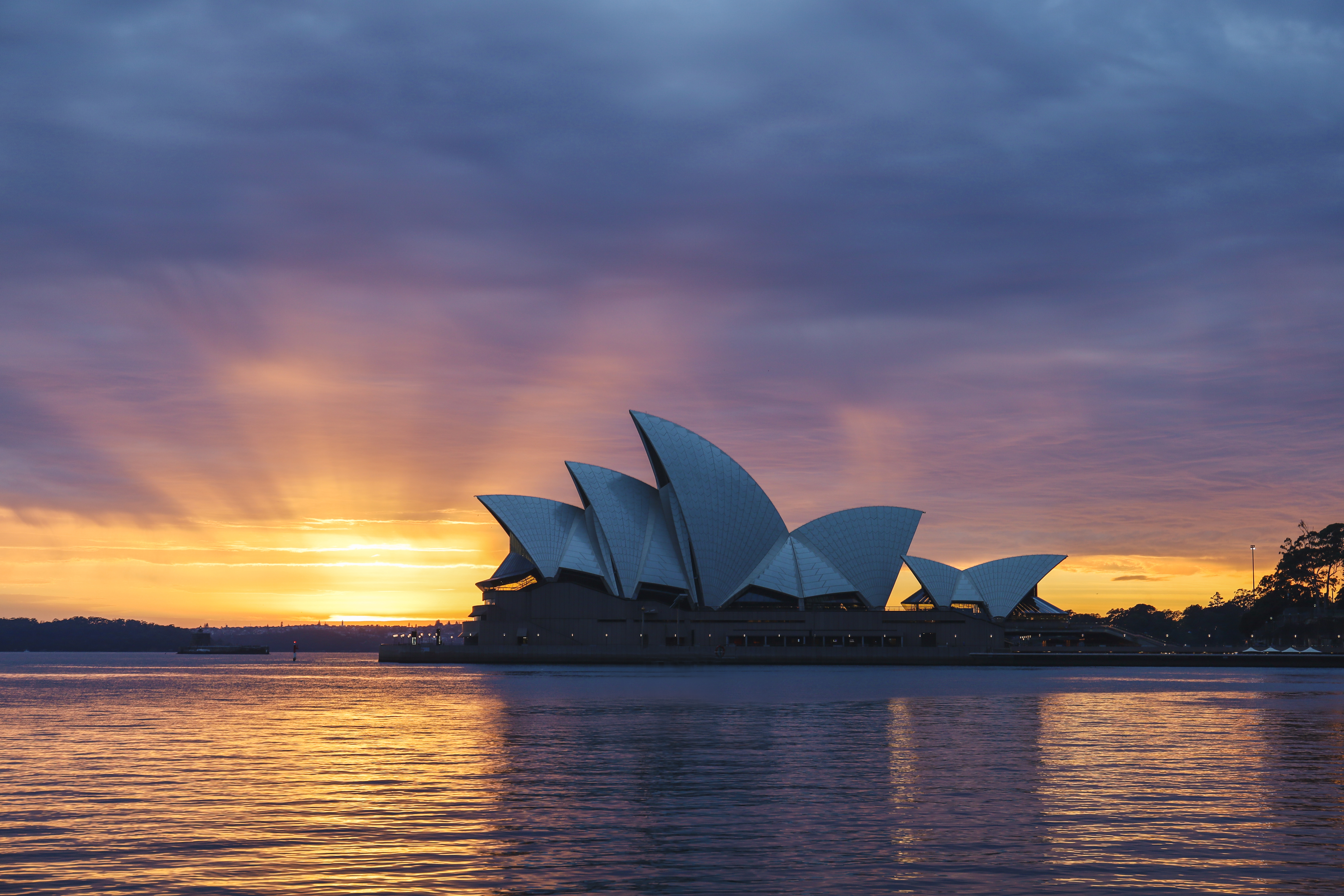
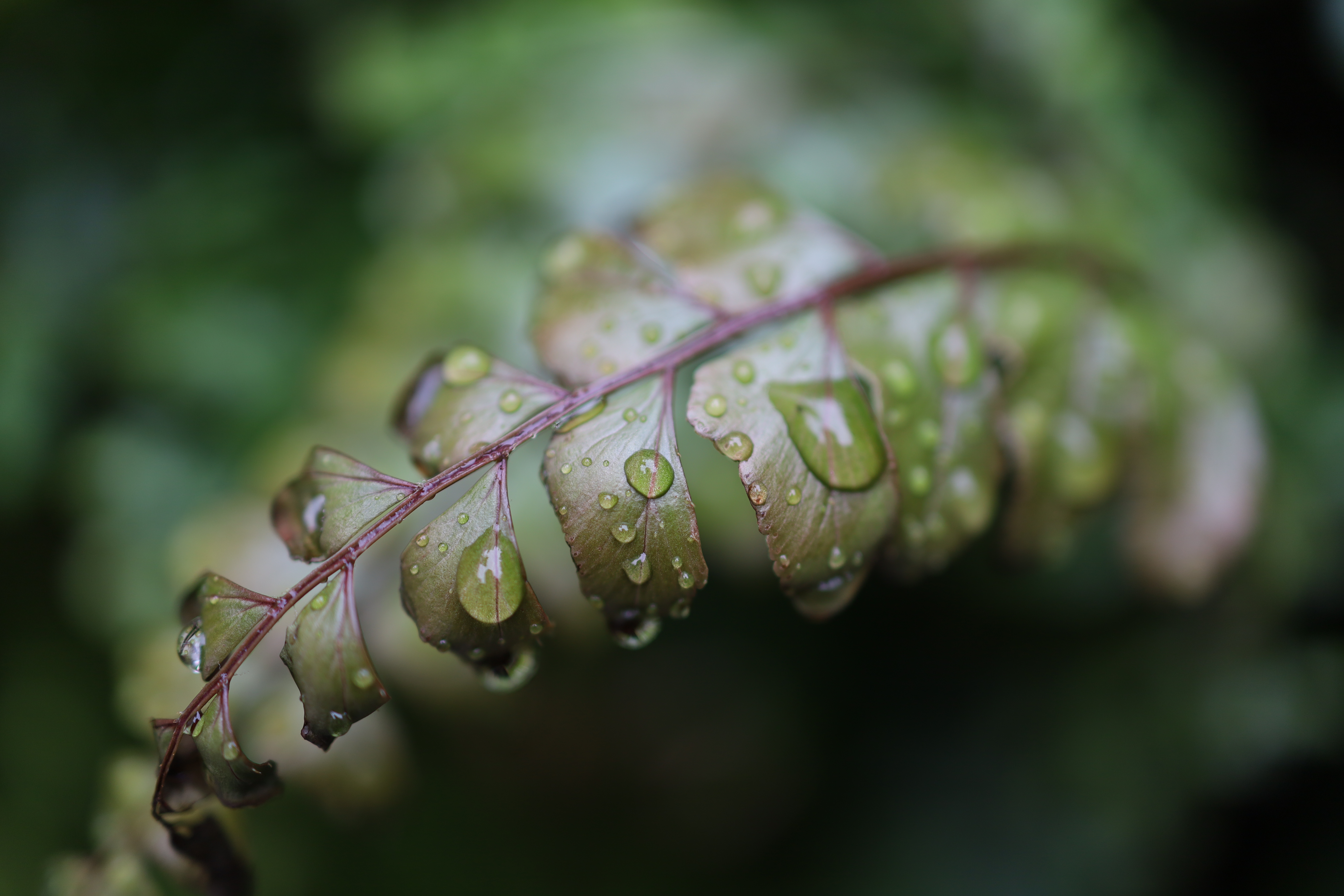
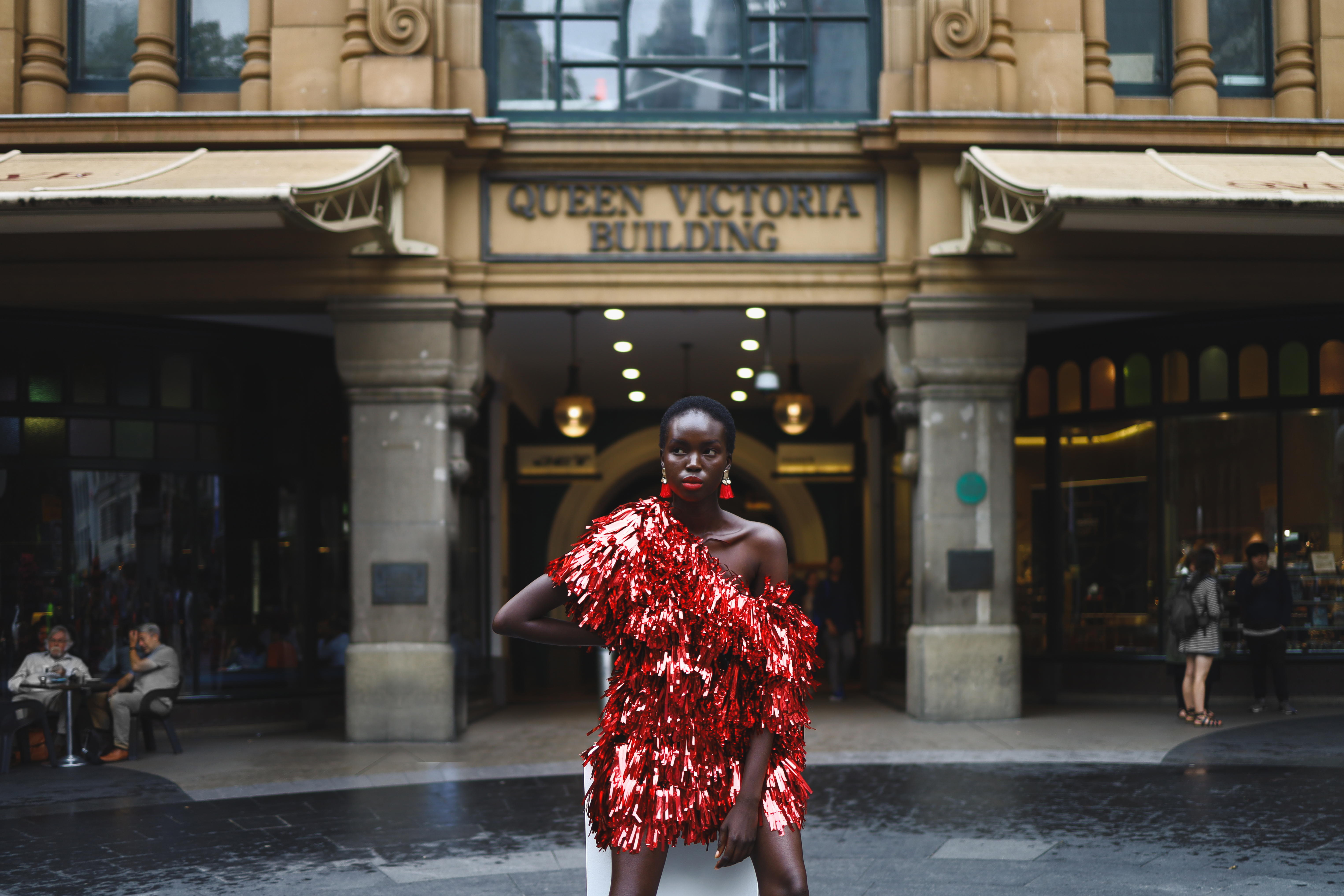


✅ You want full-frame on a budget: Offering a capable feature set at a reasonable price, the EOS RP is a fantastic full-frame entry point.
✅ You want a great value camera: With a light, compact build, solid image quality and stellar AF performance, the EOS RP is a great package.
❌ You like a lot of lens options: There are limited native lenses for the RF mount, and even fewer that make sense on the RP’s small body.
❌ You shoot a lot of video: It can shoot detailed footage, but rolling shutter and cropped 4K limit the video capabilities of the EOS RP.
Reasonably priced for a full-frame mirrorless camera, the Canon EOS RP is a compelling option if you want to shoot with a large sensor. Built around the same RF mount as the EOS R, its native lens line-up is limited, but a bundled adapter at least allows you to use existing EF glass.
Despite housing a 26.2MP full-frame sensor, our tests found the EOS RP to be remarkably compact yet reassuringly well-made. Button placement will irk some, but we found both the physical controls and touchscreen to be responsive. With Canon’s Digic 8 processor driving performance, autofocus proved fast and reliable in our review. Burst rates drop to 4fps with continuous focus, but the AF generally did a solid job of locking on. We also found the buffer to be more generous than expected.
The Canon EOS RP isn’t without compromise. Besides a lack of sensor-based image stabilization, battery life was underwhelming in testing, while the metering system seemed slightly sensitive. Rolling shutter and a 4K crop also limit its video skills. But if you want full-frame mirrorless shooting on a limited budget, it’s hard to argue with the Canon EOS RP’s core performance.
Read our in-depth Canon EOS RP review
The best cheap action camera
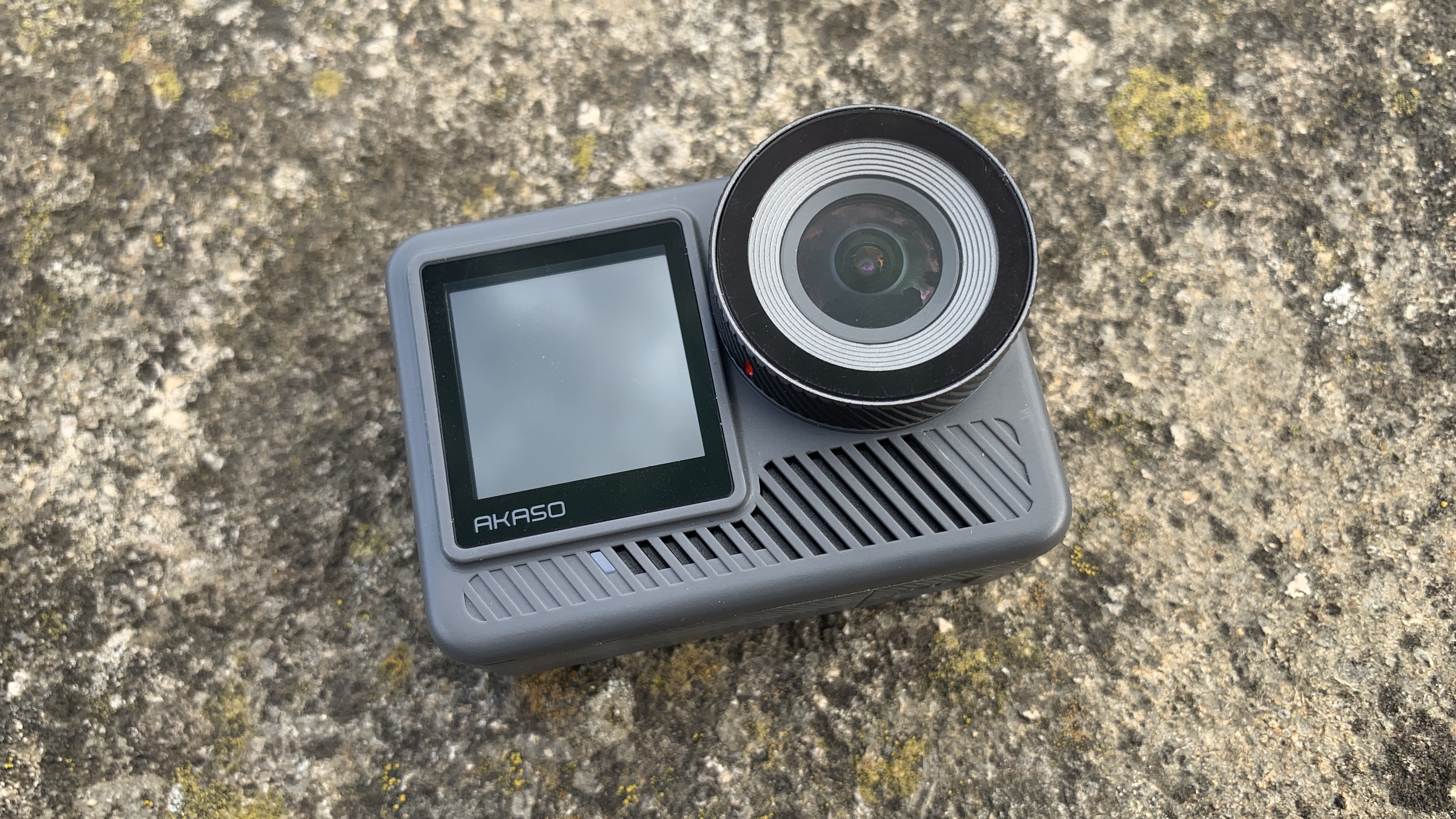
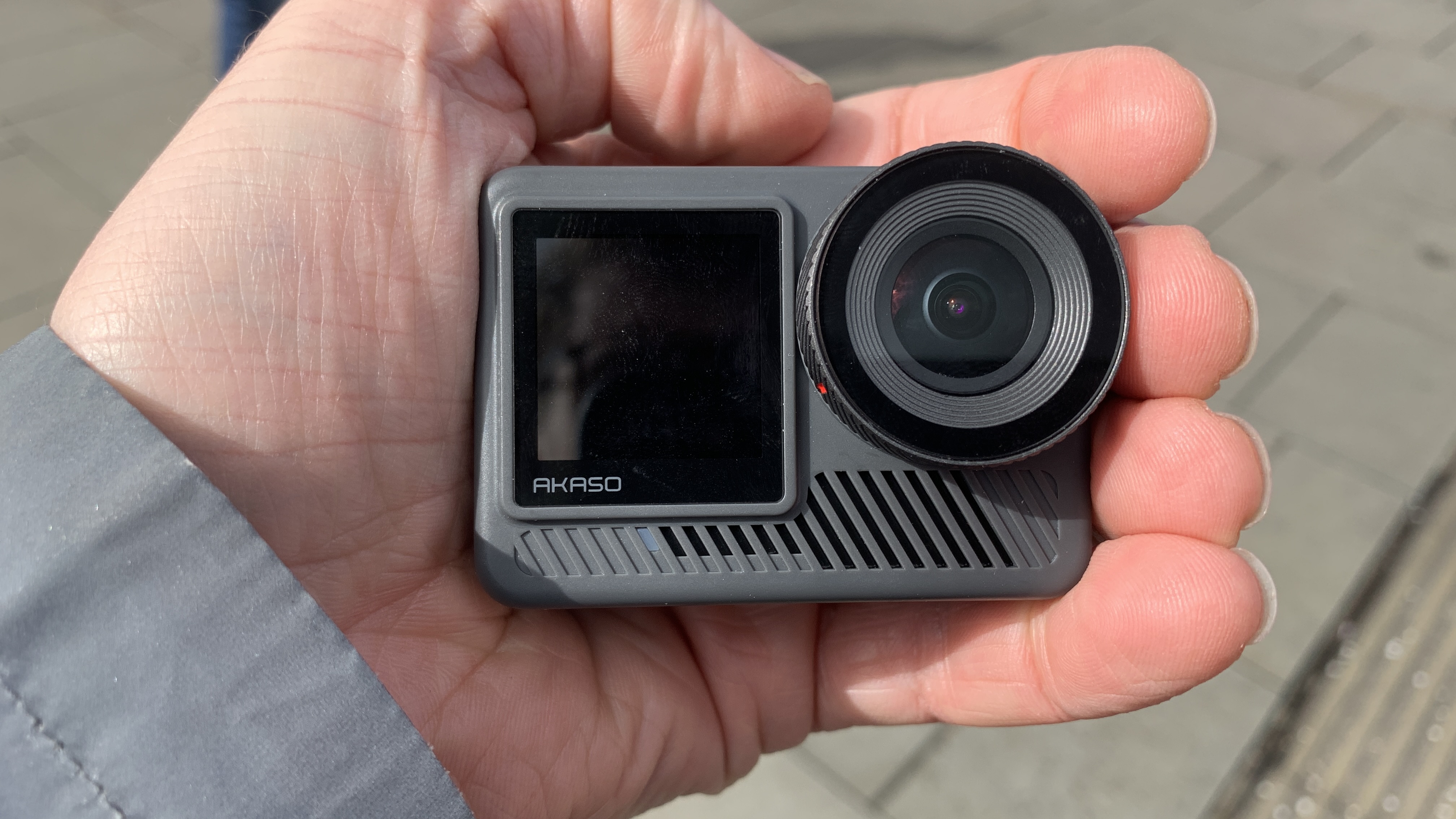
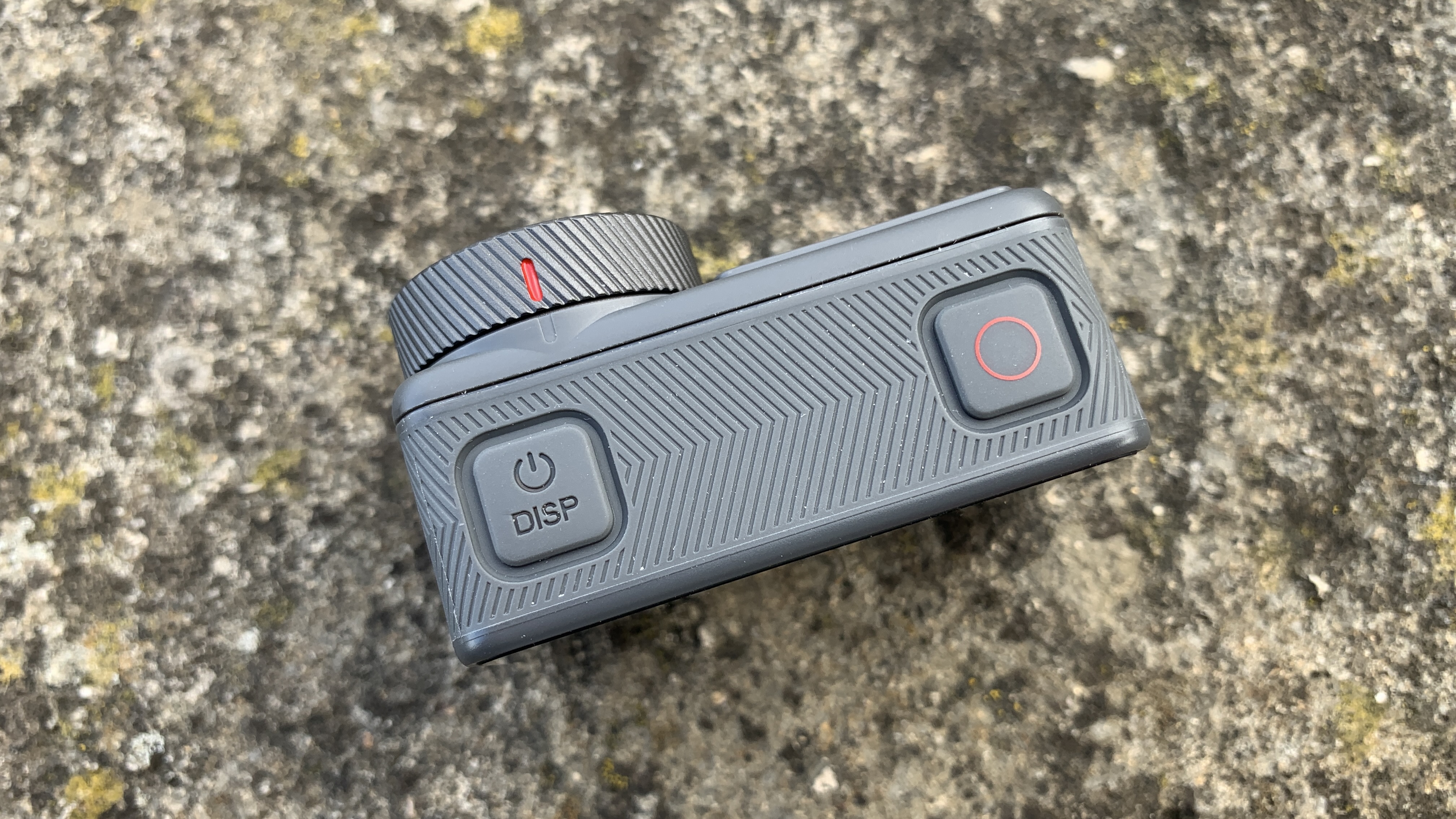
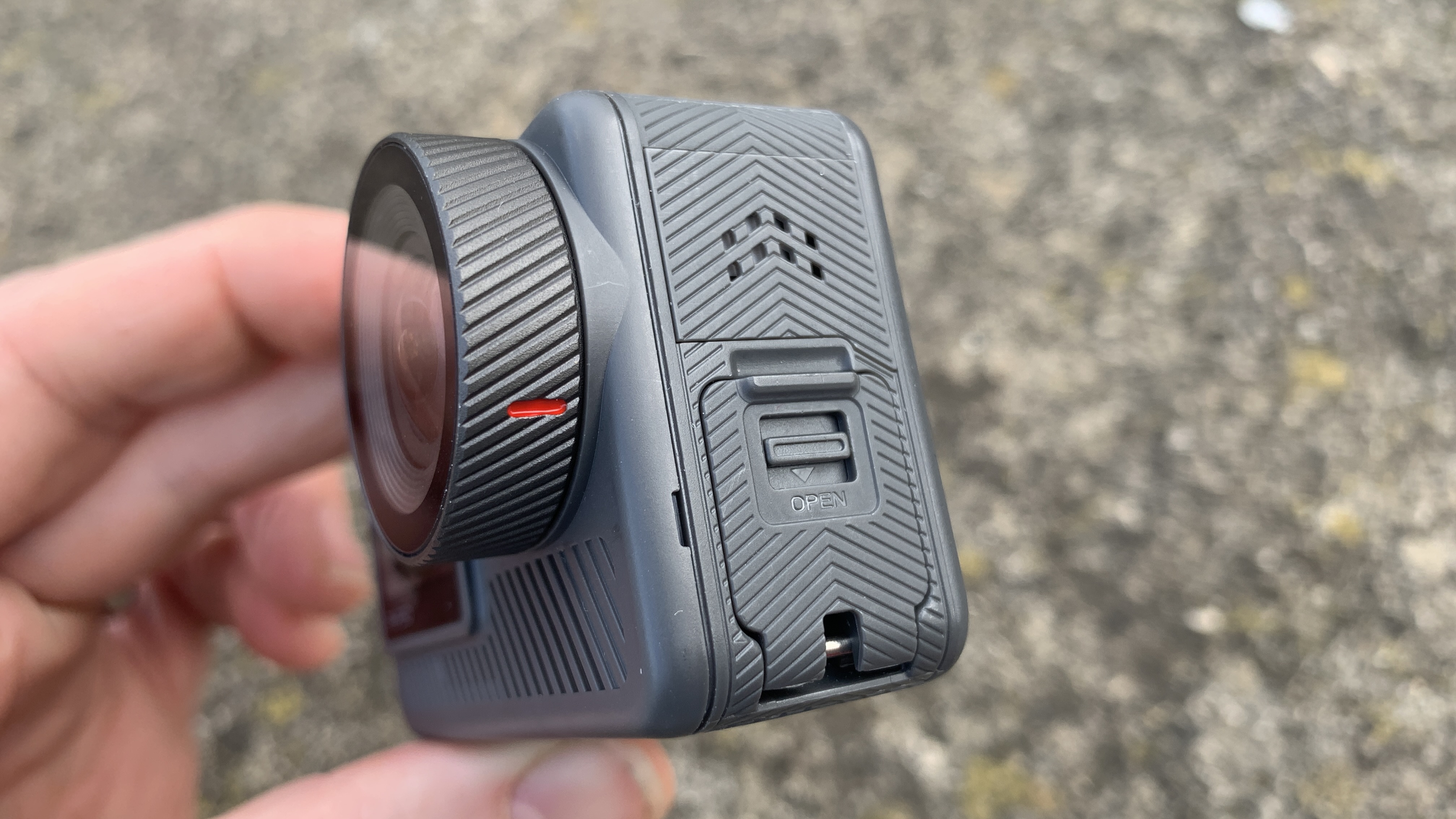
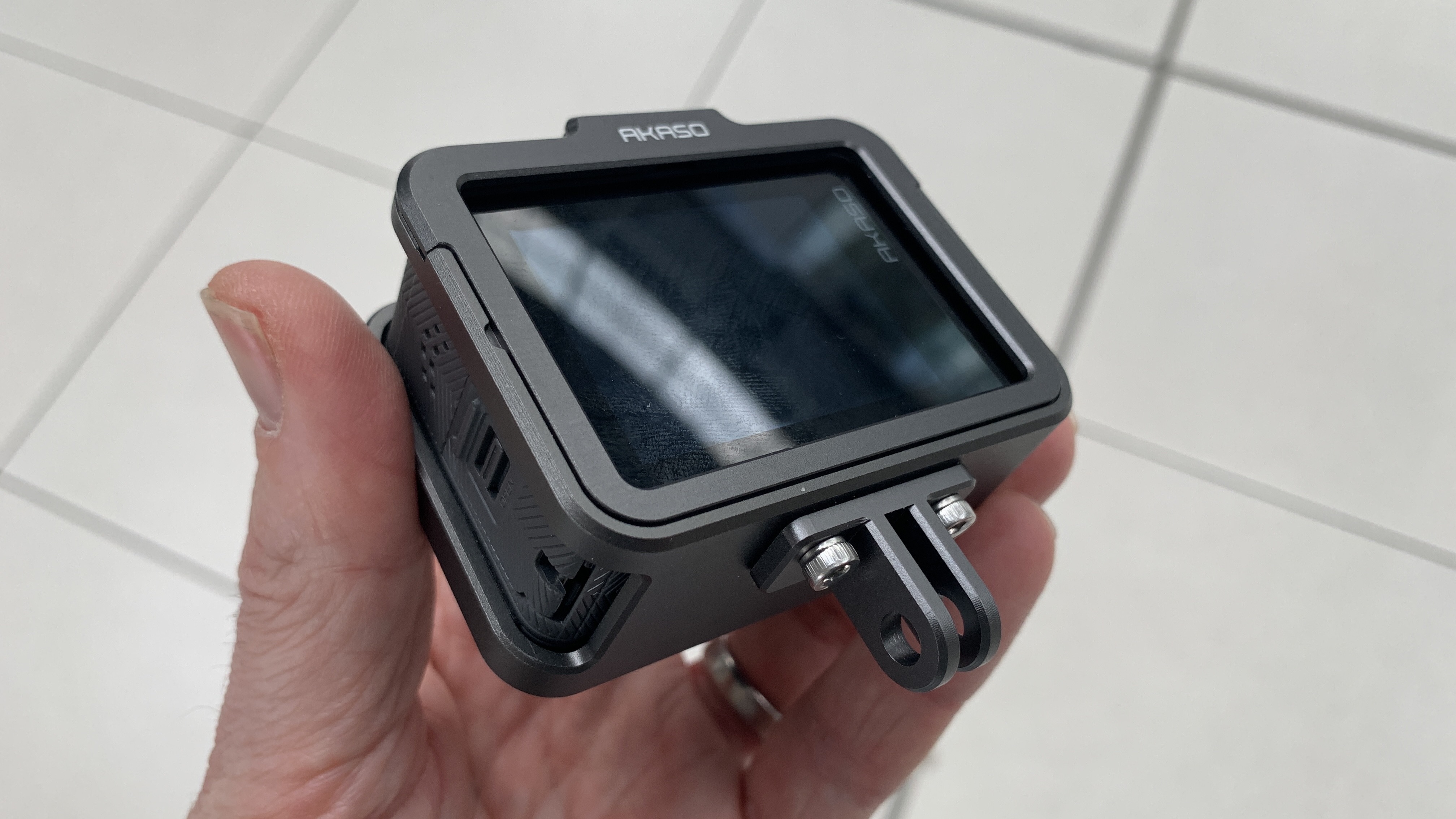
Specifications
Reasons to buy
Reasons to avoid
Akaso Brave 8 Lite sample images
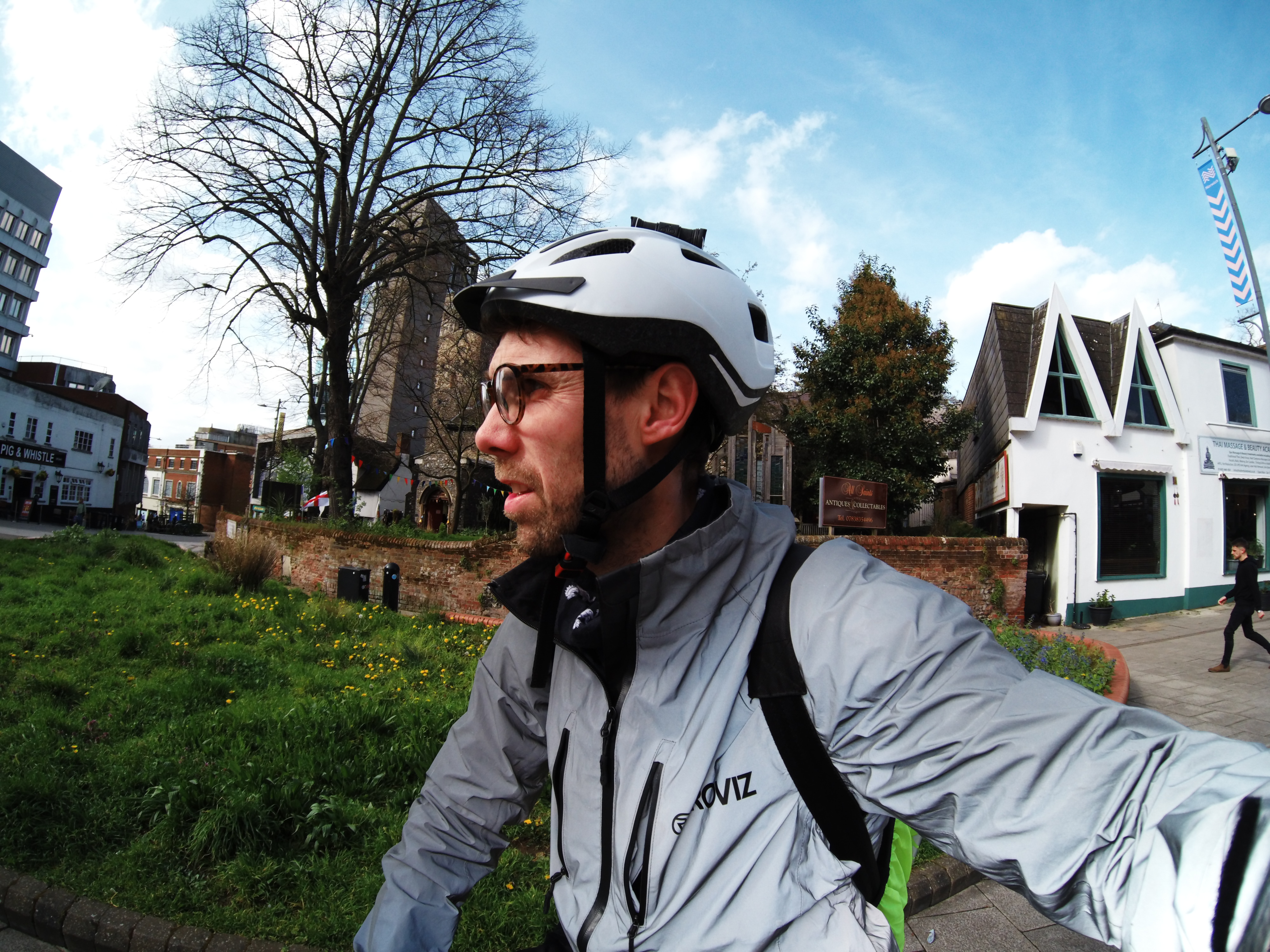

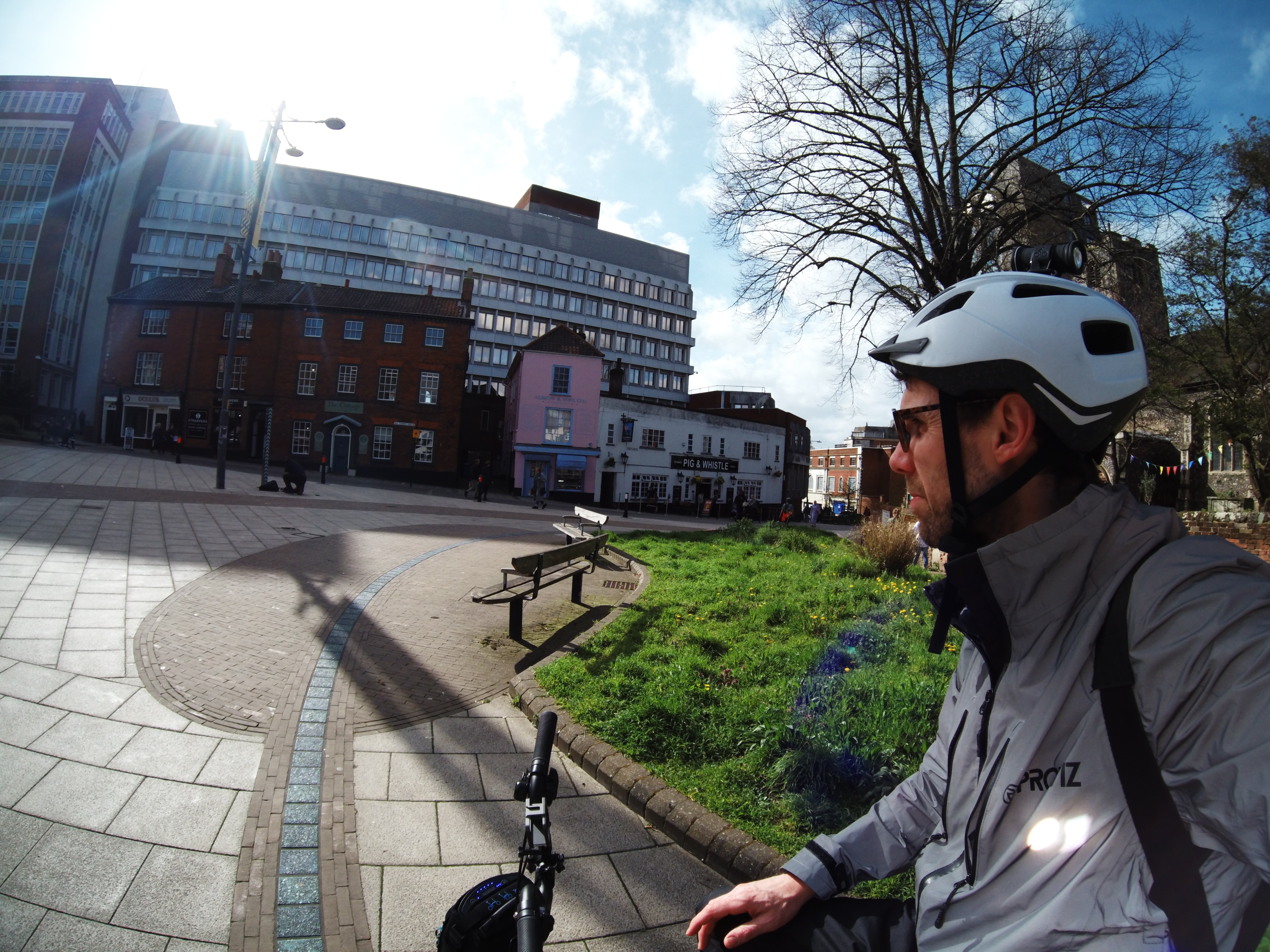
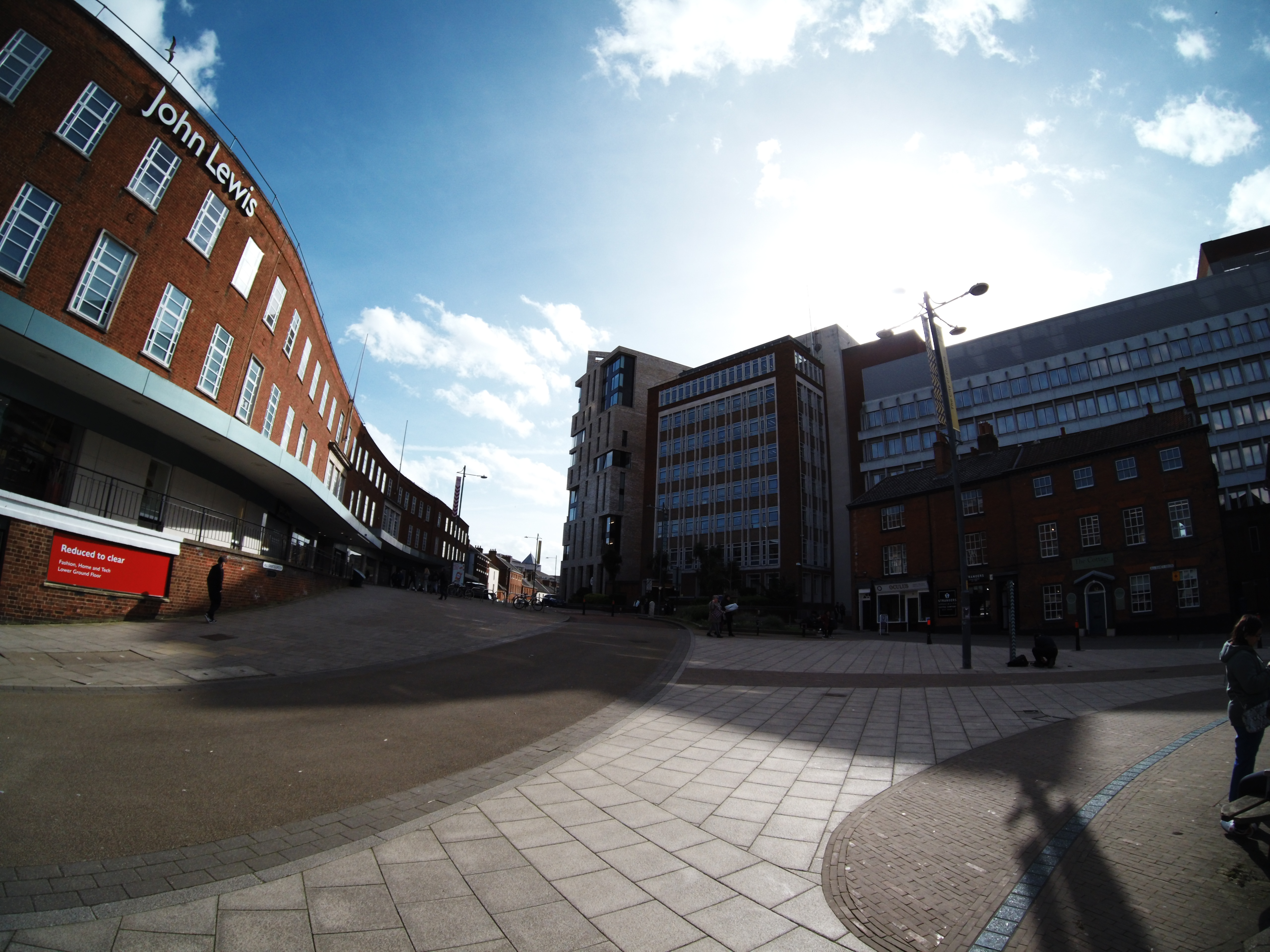
✅ You want a cheap action camera: A feature-packed 4K camera with two screens, the Akaso Brave 8 Lite represents excellent value.
✅ You want reliable build quality: Despite its affordable price, the Akaso Brave 8 Lite is a well-built action camera with 33ft / 10m waterproofing.
❌ You want the best stabilization: Akaso’s electronic image stabilization can be jumpy, and doesn’t match up to a GoPro’s Hypersmooth stabilization abilities.
❌ You want the sharpest 4K footage: 4K video from the Akaso Brave 8 Lite is good, but can appear slightly soft compared to rivals.
If you need a cheap action camera, then the Brave 8 Lite should certainly make your shortlist. Considering its sub $200 / £200 price tag and tiny proportions, it's packed with features including 33ft / 10m waterproofing, plus dual screens with a front-facing screen that's handy for vloggers and a rear touchscreen – less common at this low price point. It can also shoot 4K video and slow motion 2.7K video, although it's video skills fairly limited compared to pricier flagships from GoPro, DJI and Insta360.
The Brave 8 Lite's sensor is also a little smaller than the best action cams, which has an adverse impact on image quality. In low light detail is less crisp, while in strong light there's less detail in the highlights especially, unless you employ the HDR mode (when the camera allows it, based on your settings). Video stabilization is also relatively poor, certainly once you've tasted the best that's available elsewhere. All that being said, you'll struggle to find a more capable action cam for the money. Akaso keeps delivering compelling budget-friendly action cams and if you're like us, you'll have fun playing with it capturing your activities.
Read our in-depth Akaso Brave 8 Lite review
The best cheap tough camera
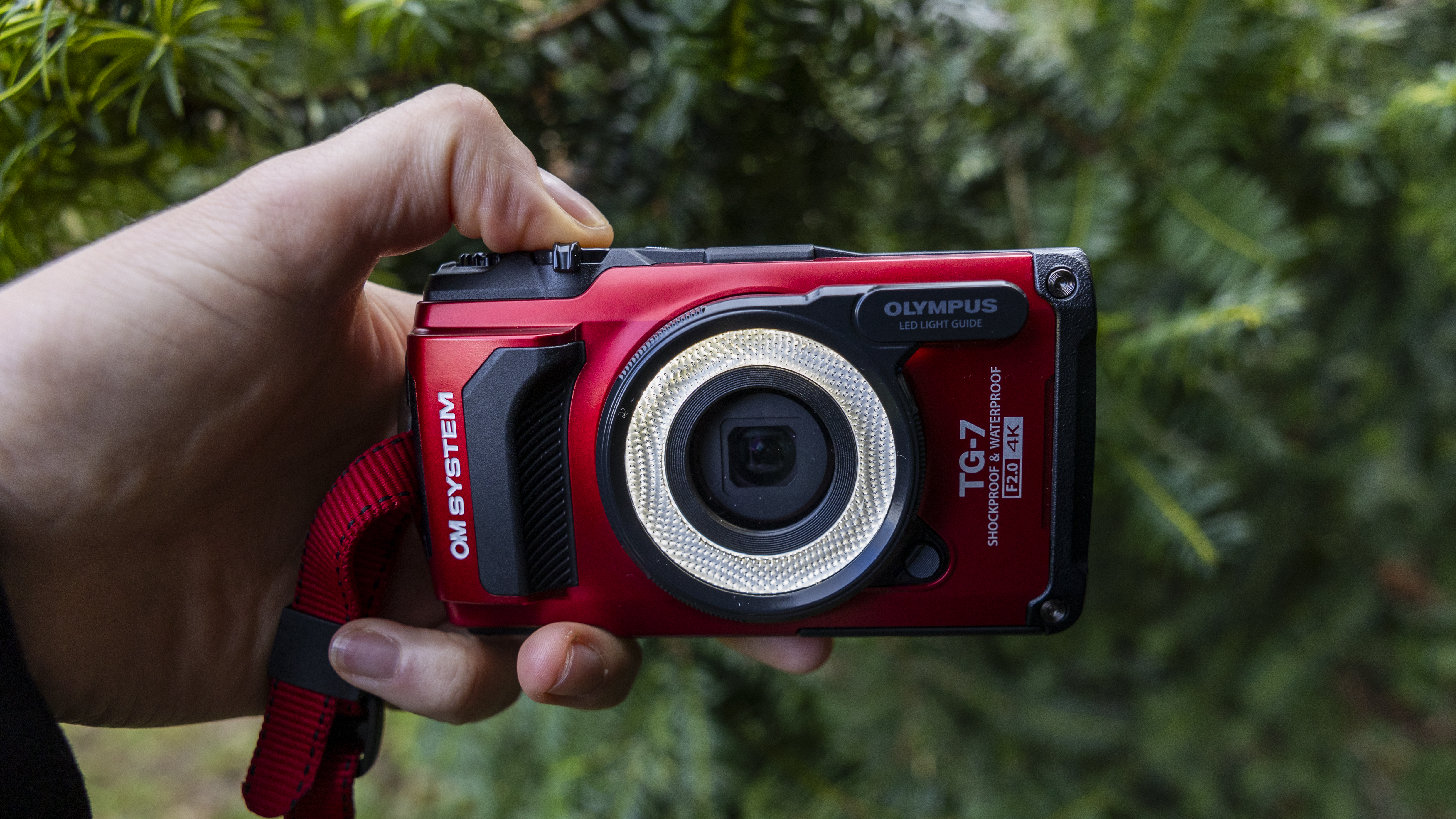

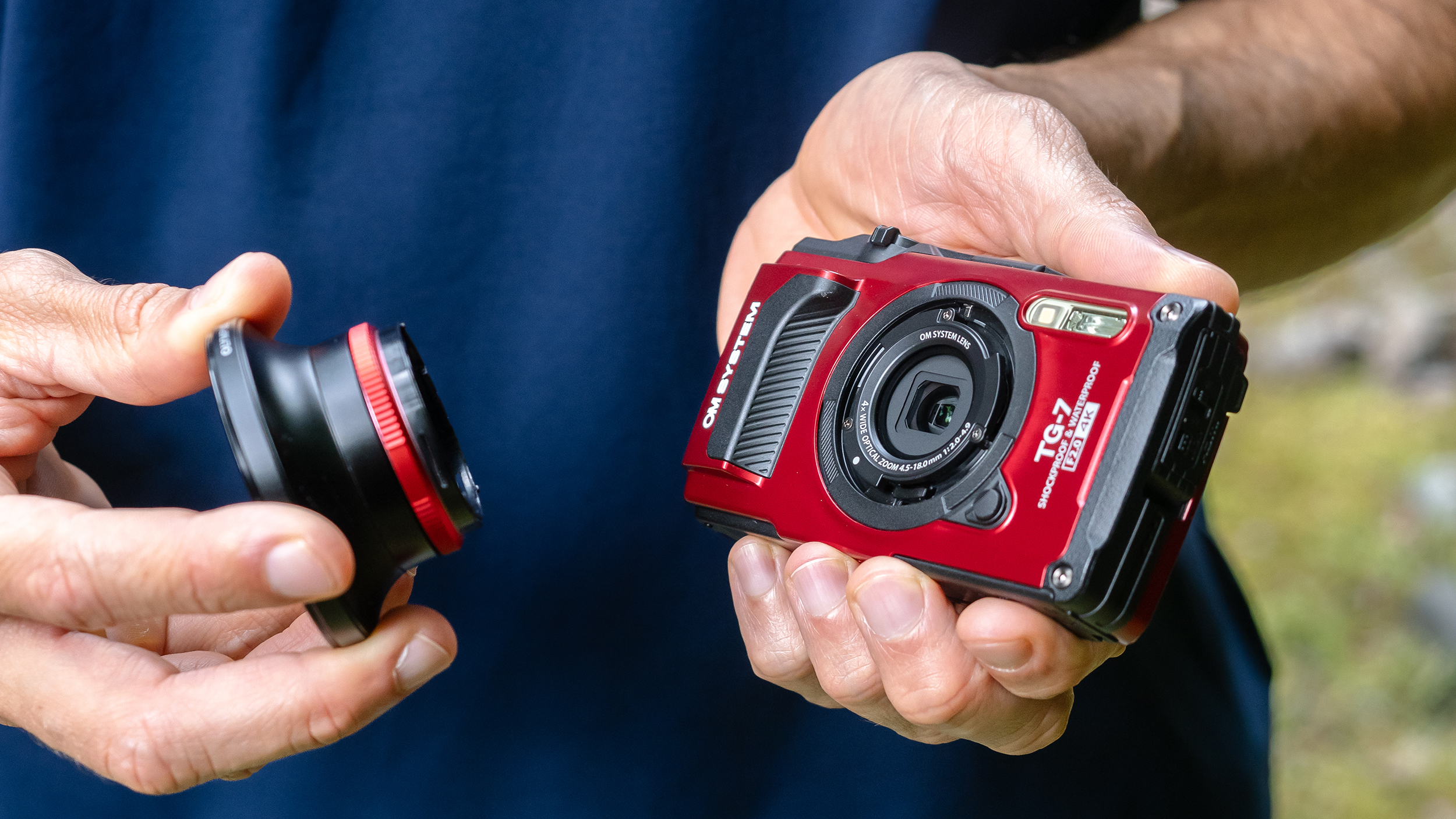
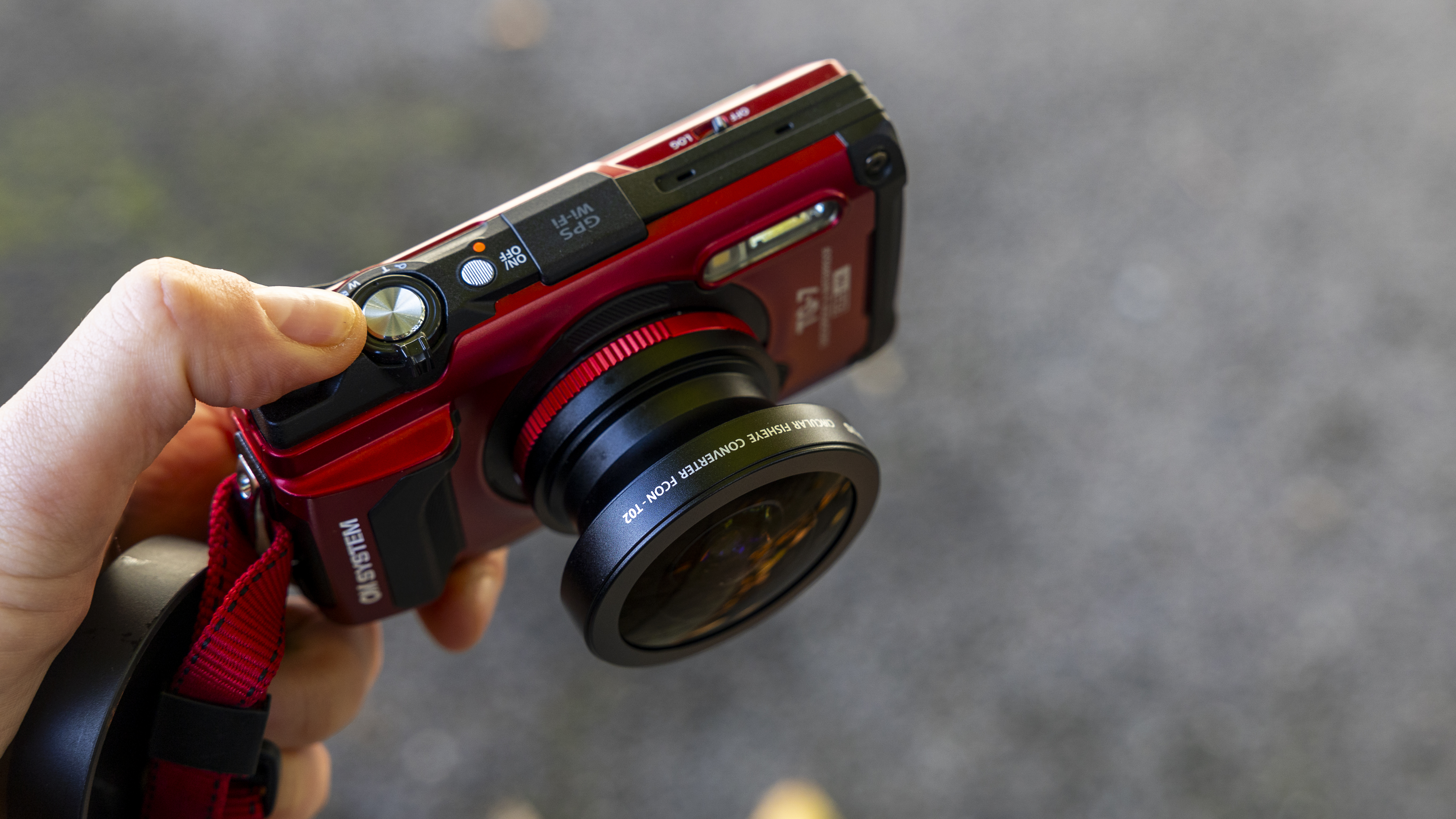
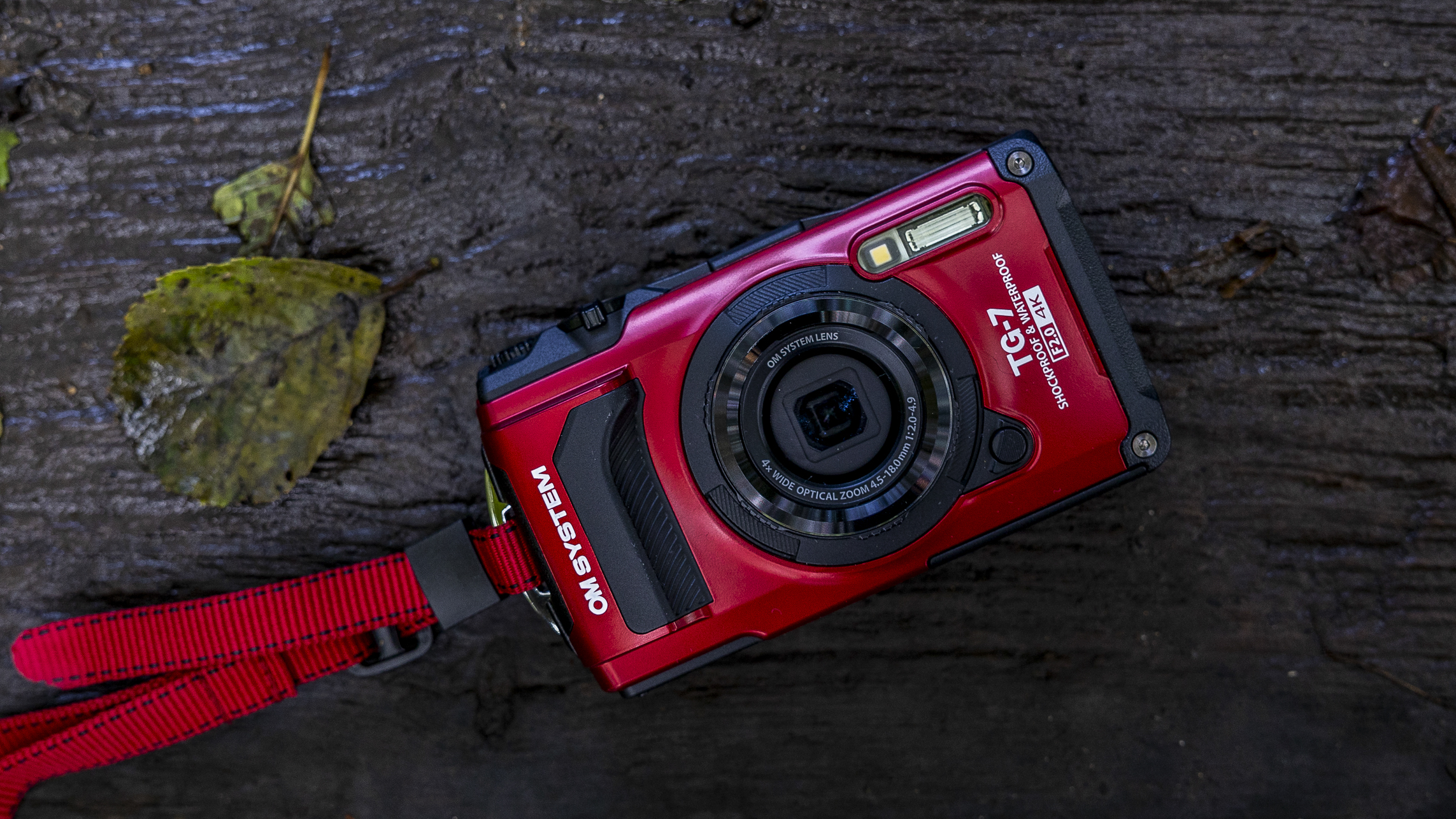
Specifications
Reasons to buy
Reasons to avoid
OM System Tough TG-7 sample images
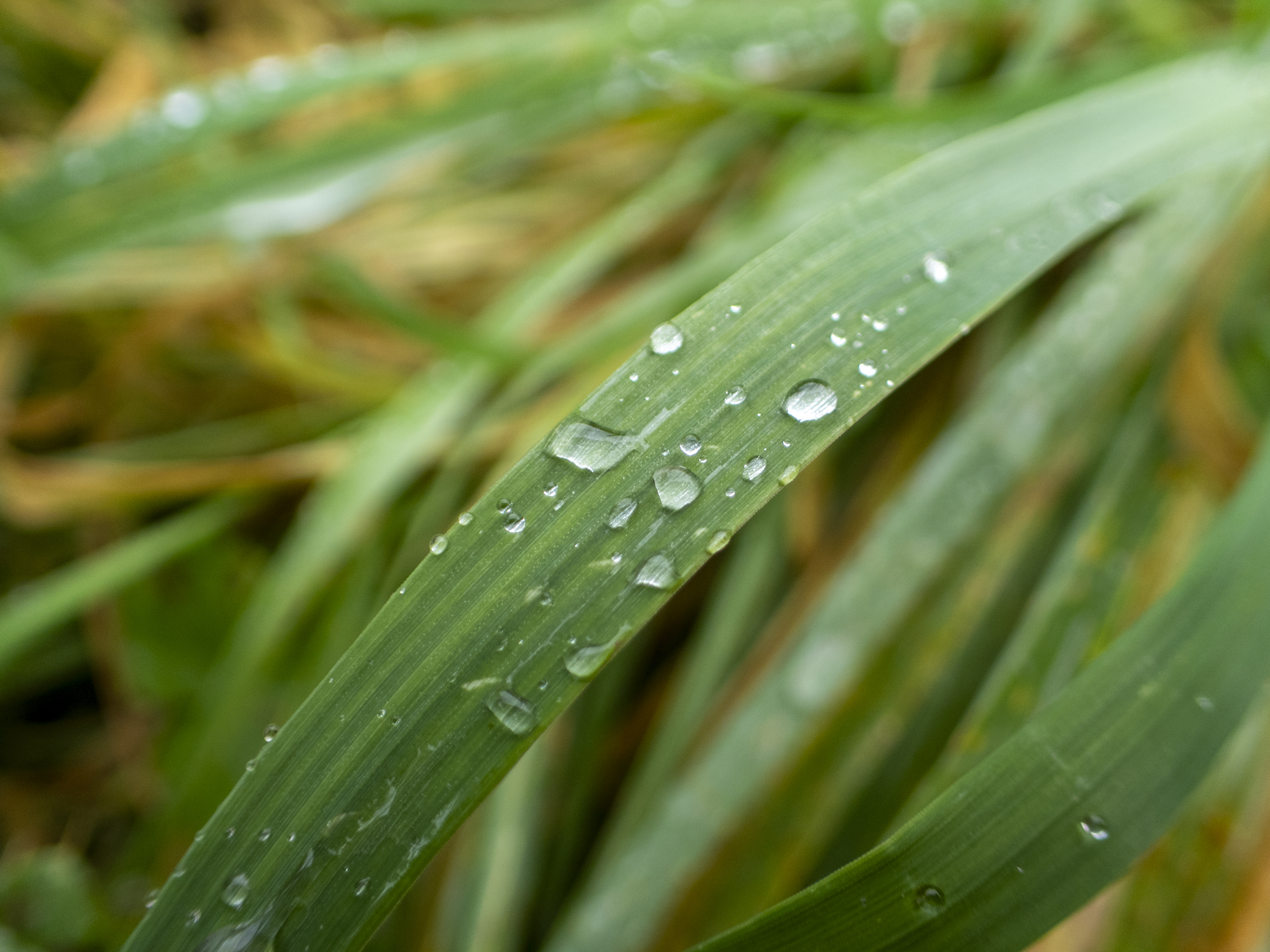

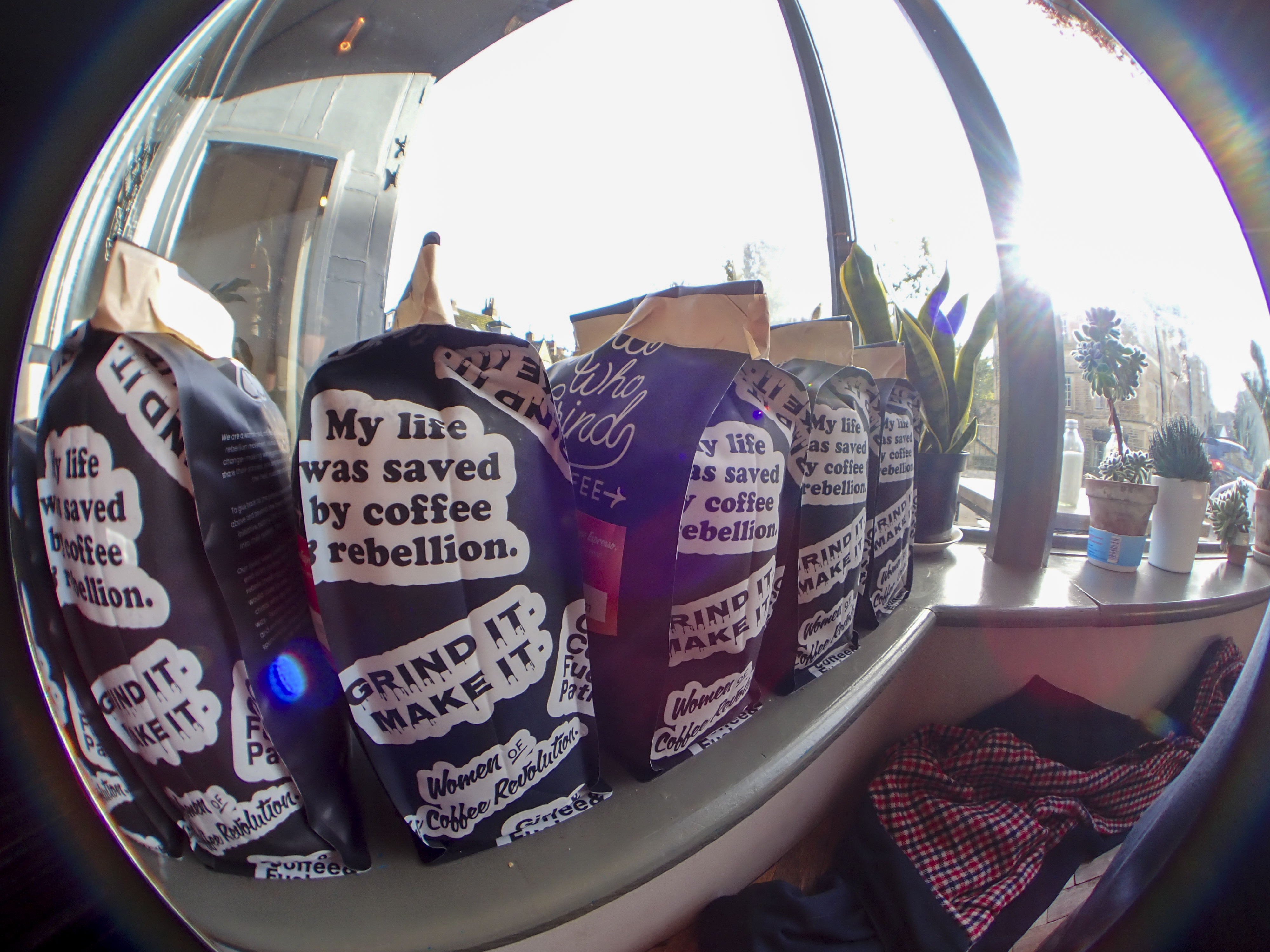
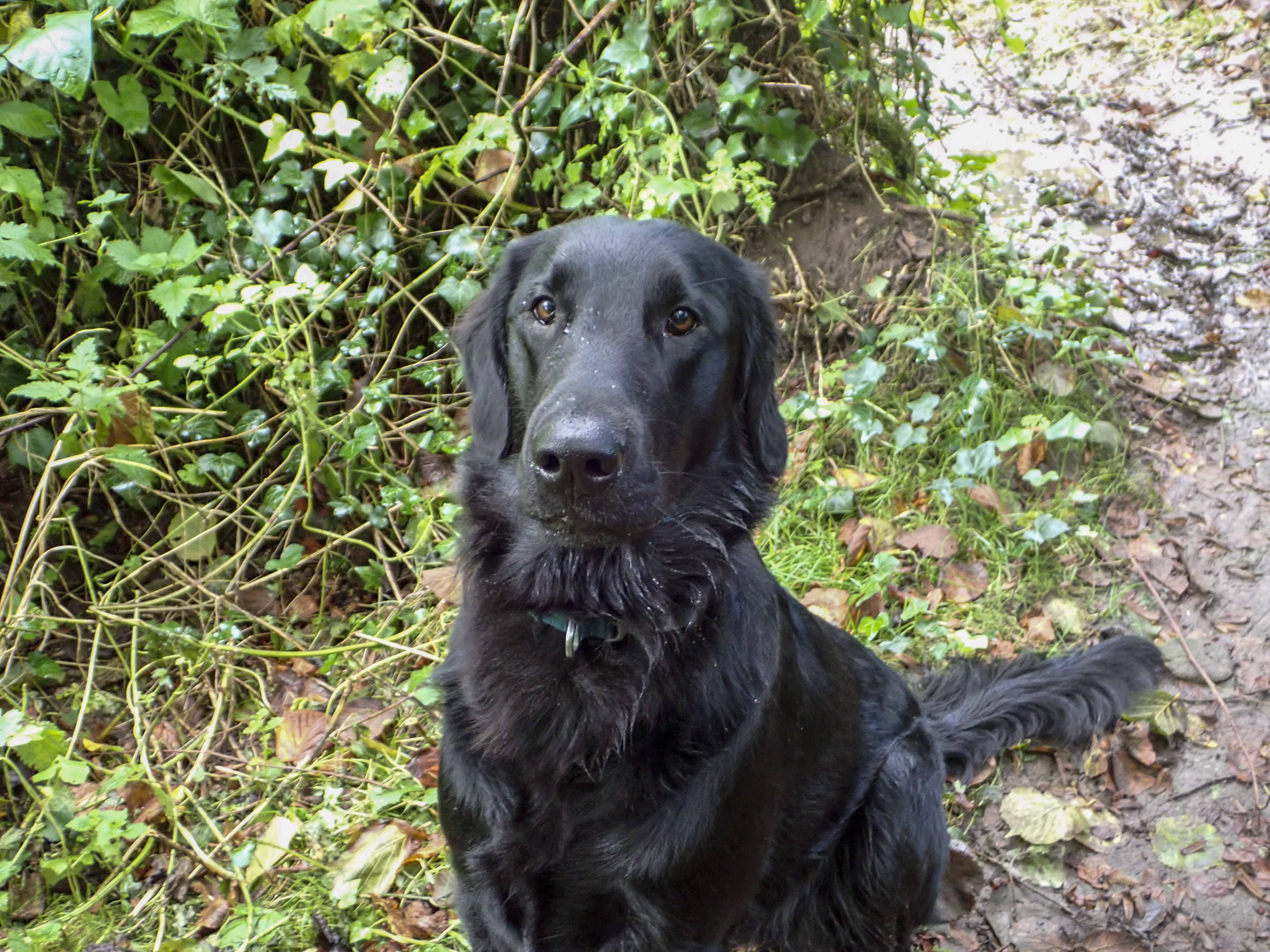
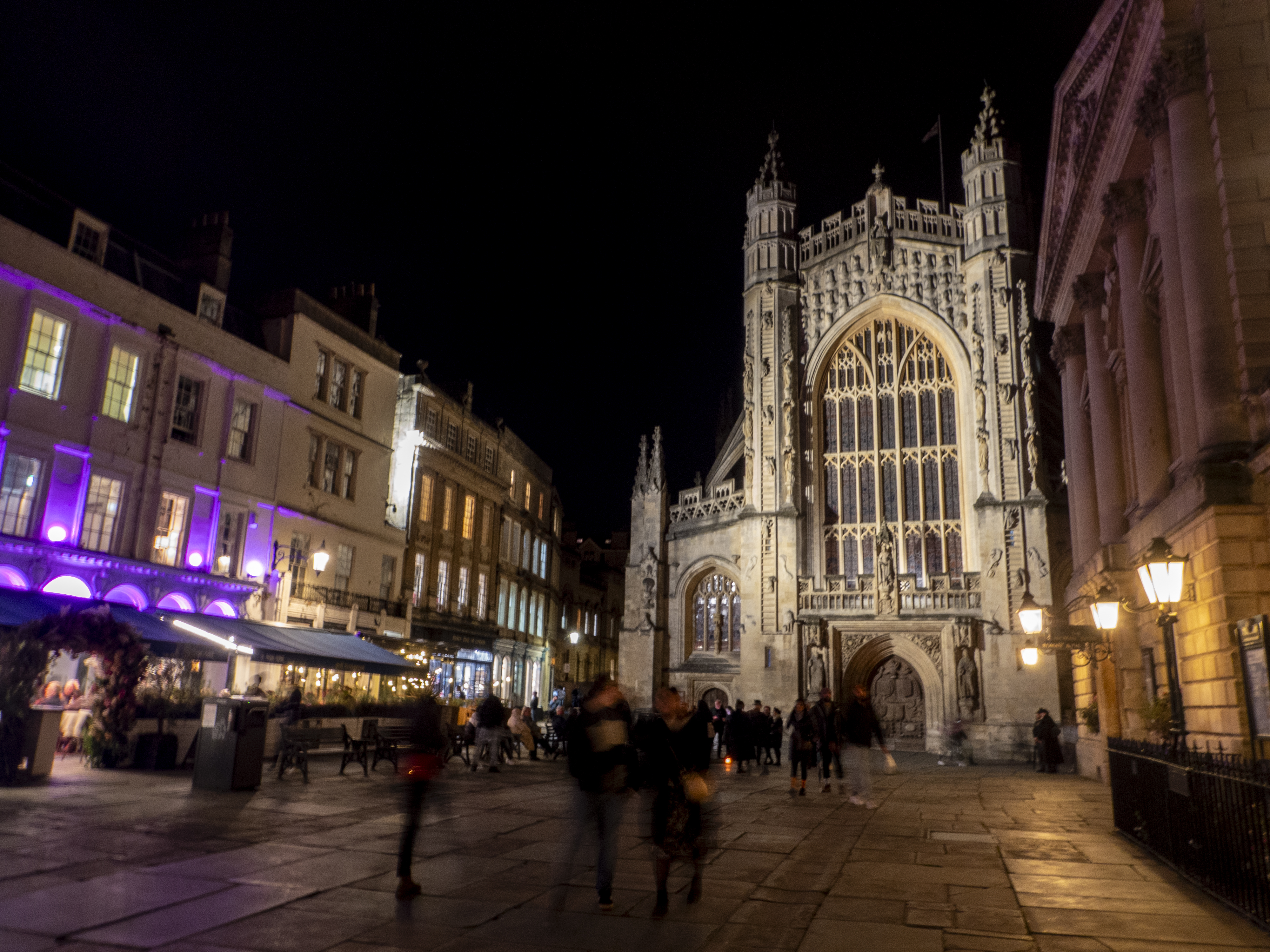
✅ You want an indestructible camera: With a build that's reinforced against water, freezing, heat and more, there's no doubting the durability of the Tough TG-7.
✅ You shoot photos in all conditions: Despite its price tag, the Tough TG-7 has a surprising number of photography features, including macro modes.
❌ You need the best image quality: Even with a variety of scene modes, the 12MP sensor yields images that don't match up to the best smartphones.
❌ You like a touchscreen interface: Tactile buttons make the TG-7 easy to interact with, but the 3-inch screen isn't touch-sensitive.
If you already own the Tough TG-6, we think you won’t find the OM System Tough TG-7 a huge upgrade. That said, it still shapes up as the ideal grab-and-go camera to take anywhere. Protected against water, drops, dust, crushing and freezing, it’s as durable as they come. We also found it an easy camera to operate in testing: while the 3-inch display isn’t touch-enabled, its array of physical buttons are helpfully tactile.
There’s no escaping that image quality from its 12MP sensor can’t compete with the best camera phones, and its 4K/30p video output looks slightly dated. But thanks to a surprising number of photography settings, including macro modes and white balance presets for different depths, the TG-7 delivers a lot for the price. If you want an unbreakable camera without breaking the bank, we think this is the one to choose.
Read our in-depth OM System Tough TG-7 review
The best cheap vlogging camera
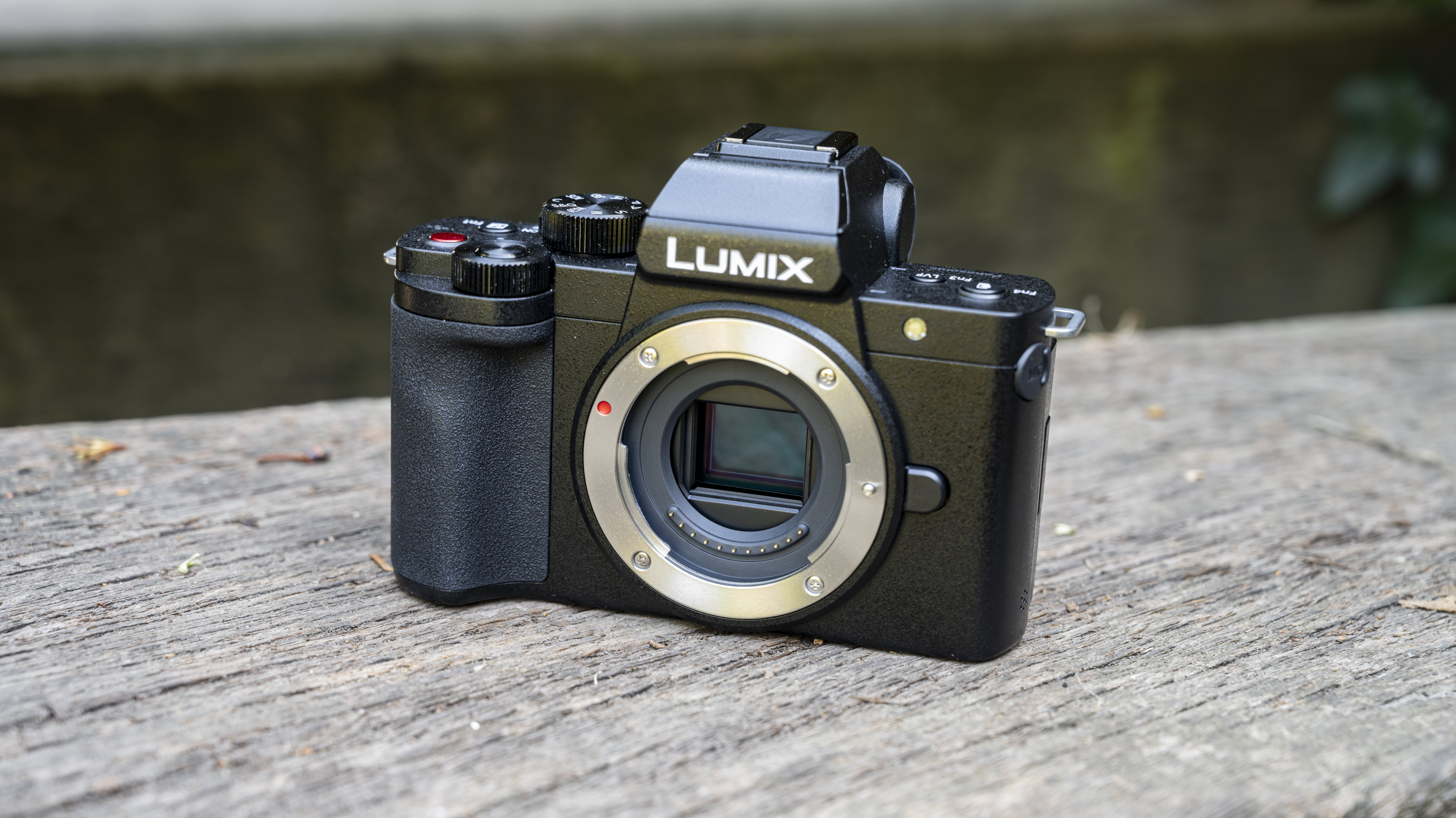
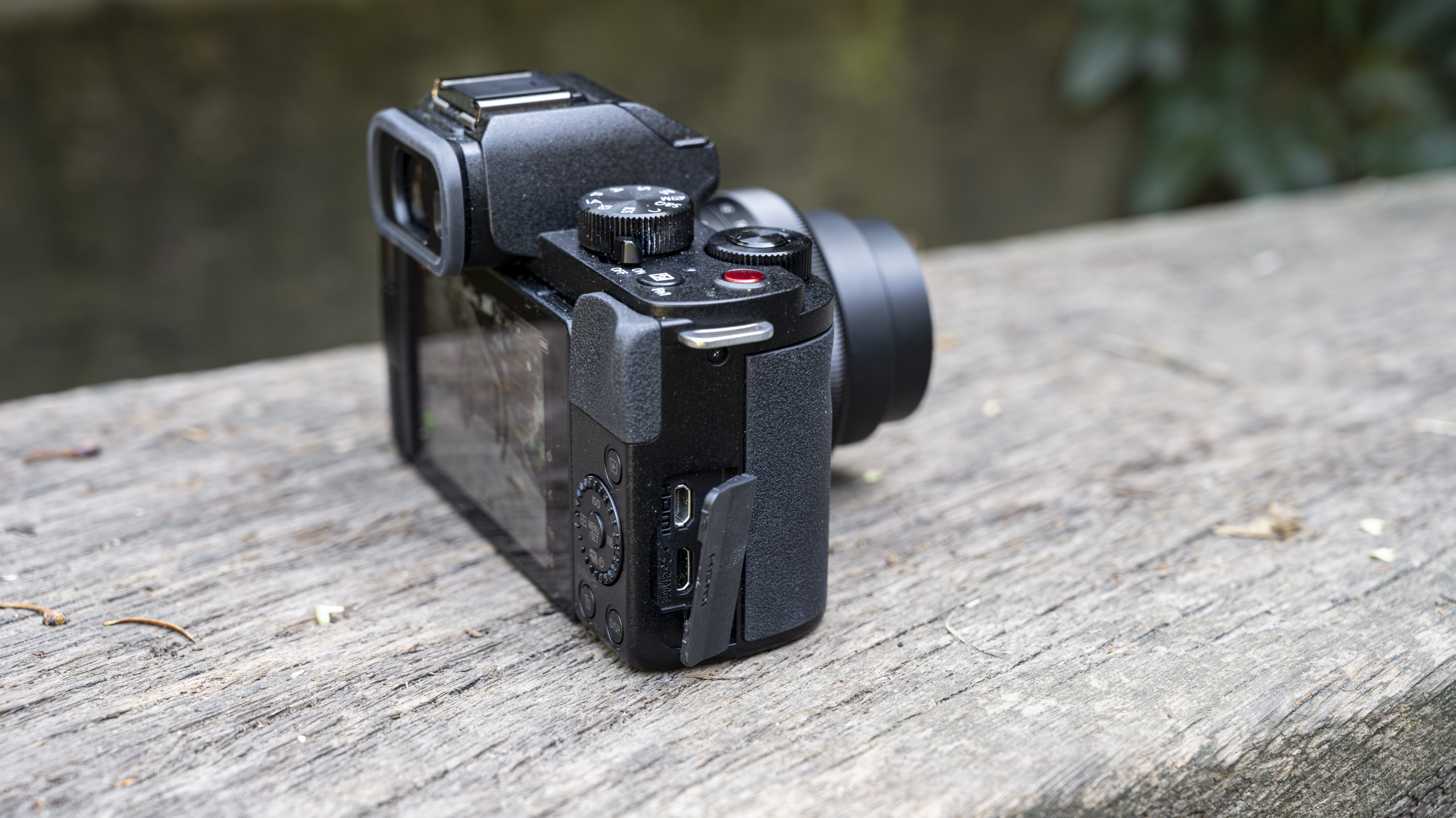
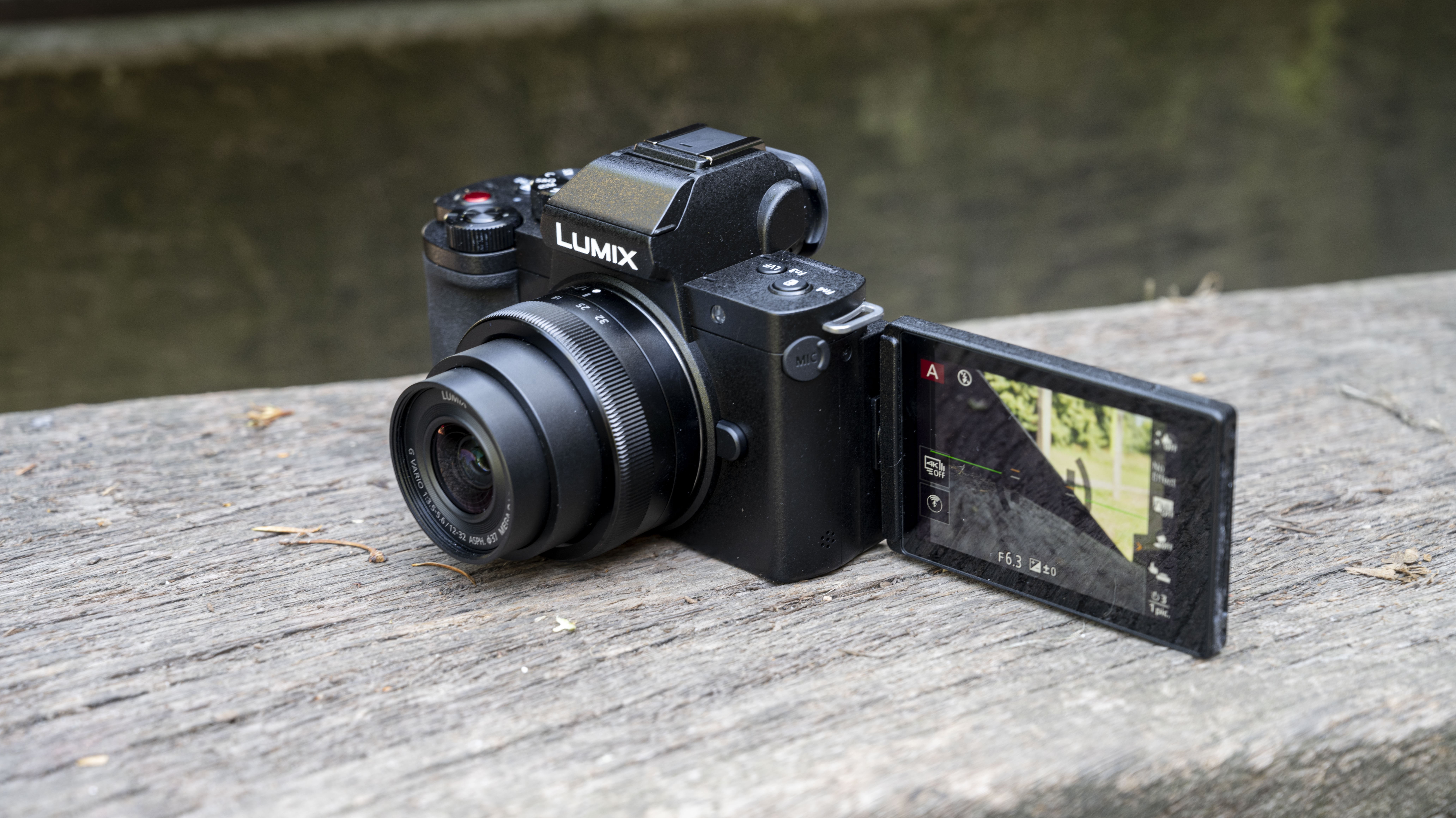
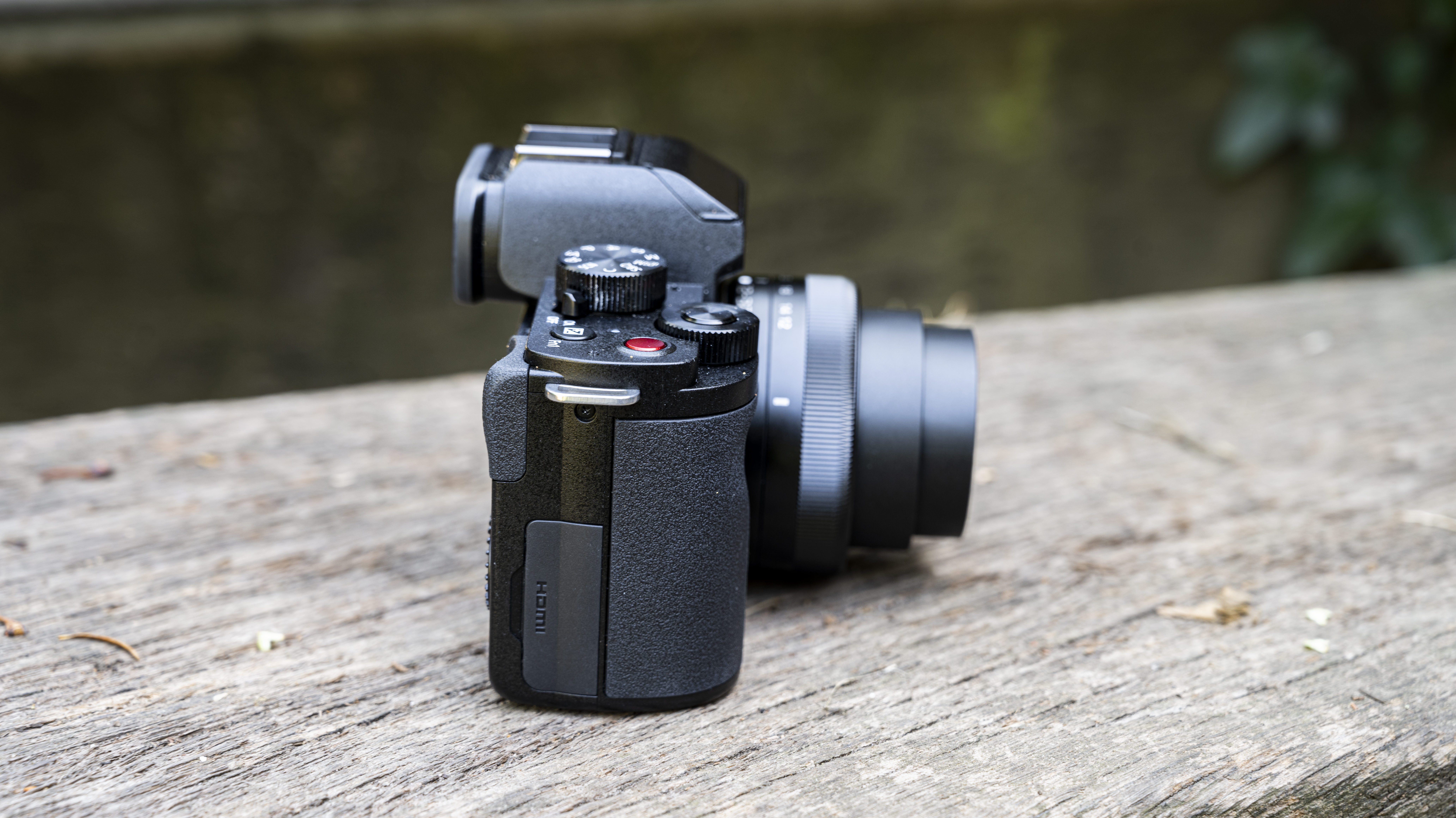
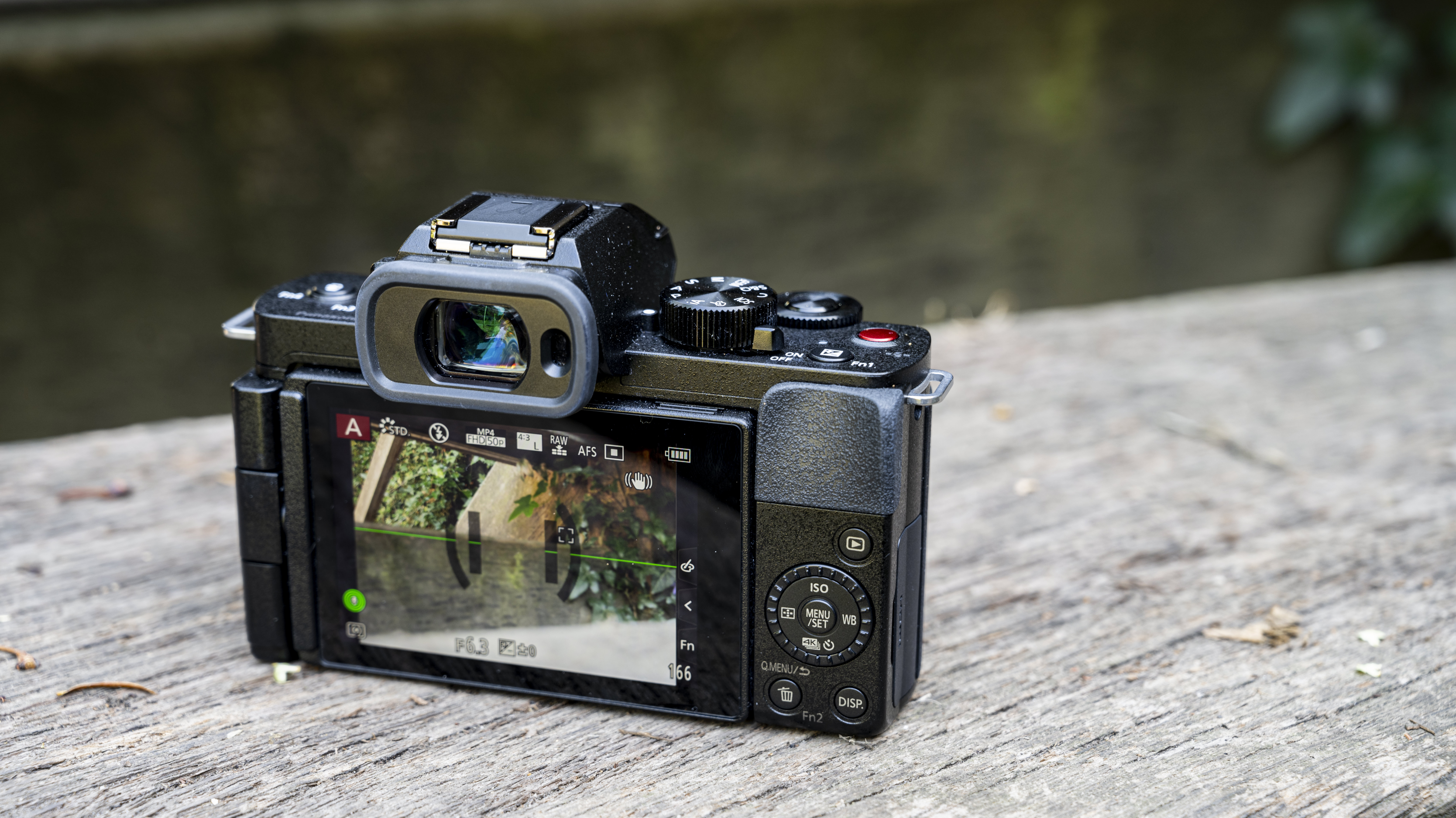
Specifications
Reasons to buy
Reasons to avoid
Panasonic Lumix G100 sample images

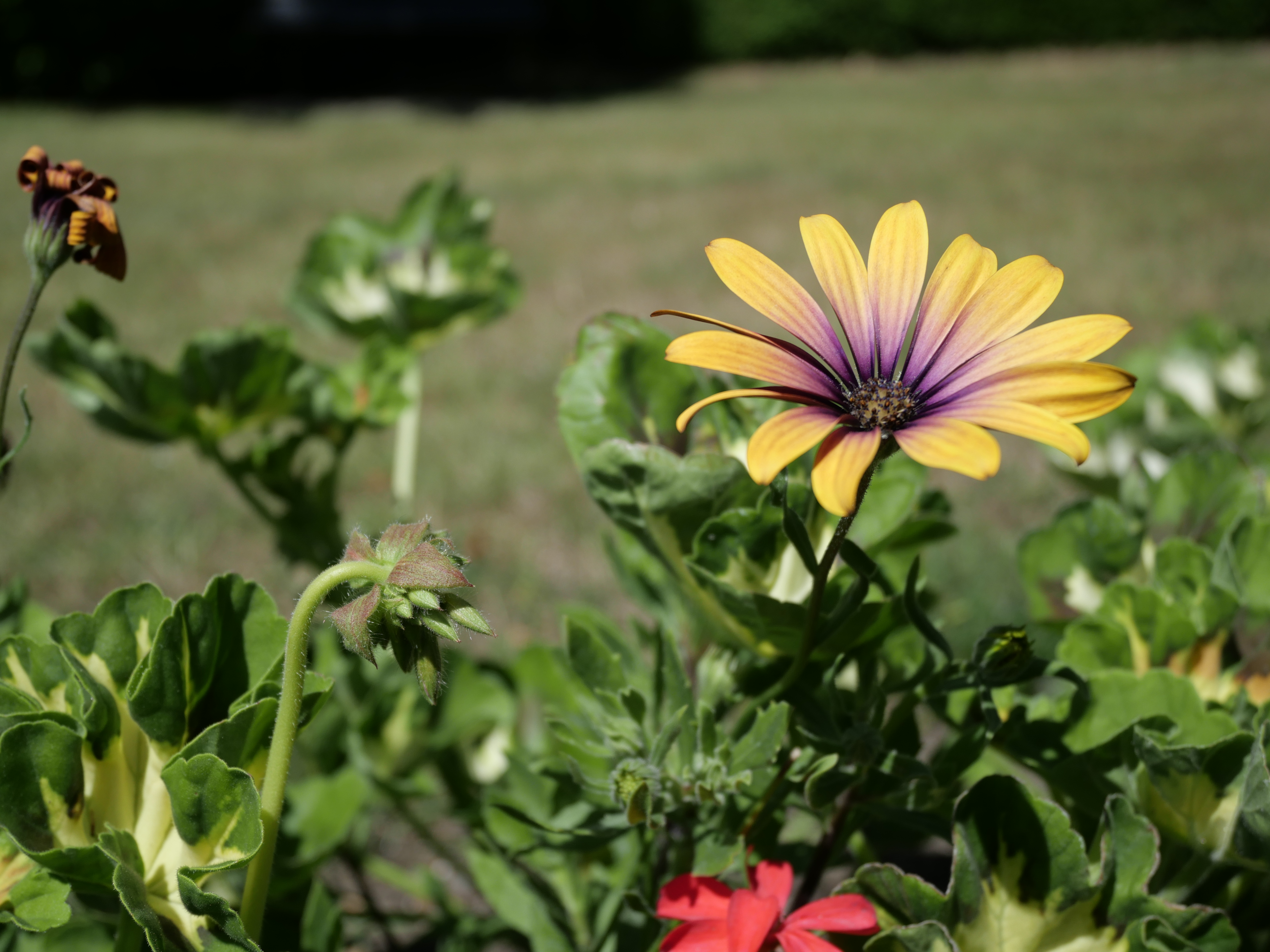

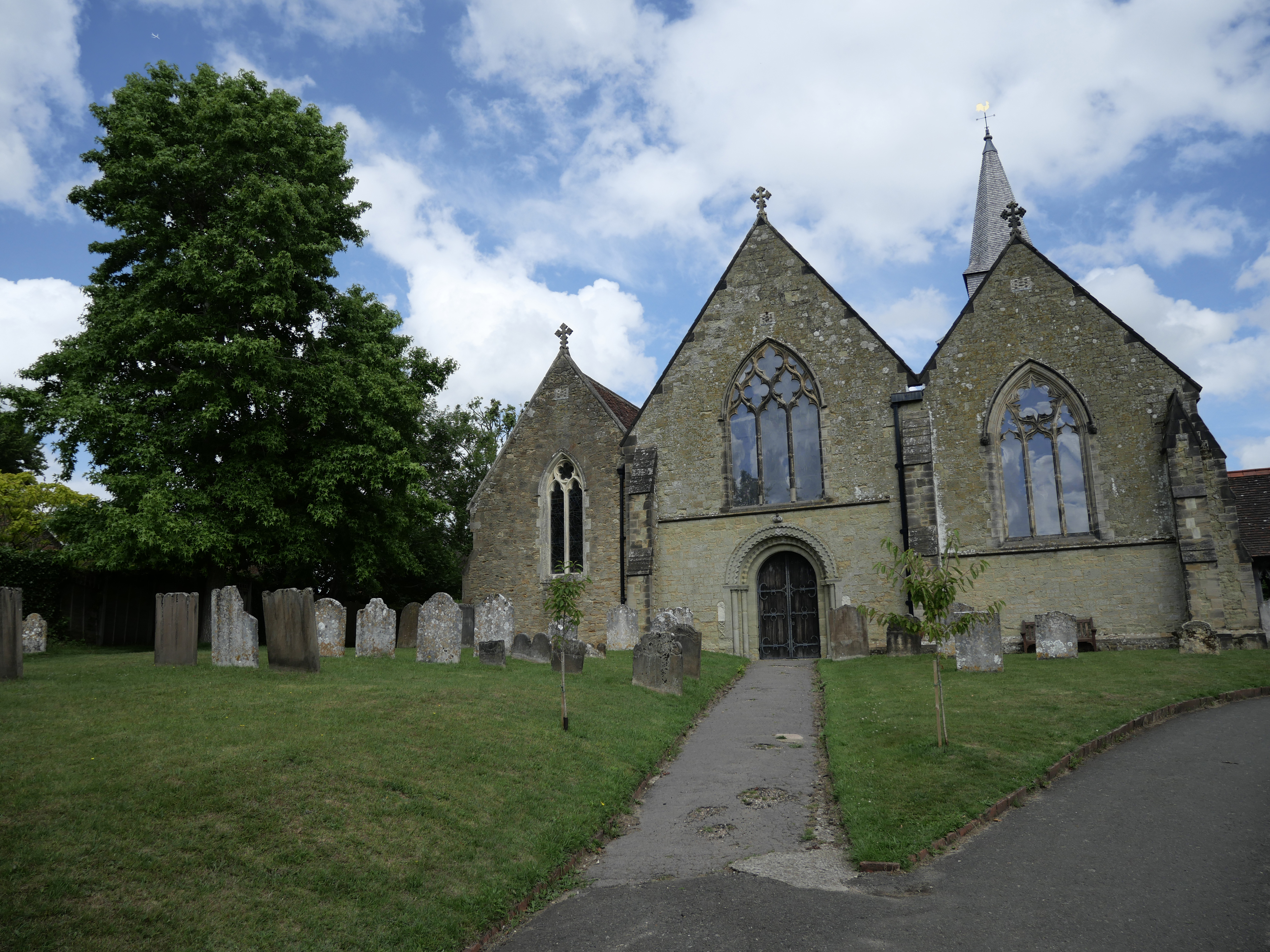
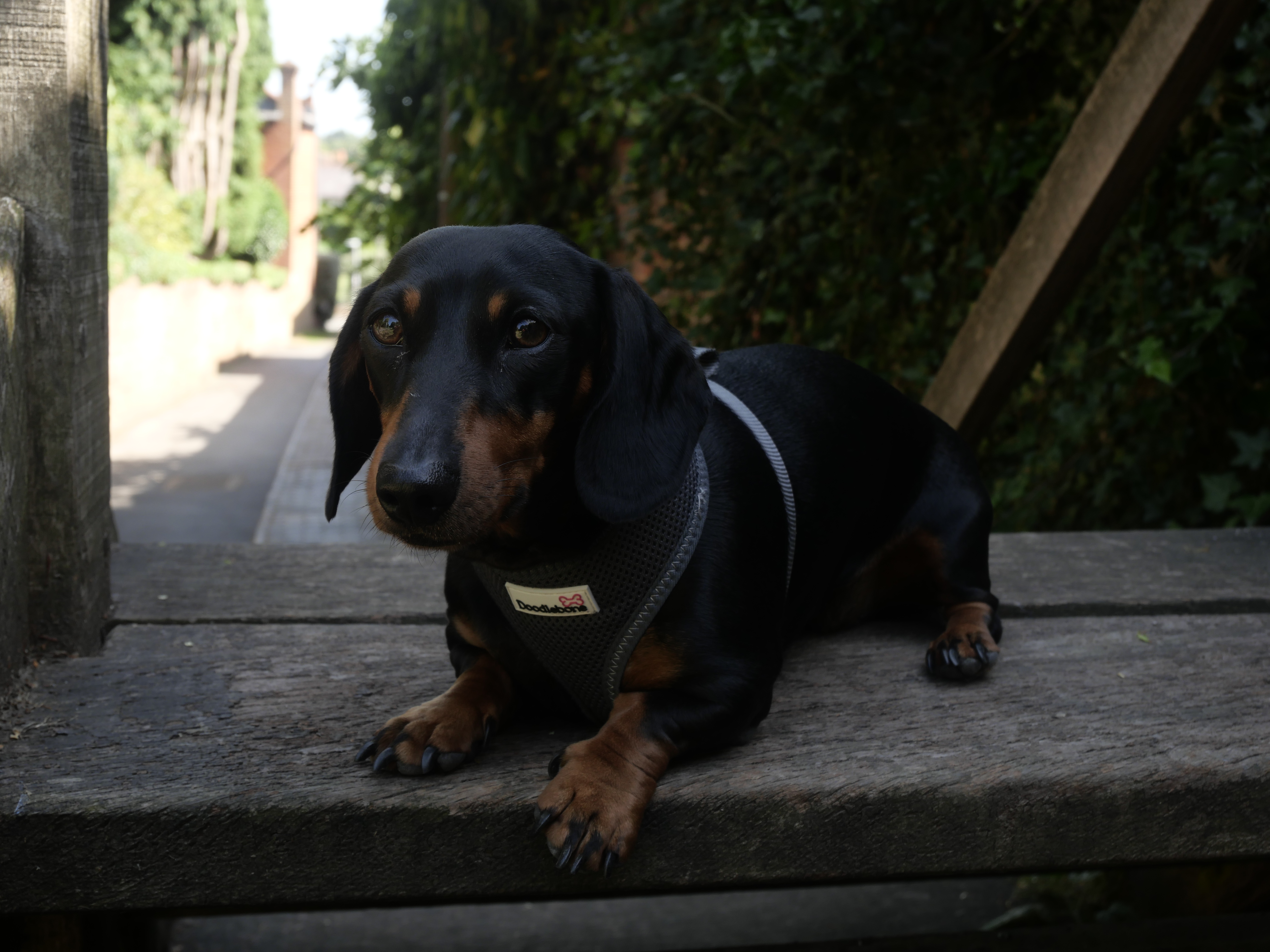
✅ You want a versatile vlogging tool: With plenty of video-focused features, including three mics, the G100 is a great choice for vloggers.
✅ You need something lightweight: Built small but powerful, the G100 is a neatly sized smartphone alternative for shooting on the move.
❌ You shoot a lot in low light: The Panasonic G100 does well in a lot of scenarios, but its small sensor struggles with a loss of detail after dark.
❌ You value direct access controls: Its smaller body is convenient, but also means the G100 doesn’t have space for many physical controls.
With a compact design and solid feature set, we think the G100 is an excellent choice for vloggers and YouTubers without a big budget. We found its small size and weight convenient in testing, making the G100 an easy camera to travel with, even if that means sacrificing the direct access controls found on larger alternatives. The G100 also benefits from a wide array of compatible Micro Four Thirds lenses, offering useful versatility.
We were impressed in our review with the video-focused features of the G100. The Nokia Ozo Audio system uses three microphones to automatically detect sound from different directions, and worked very effectively in testing. The quality of footage also proved good on the whole, with great colors and detail. We were disappointed with the loss of detail in low light, though, and the crop on 4K 30p video. If you mainly shoot stills, you’ll find better overall value from cameras like the Olympus OM-D E-M10 Mark IV. But if you’re looking for a small shooting tool with powerful video features, we think the G100 is a budget winner.
Read our in-depth Panasonic Lumix G100 review
The best cheap bridge camera
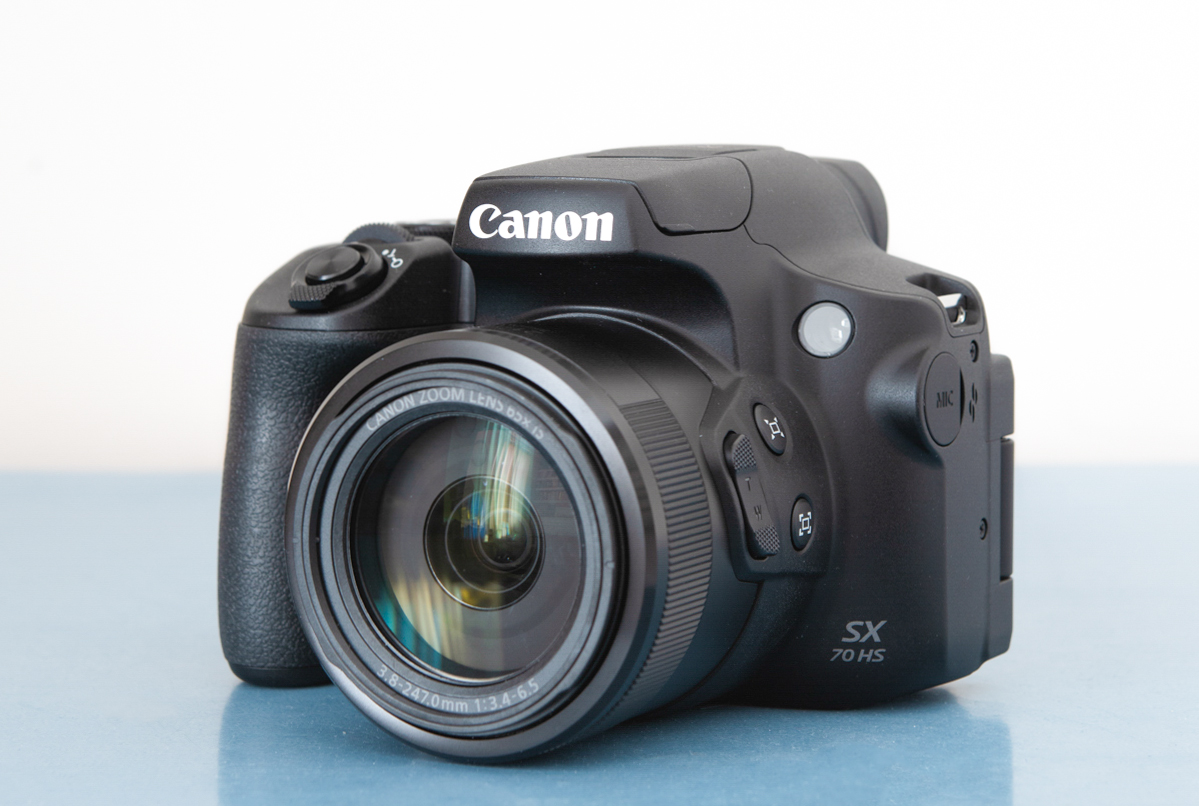
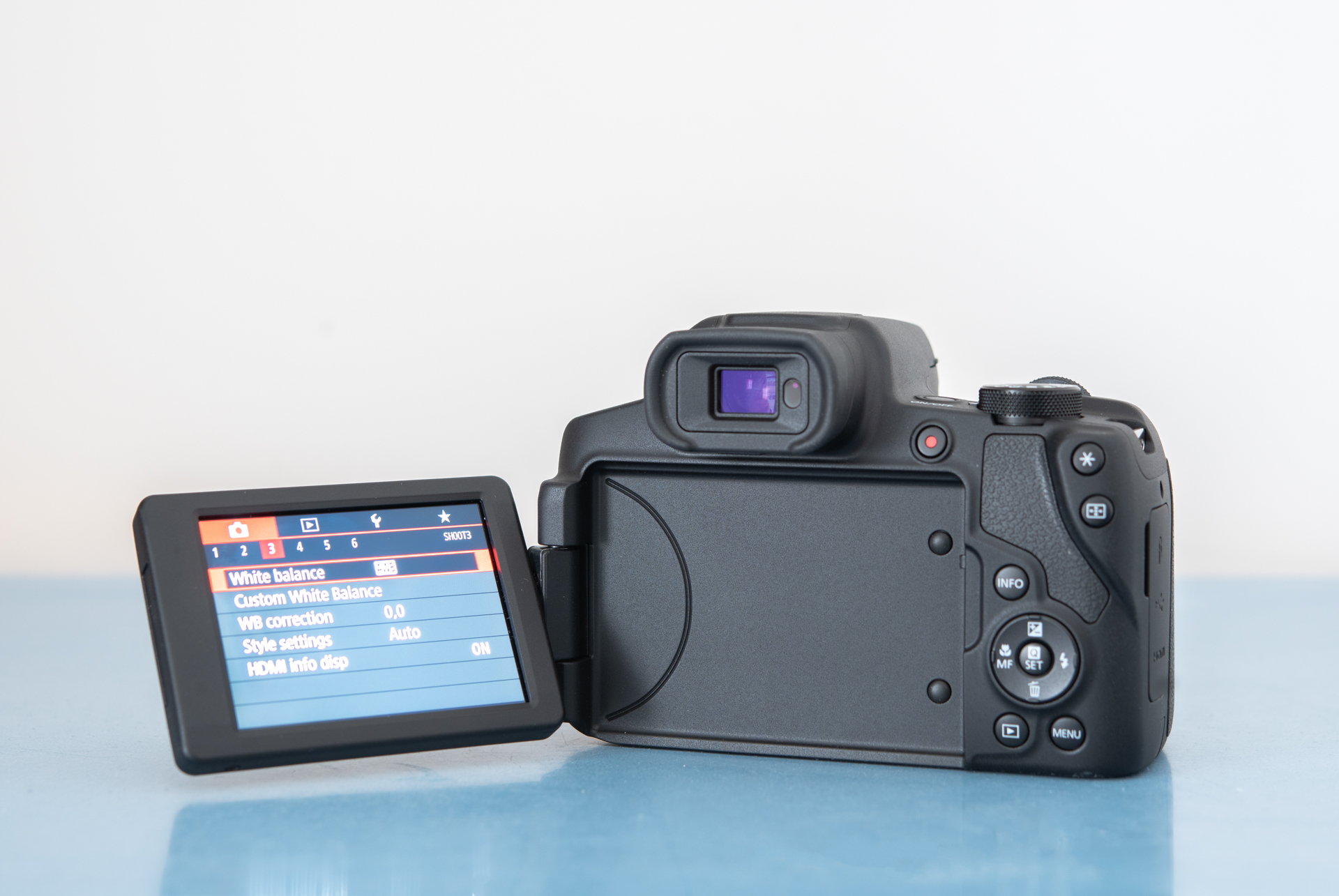
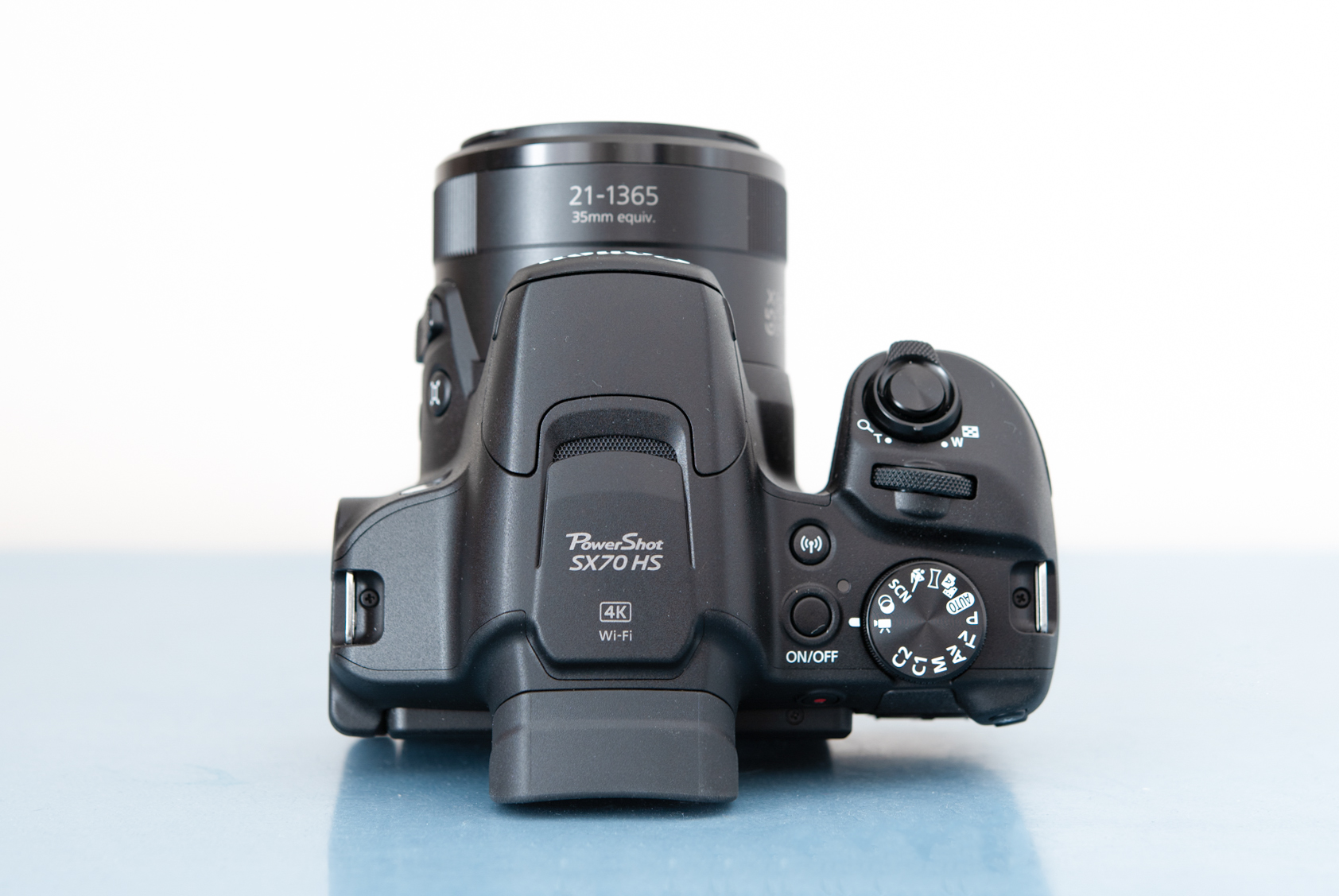
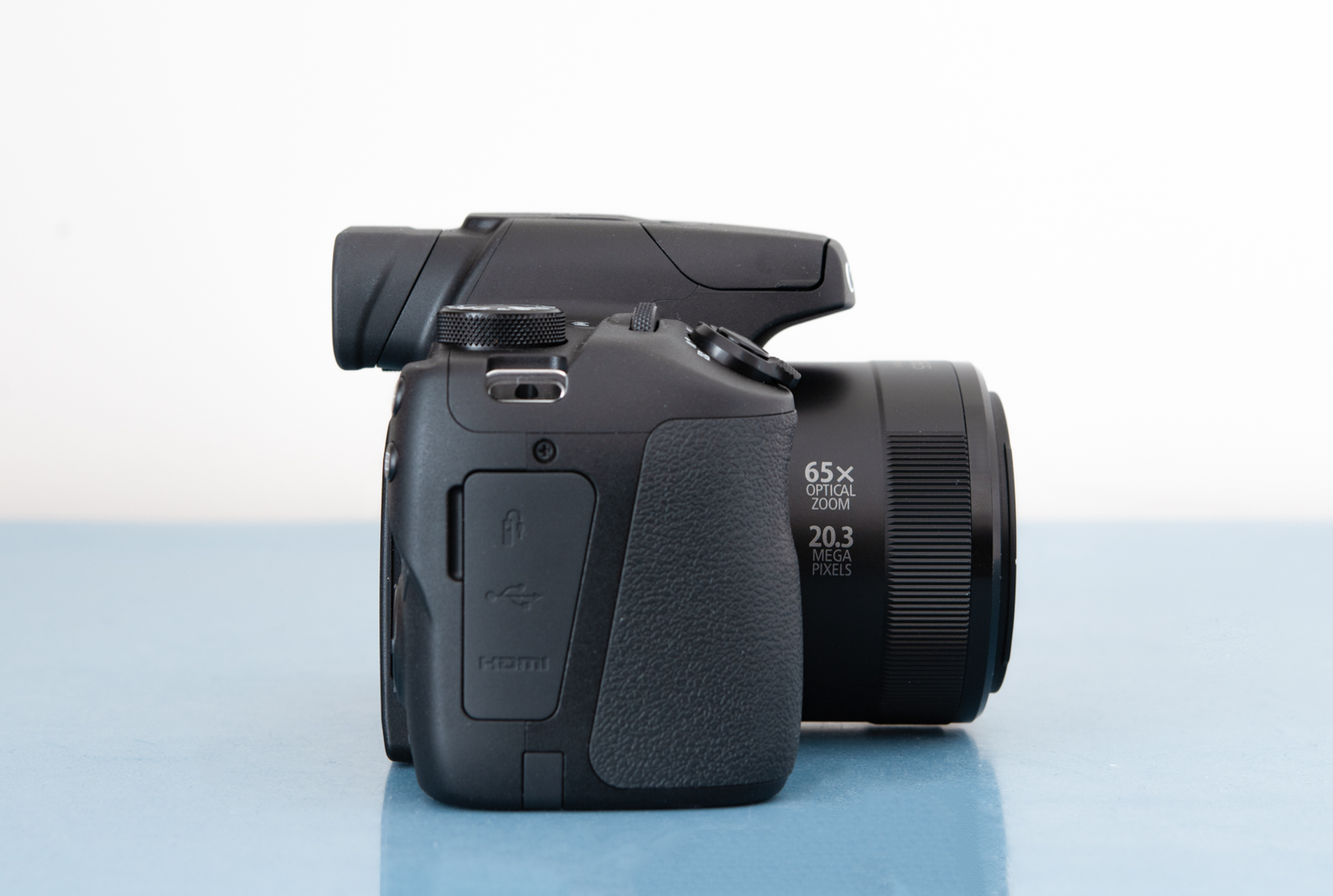
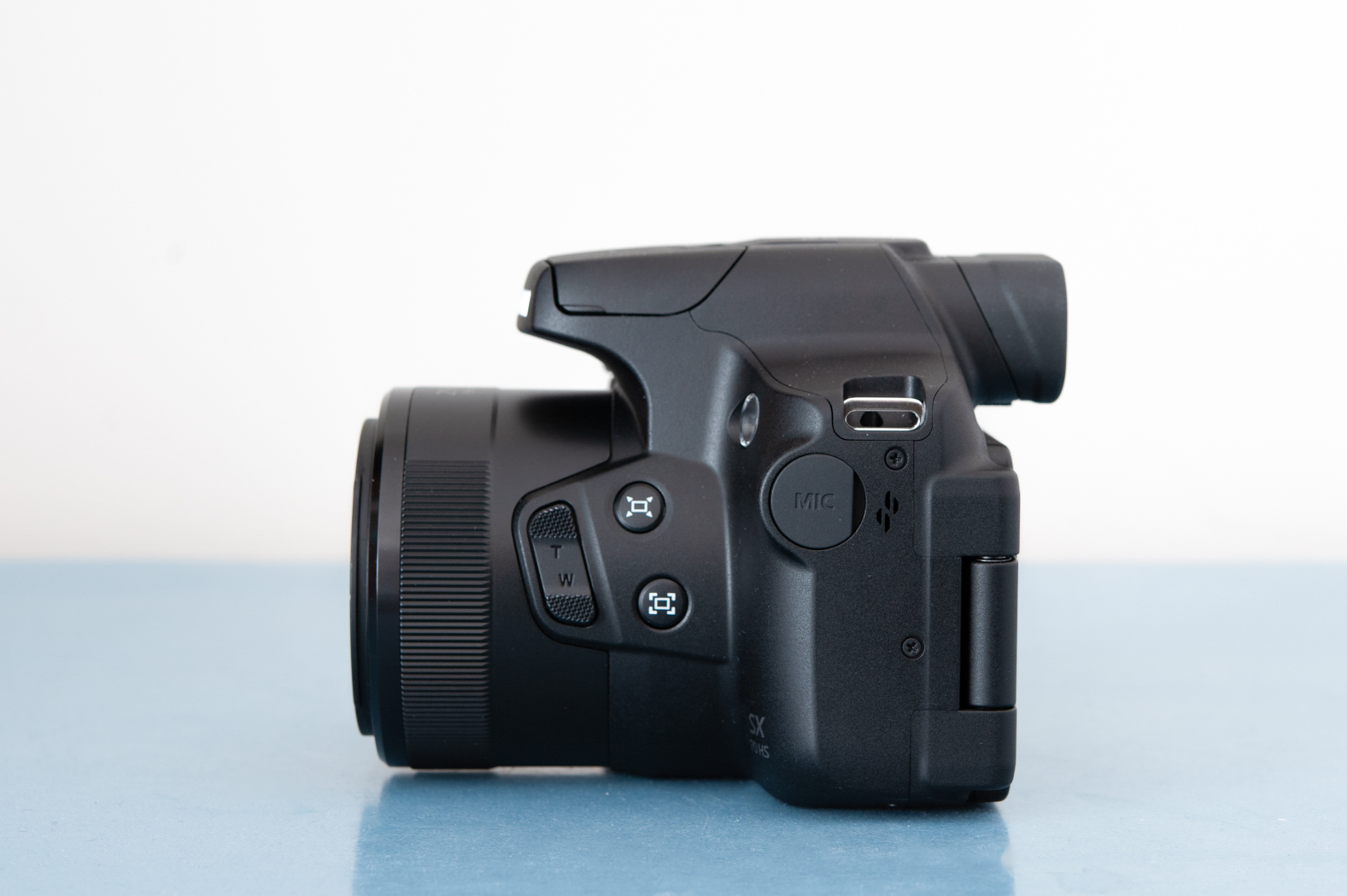
Specifications
Reasons to buy
Reasons to avoid
Canon PowerShot SX70 HS sample images





✅ You want a versatile all-in-one camera: Besides its 65x zoom, the SX70 HS has lovely handling, effective stabilization, decent 4K and solid AF.
✅ You need powerful optical zoom: With a huge zoom range equivalent to 65x, the SX70 HS has the flexibility to cover all kinds of situations.
❌ You like a camera to feel premium: The SX70 HS is excellent value, but it's clear from the feel of the build quality where costs have been cut.
❌ You like a touchscreen interface: This is a great camera to handle with a nice grip, but the lack of touch-sensitivity will be a dealbreaker for some.
With a 65x optical zoom range, we think the Canon PowerShot SX70 HS is one of the most versatile superzoom bridge cameras you can buy for the price. Not only does it cover a range of shooting scenarios, but we found it a lovely camera to shoot with in our review: it’s relatively small and lightweight, while a deep grip means it’s comfortable to hold. Build quality does unfortunately feel cheap and some users will bemoan the lack of a touchscreen, both of which are results of cost-cutting by Canon.
In terms of shooting performance, our tests found that the SX70 HS benefits from effective image stabilization, good autofocus performance and speedy operation overall. The electronic viewfinder is lovely, too, and 4K footage is decent. Results do drop off at wider angles and we noted the lack of slow-motion video options. But for the money, we think the SX70 HS brings together an impressive mount of control and range in a tidy package.
Read our in-depth Canon PowerShot SX70 HS
Also consider
Cheap video – Fujifilm X-M5: Launched in 2024, the X-M5 offers the best bang for buck for video-first users. It features incredible open gate 6K video recording, a vertical video mode and decent 26MP stills, all packed into a compact body featuring a dial for direct access to Fujifilm's popular Film Simulations.
Cheap point-and-shoot – Panasonic Lumix ZS99 / TZ99: A minor refresh of the Lumix TZ100 with the same 30x optical zoom, 20MP stills and 4K video, but with USB-C charging, the omission of an EVF and a design tweak, the Lumix ZS99 / TZ99 is one of the few point-and-shoots available new in 2025.
Cheap mirrorless – Canon EOS R100: The EOS R100 is probably the cheapest mirrorless camera you can buy new, and is regularly on sale for unbeatable prices. It accepts Canon RF-mount lenses, is equipped with the same 24MP APS-C sensor found in pricier models like the EOS R10, though its video recording capabilities are basic, as is its fixed LCD that's not touch sensitive. See past those cons, and this could be a superb starter camera especially if learning photography is your primary goal.
Cheap full-frame – Nikon Z5: If the Canon EOS RP doesn't float your boat, then Nikon's Z5 is another full-frame mirrorless camera that falls below $1,000 / £1,000 in the sales. Handling-wise, it offers a comfy grip and solid build, plus a logical control layout and decent 3.69m-dot EVF, while its 24MP stills are lovely too. Burst shooting is modest, as is its 4K video skills, but overall the Z5 feels great and is a solid shooter.
Best cheap GoPro – GoPro Hero 10 Black: Go back three iterations from the current Hero 13 Black, which costs $399 / £399 new, and you land on the Hero 10 Black which is available for around half the price. Considering GoPro has somewhat slowed down the hardware improvements in its flagship series of action cams, and the Hero 10 Black remains a capable action camera today, with 4K video, 4K slow motion and superb stabilization.
Meet the team
Our expert team of reviewers has much experience testing and understanding the best cheap cameras. Many of our experts have been enjoying the latest cheap cameras for longer than TechRadar has existed, and our expertise is instilled into the information you find in this guide.

Tim is TechRadar's Cameras Editor and has been cutting his teeth in the photo and video industry for almost 20 years. He looks after all of TechRadar's cameras content, covering buying guides, features, reviews and news. He's shot a lot of video in his career, so he's intimately familiar with what a good video camera looks and feels like.

Rod is an independent photographer and photography journalist with more than 30 years' experience. He's previously worked as Head of Testing for Future’s photography magazines, including Digital Camera, N-Photo, PhotoPlus, Professional Photography, Photography Week and Practical Photoshop, and as Reviews Editor on Digital Camera World.

Mark is TechRadar's Senior news editor and has been a technology journalist since 2004. Formerly Trusted Reviews and TechRadar's cameras editor, Mark has tested cameras over many years from all of the leading brands.
Matt has written and reviewed cameras for just about every leading photo publication, including Digital Camera World (where he was Editor), What Digital Camera, WEX and of course TechRadar.

Paul is a digital expert. In the 20 years since he graduated with a first-class honours degree in Computer Science, Paul has been actively involved in a variety of different tech and creative industries that make him the go-to guy for reviews, opinion pieces, and featured articles. You'll also find his writing in other places, including Creative Bloq, Digital Camera World, and 3D World Magazine.
How to choose the best cheap camera for you
How to choose the best cheap camera
Buying a budget camera will usually mean accepting a few compromises. A cheaper DSLR might not capture 4K footage, for example, while a more affordable mirrorless model may lack a viewfinder or shoot at lower burst speeds than its costlier competitors. But whichever type of camera you decide to buy, you should consider what and how you like to shoot – and make sure that, at the very least, it ticks the key boxes for your specific needs.
So if you normally shoot stills, a cheap camera’s video skills are less important. Instead of focusing on whether it can capture 4K footage, look for something with a decent sensor and a relatively high resolution (20MP and above). Similarly, if you’re happy framing with an optical viewfinder and using buttons to navigate system menus, you don’t need to worry too much about whether a camera has a sharp touchscreen interface. But it is always worth making sure that a camera’s handling is comfortable and that its physical controls are useful and accessible.
If you’re shopping for an affordable travel camera, your focus should be battery life and zoom versatility. Don’t get too caught up in software tricks or raw shooting. Those are nice extras, but it’s much easier to edit JPEGs when you’re back home than it is to crop in on a faraway subject.
And if you’re planning to buy an interchangeable lens camera, be sure to consider the cost of lenses. A camera body might be cheap, but expensive glass will limit your ability to experiment with different barrels. Look for a camera with a popular lens mount (Micro Four Thirds, for example) to ensure you have maximum flexibility when it comes to buying new glass.
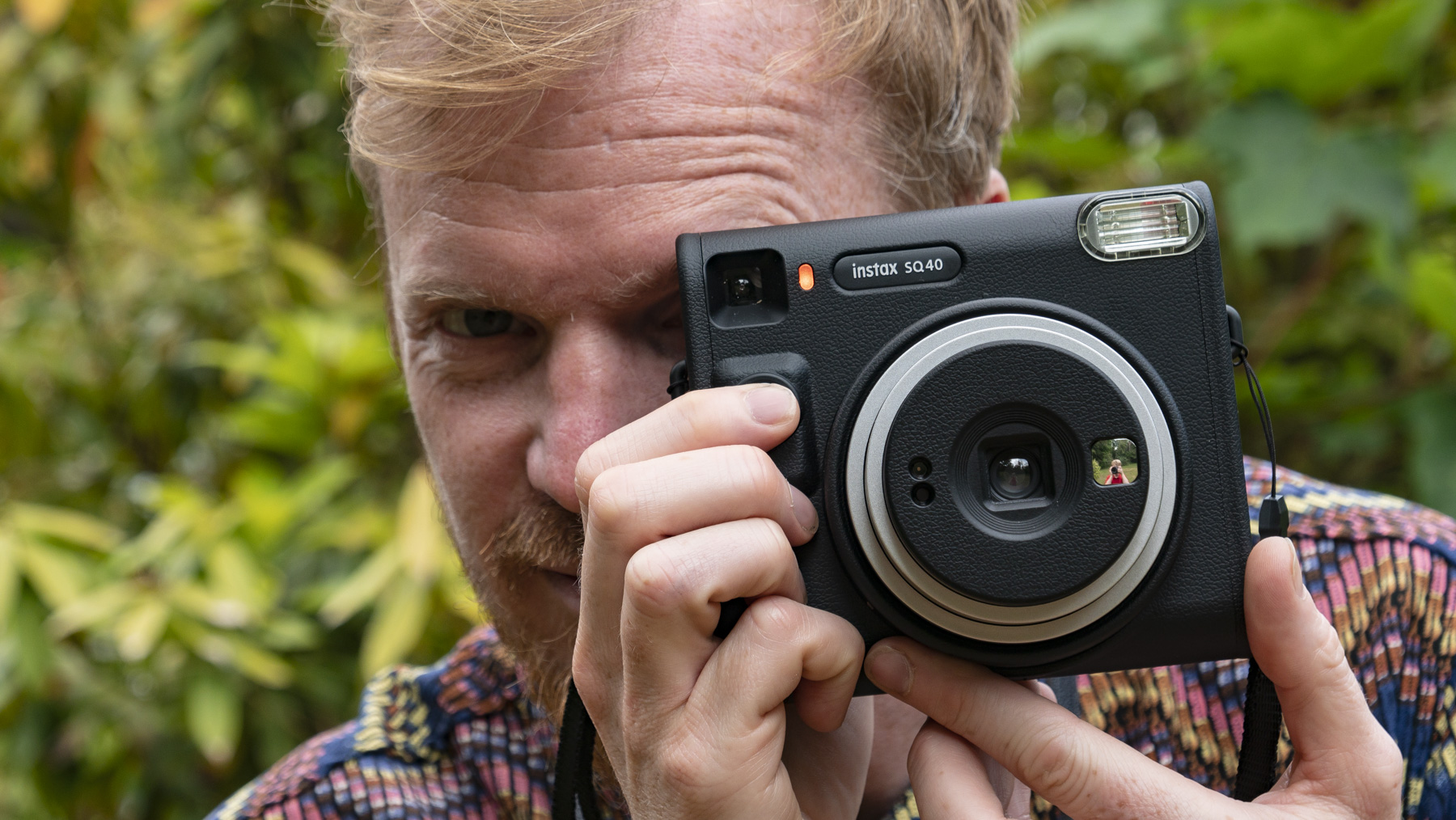
Which camera is best for a low budget?
The list above features a range of cameras to suit photographers with a limited budget. Which option is best for you will depend on what you’ll use your camera for and how versatile you’d like it to be.
One option is to consider entry-level models like the Nikon D3500. These are designed with new photographers in mind, so they usually feature simple, accessible controls that are easy to get to grips with. To keep costs down, entry-level cameras don’t usually include advanced features or performance, but they should nail the basics. That means solid battery life, great handling, and decent image quality.
You can also consider older mid-range mirrorless cameras. These won’t offer cutting-edge technology, but should still be very capable – especially if you’re upgrading from a smartphone. Previous generations tend to be discounted as newer versions arrive, which means models that are a few years old normally become more affordable. Take a look at the Sony A6000: its price now is a lot lower than when it launched in 2014, yet it still features a 24.3MP sensor, 11fps burst shooting and a capable 179-point autofocus system.
Canon also got its skin in the game with the EOS R100, the cheapest mirrorless camera available. It features Canon's 24MP APS-C sensor and dual pixel autofocus found in pricier Canon models, in a simpler body with fixed screen that's not touch sensitive. We think those compromises are acceptable given how cheap the EOS R100 has become.
If you’re looking for a cheap travel camera, powerful compacts like the Panasonic TZ99 offer excellent value and versatility, with its 1-inch sensor and 10x optical zoom. Or if it’s an outright bargain you’re after, instant cameras are a cheap, accessible way to have fun with photography. Models like the Fujifilm Instax Mini 12 are easy and enjoyable to use, producing immediate prints that make shooting more tactile.
There’s also value to be found in lesser-known names. The Akaso Brave 8 Lite, for example, is our favorite cheap action camera. The make might not be famous, but the camera is feature-packed and intuitive, making it the best budget action cam you can buy.
How we test cheap cameras
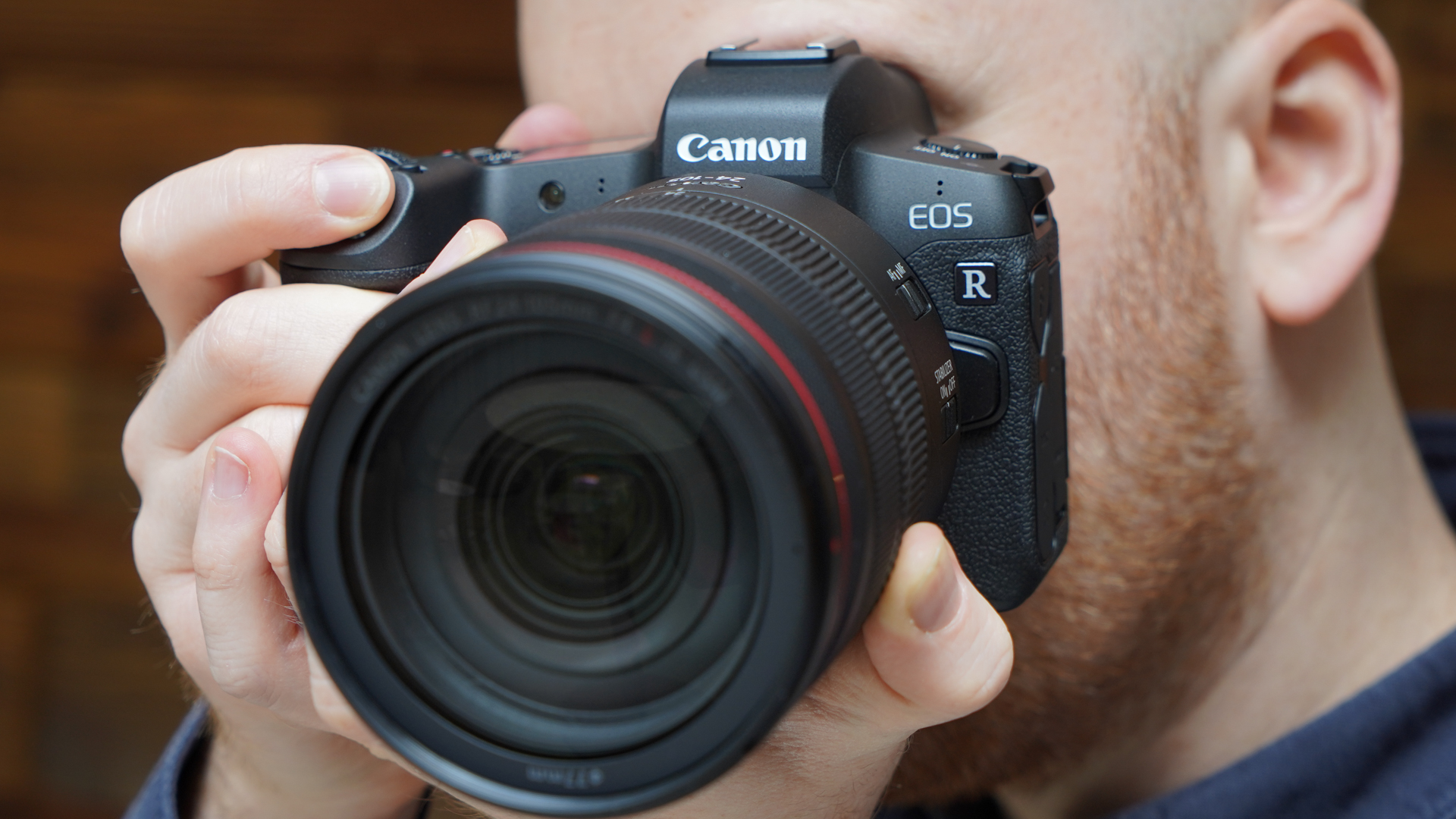
☑️ 100s of cameras reviewed
☑️ 15 years of product testing
☑️ Over 16,000 products reviewed in total
☑️ Nearly 200,000 hours testing tech
We test cheap cameras in the same way as models with higher price tags: thoroughly. While the value may play a more important role in our overall rankings, the cameras themselves still need to perform in the real world. Putting them through our usual test procedures lets us see which ones outperform their price tags, and which haven't dated so well.
To start with, we look at the camera's design, handling, and controls to get a feel for which kind of photographer it's most suitable for. We then take it out on a shoot, where we'll test its startup speed and use it both handheld and on a tripod.
To assess the camera's performance, we use a formatted SD card and shoot in both raw and JPEG (if available). For burst shooting tests, we dial in our regular test settings (1/250 sec, ISO 200, continuous AF) and shoot a series of frames in front of a stopwatch to see if it matches its official speeds. We'll also look at how quickly the buffers clears and repeat the test for both raw and JPEG files.
In various lighting conditions, we also test the camera's different autofocus modes (including Face and Eye AF) in single point, area, and continuous modes. We'll also shoot a mix of photos (portrait, low light, landscape, macro/close-up) in RAW and JPEG to get a feel for the camera's metering accuracy and its sensor's ability to handle noise and resolve fine detail.
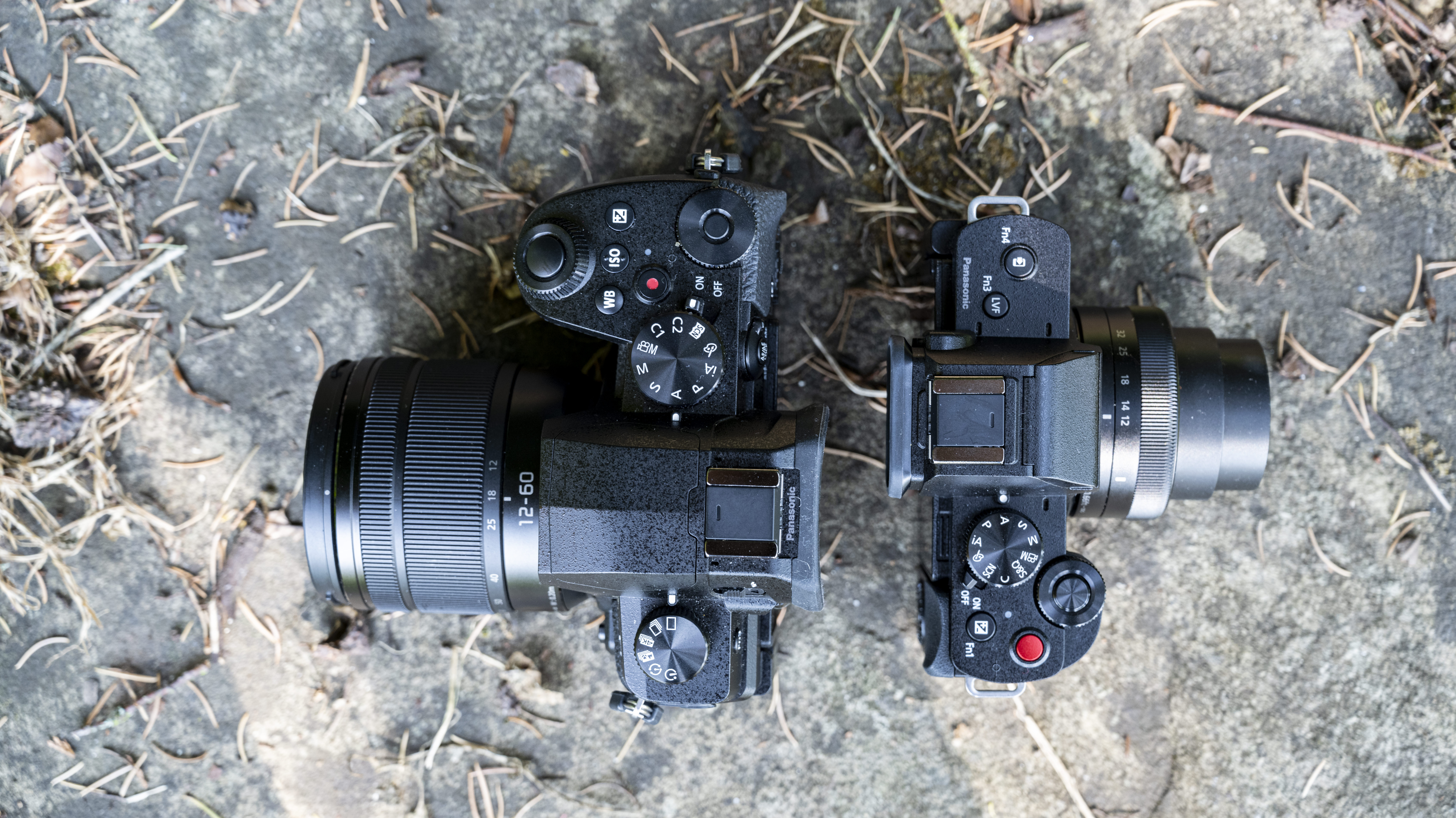
Assuming the camera's RAW files are supported by Adobe Camera Raw, we'll also process some test images to see how far we can push areas like shadow recovery. We'll also test its ISO performance across the whole range to get a sense of the levels we'd be happy to push the camera to.
Battery life is tested over the course of a day with the screen set to the default brightness level. Once the battery has hit zero, we'll then count the number of shots to see how it compares to the camera's official CIPA rating. Finally, we test the camera's video skills by shooting some test footage at different frame rates and resolutions, along with its companion app.
We then take everything we've learned about the camera and factor in its price to get a sense of the value for money it offers, before reaching our final verdict.
Get daily insight, inspiration and deals in your inbox
Sign up for breaking news, reviews, opinion, top tech deals, and more.

Tim is the Cameras editor at TechRadar. He has enjoyed more than 15 years in the photo video industry with most of those in the world of tech journalism. During his time as Deputy Technical Editor with Amateur Photographer, as a freelancer and consequently editor at Tech Radar, Tim has developed a deeply technical knowledge and practical experience with cameras, educating others through news, reviews and features. He’s also worked in video production for Studio 44 with clients including Canon, and volunteers his spare time to consult a non-profit, diverse stories team based in Nairobi. Tim is curious, a keen creative, avid footballer and runner, and moderate flat white drinker who has lived in Kenya and believes we have much to enjoy and learn from each other.
- Mark WilsonSenior news editor
- Chris Rowlands